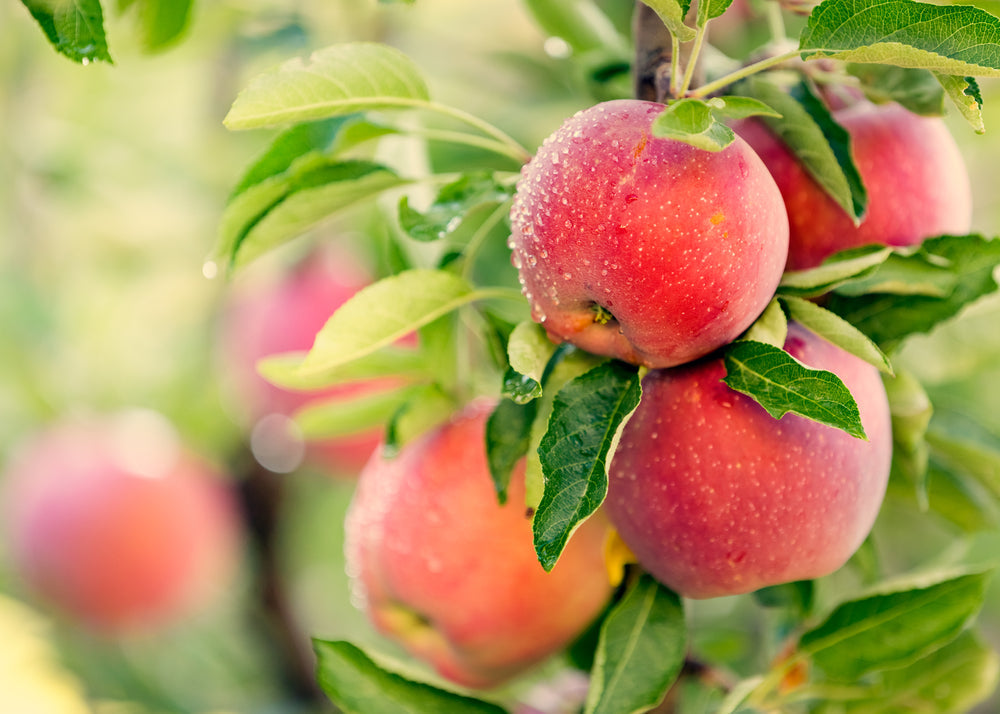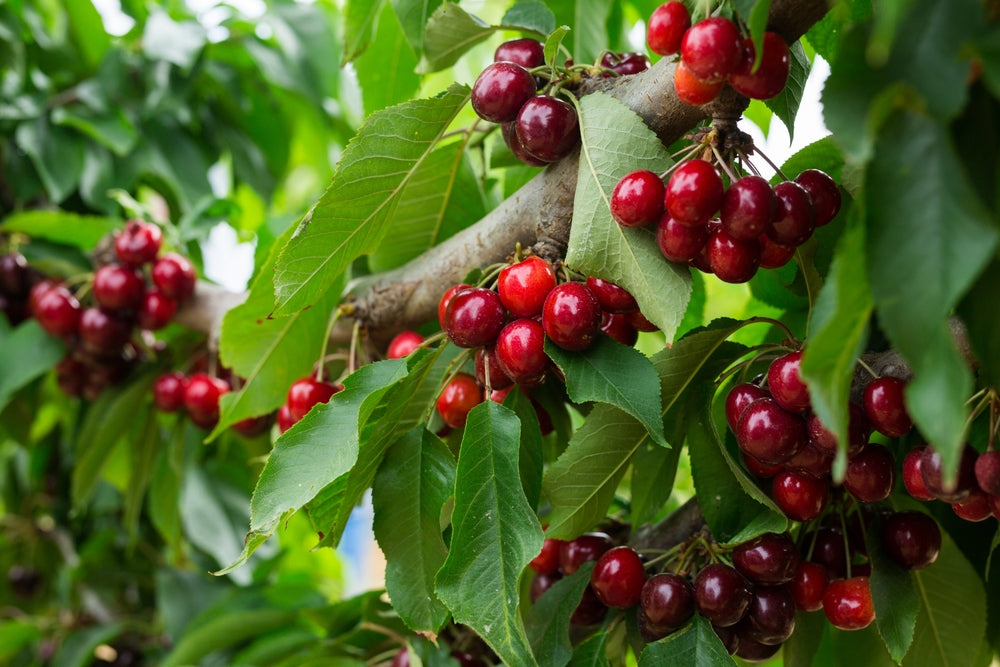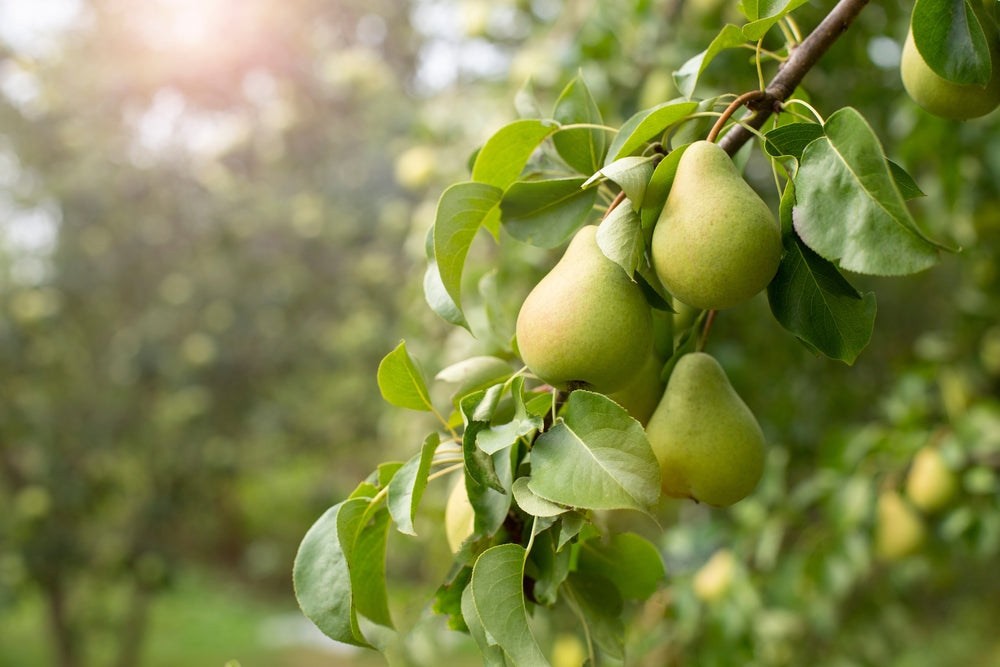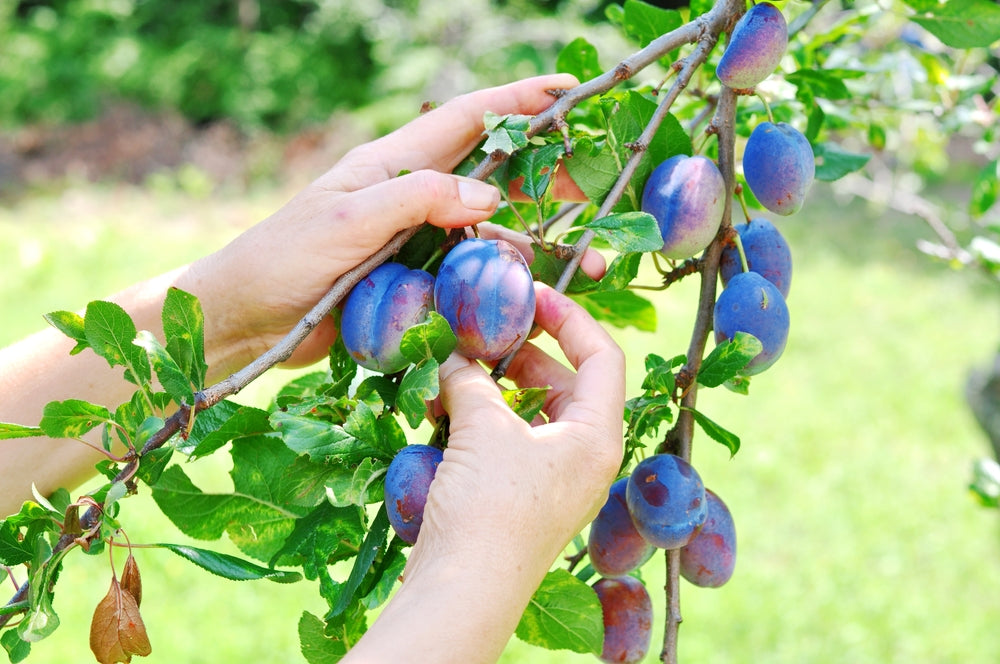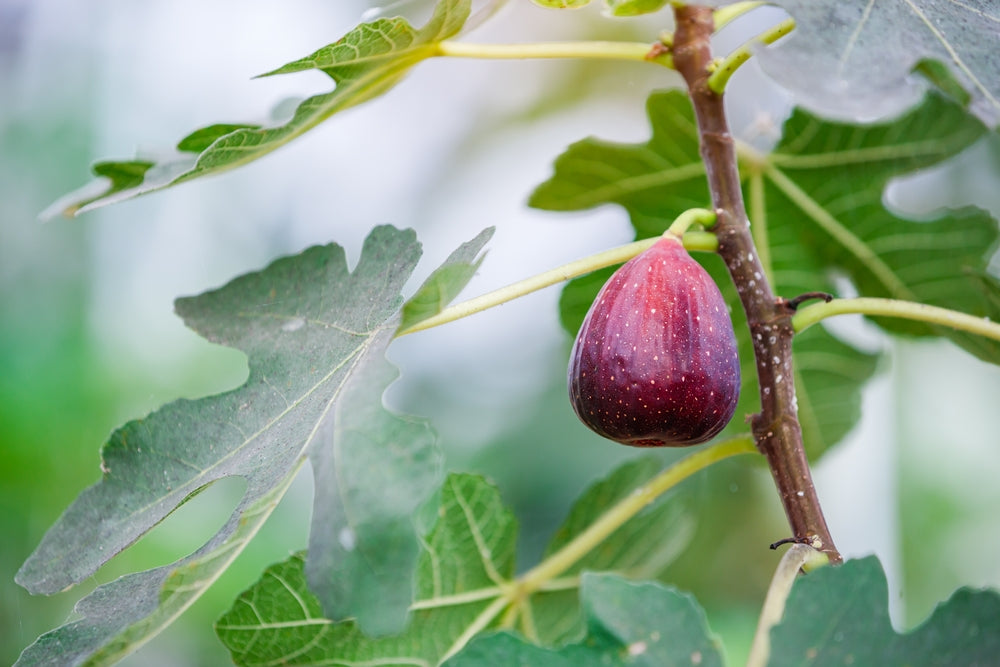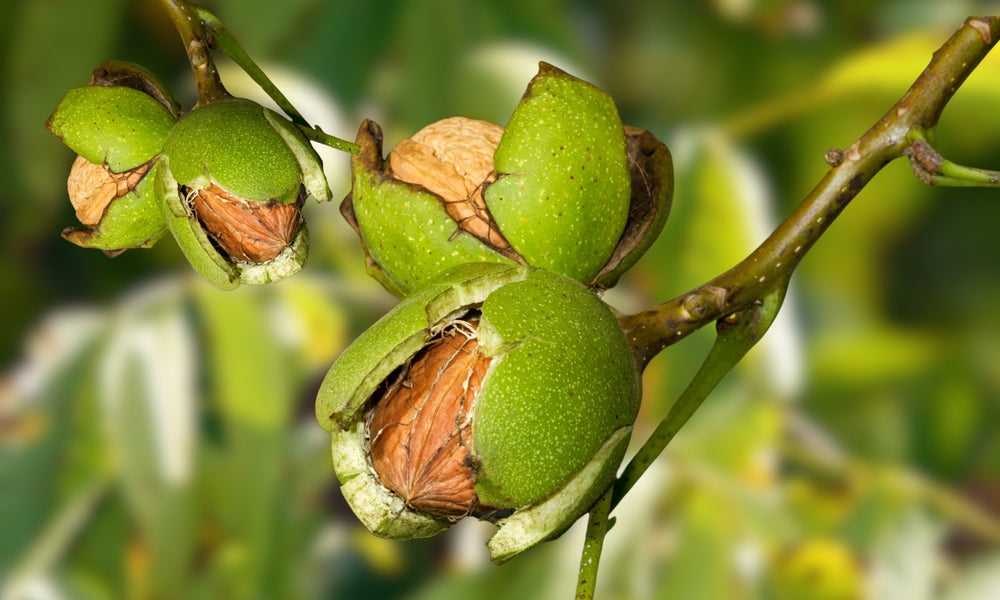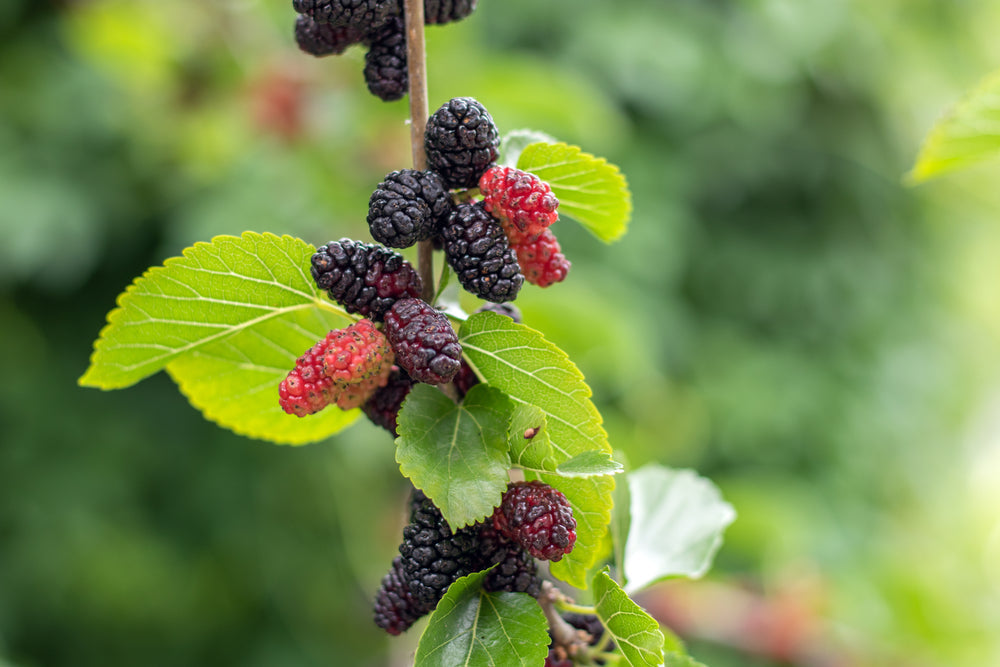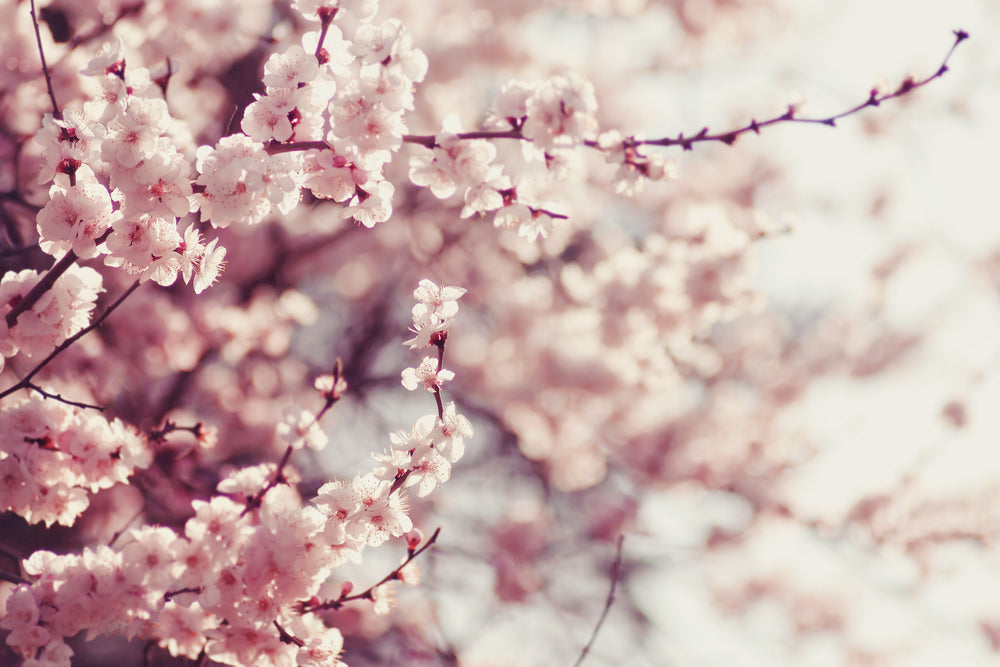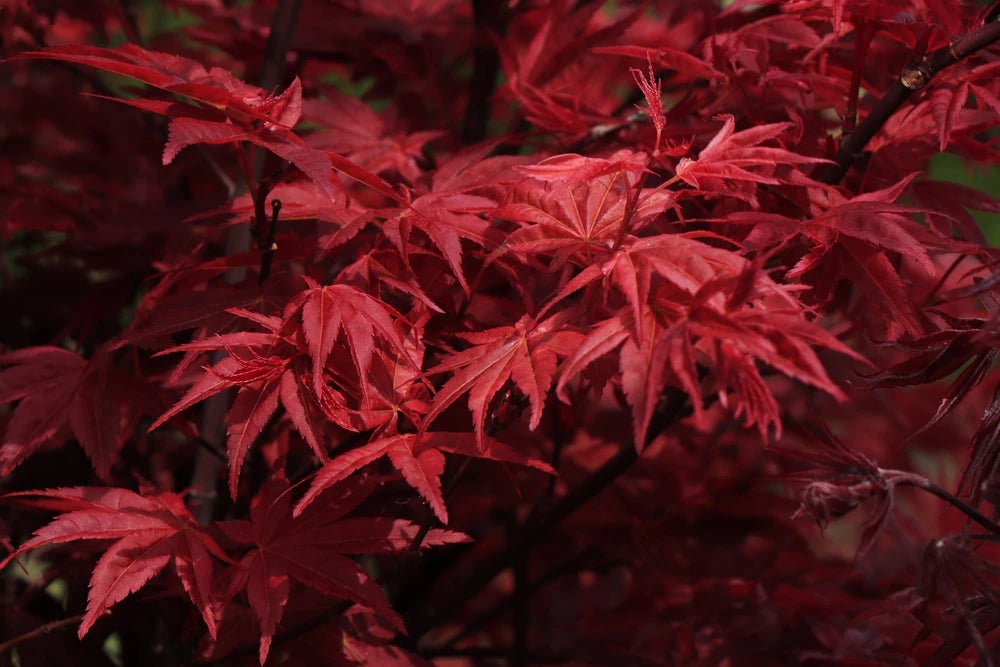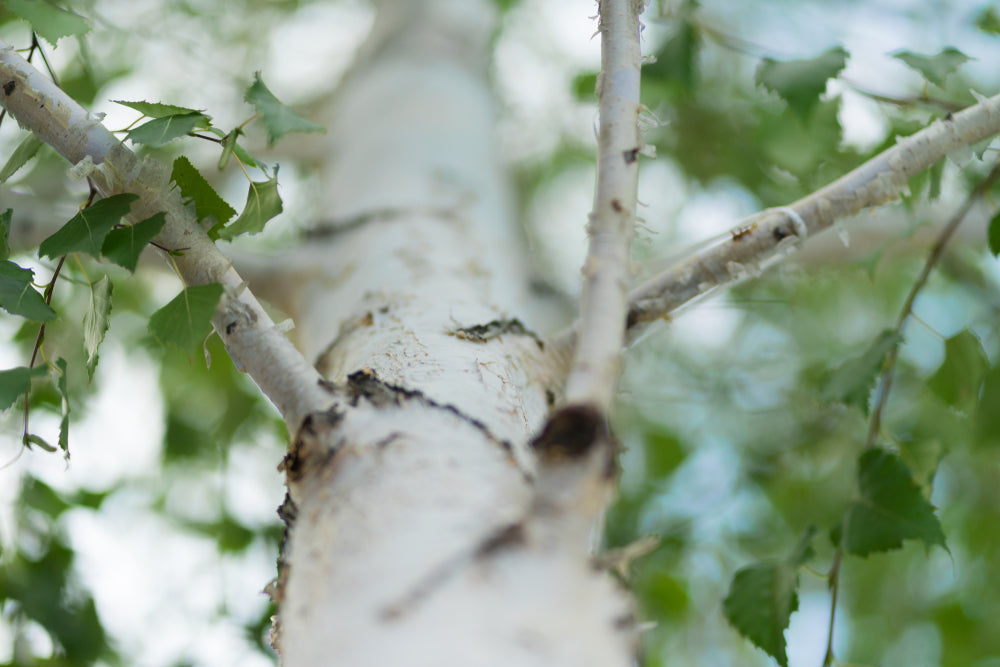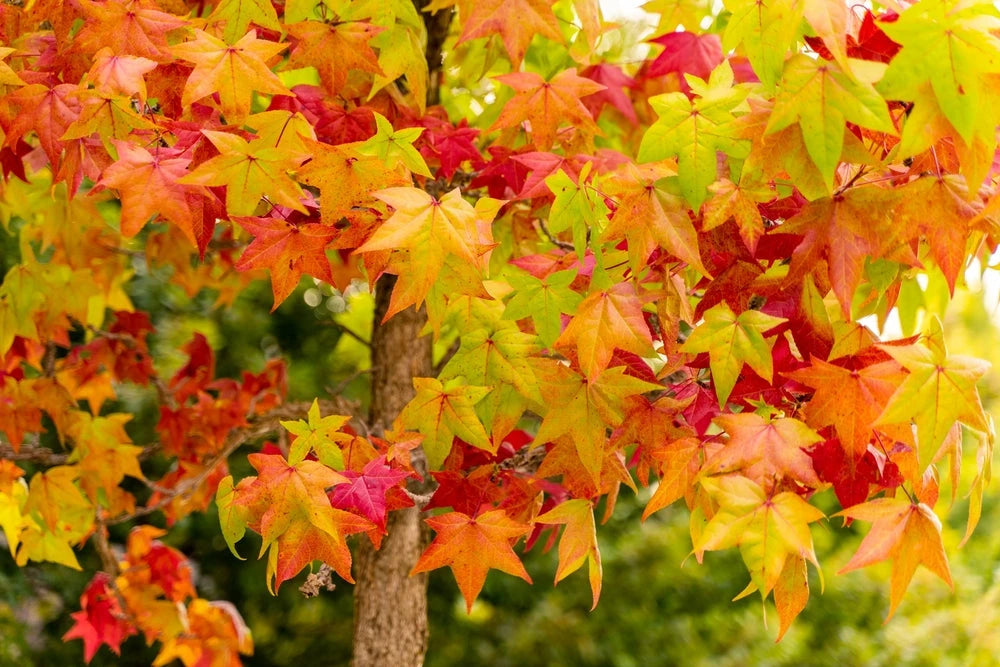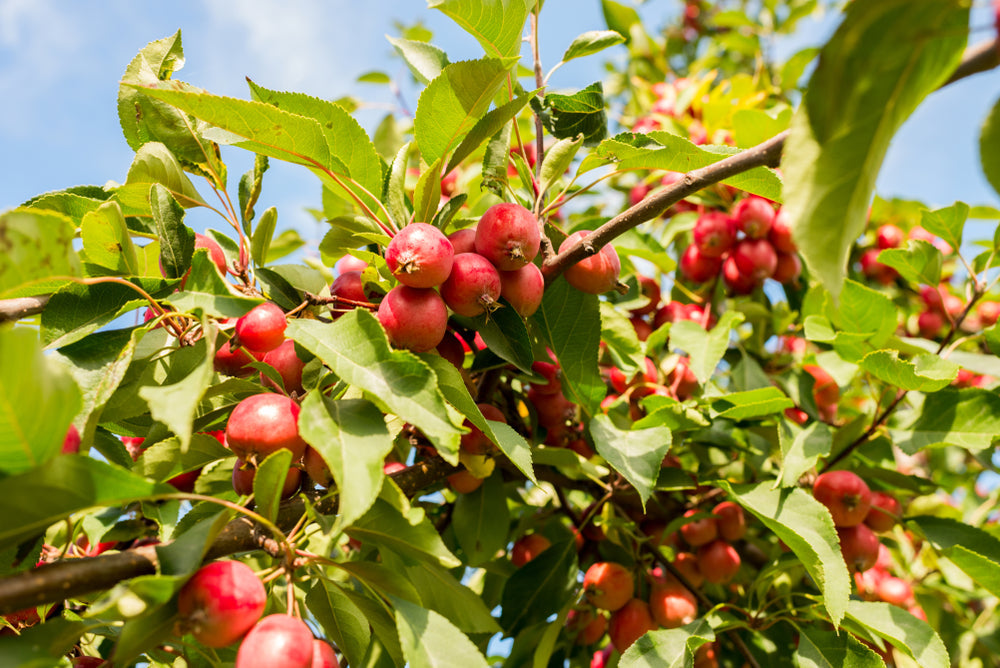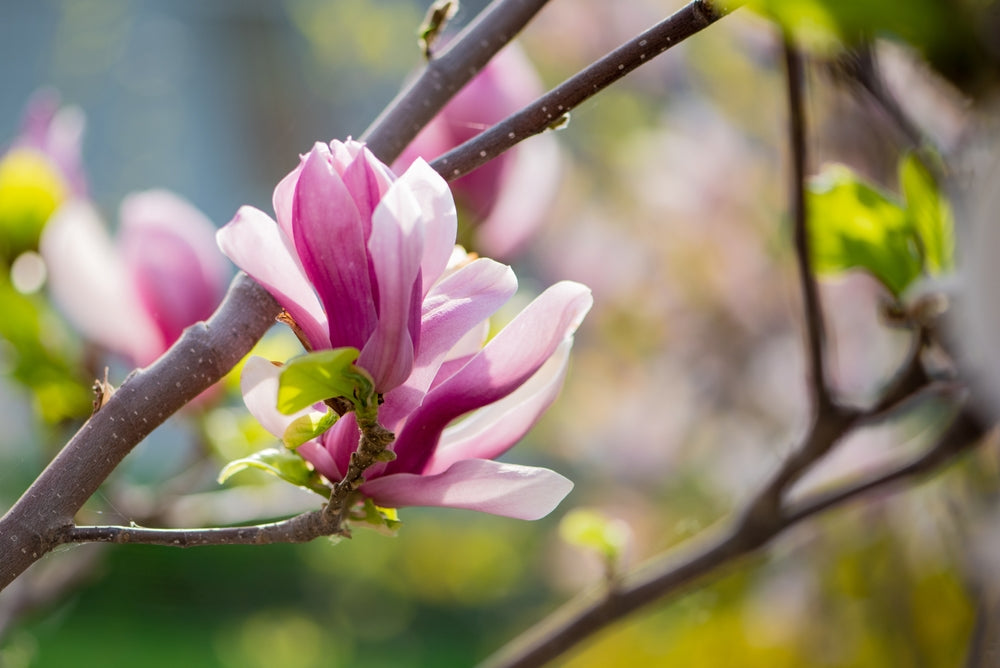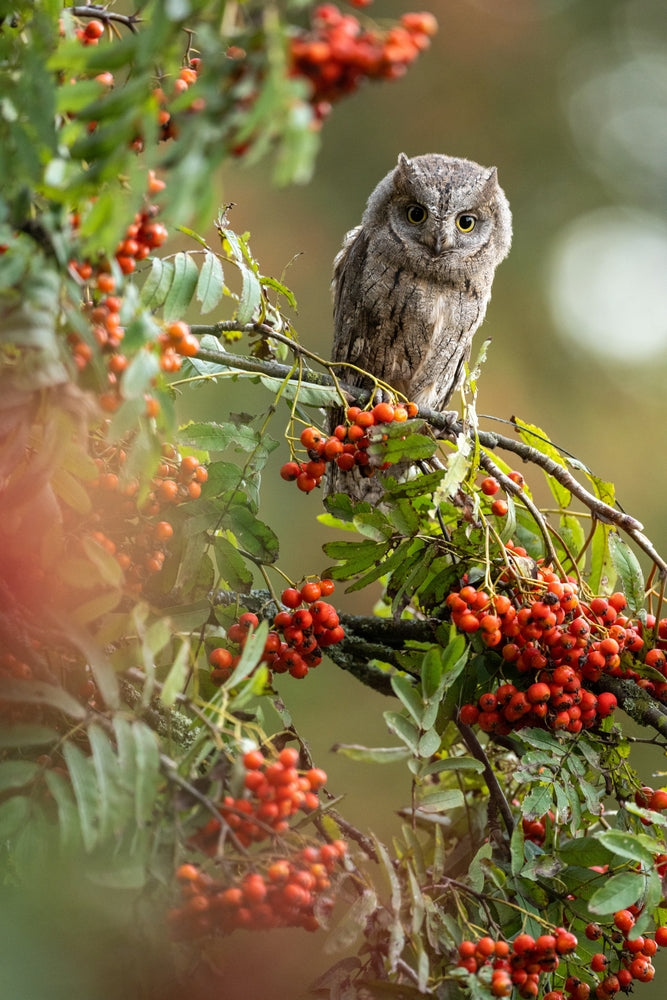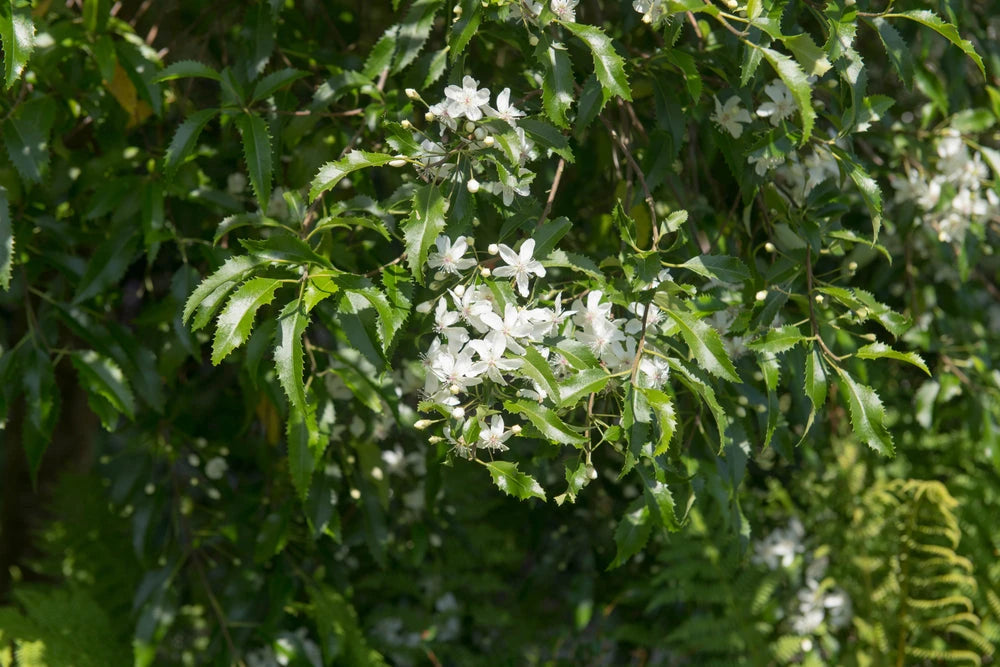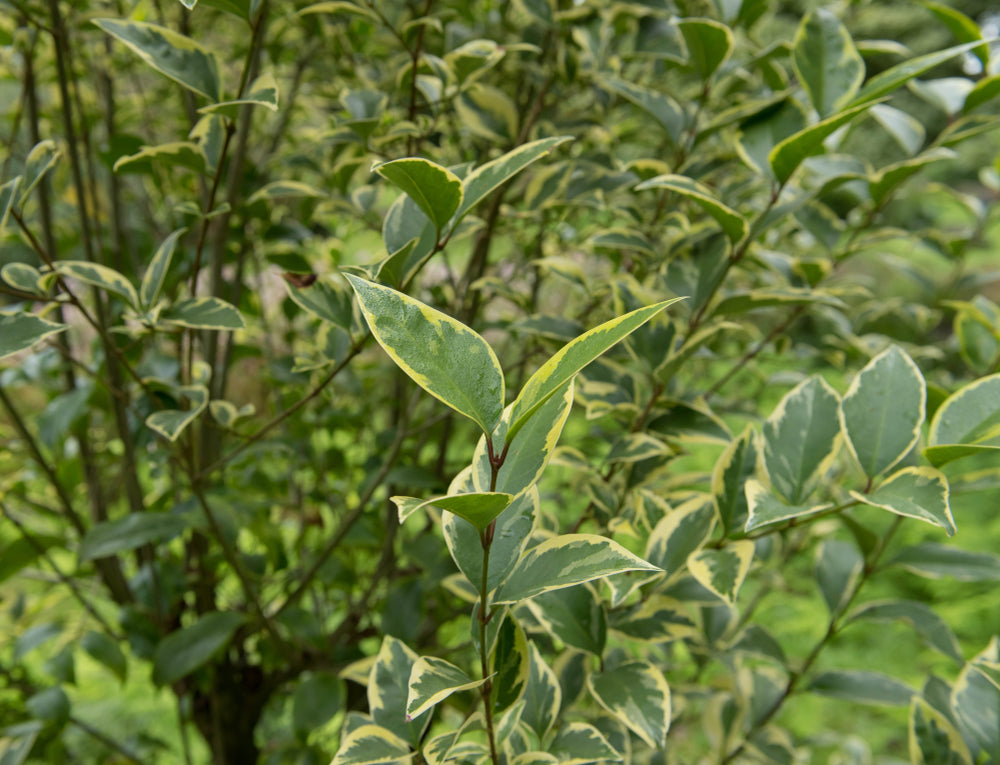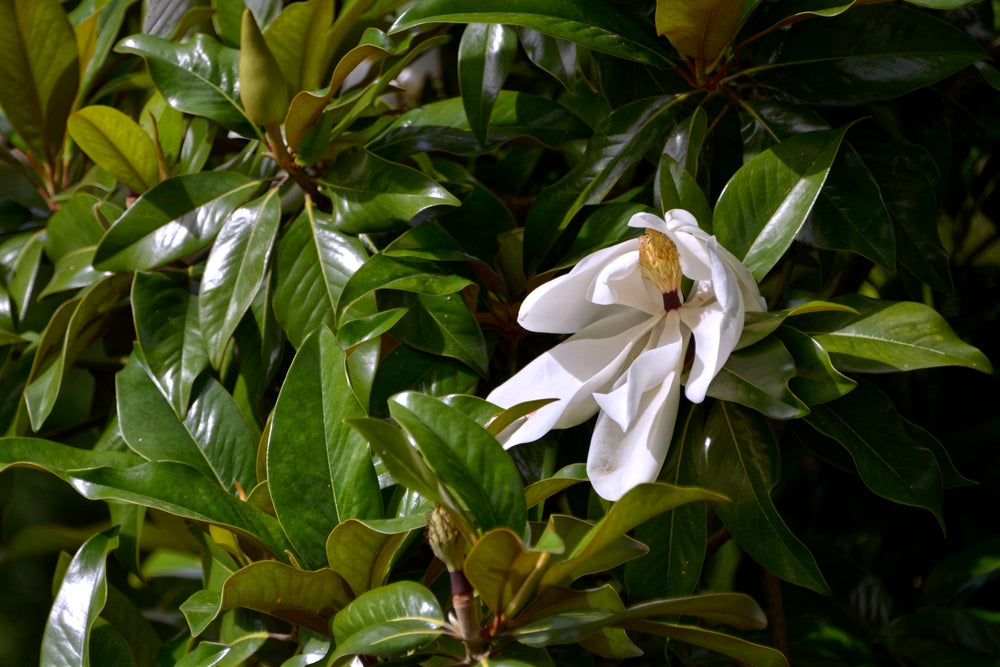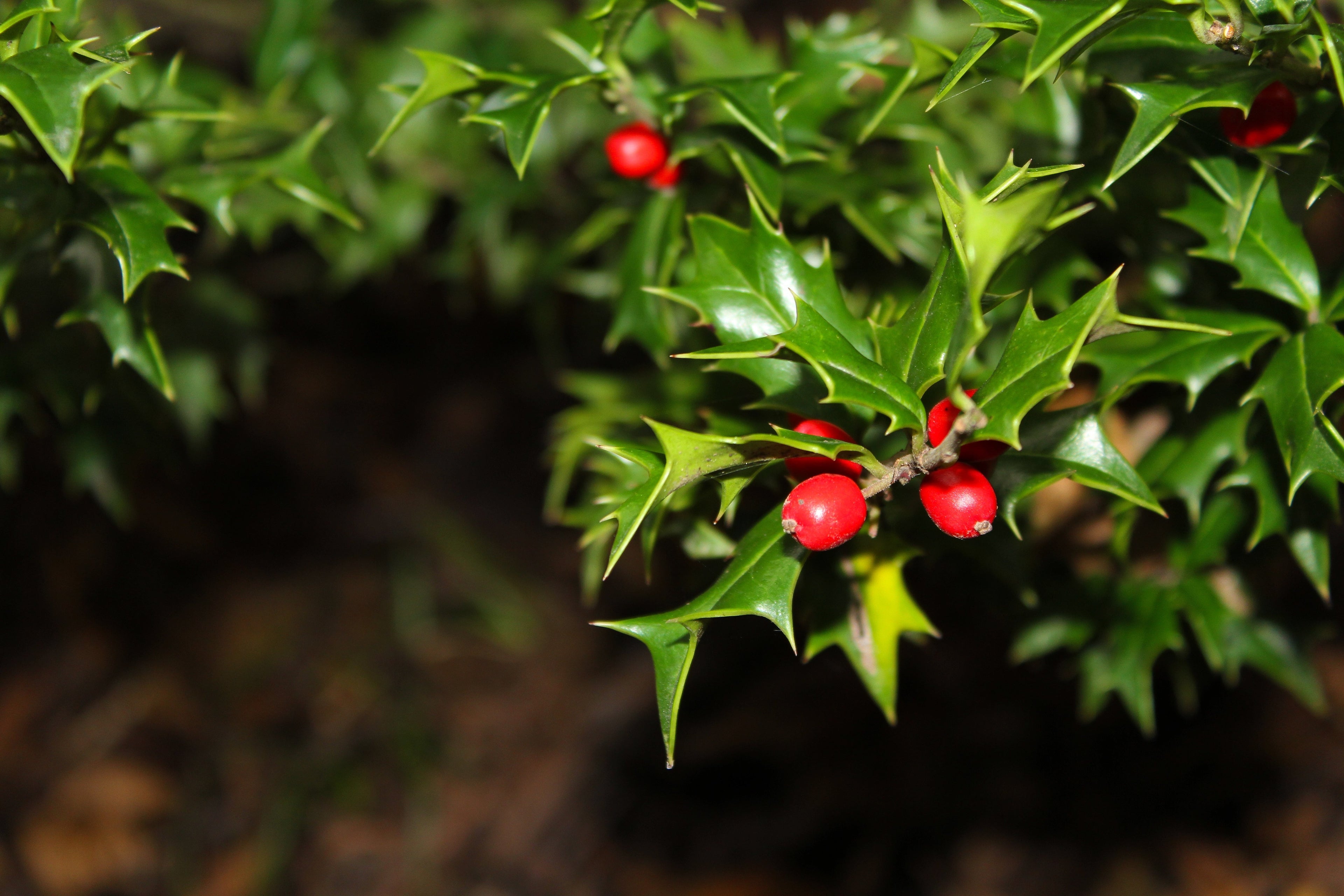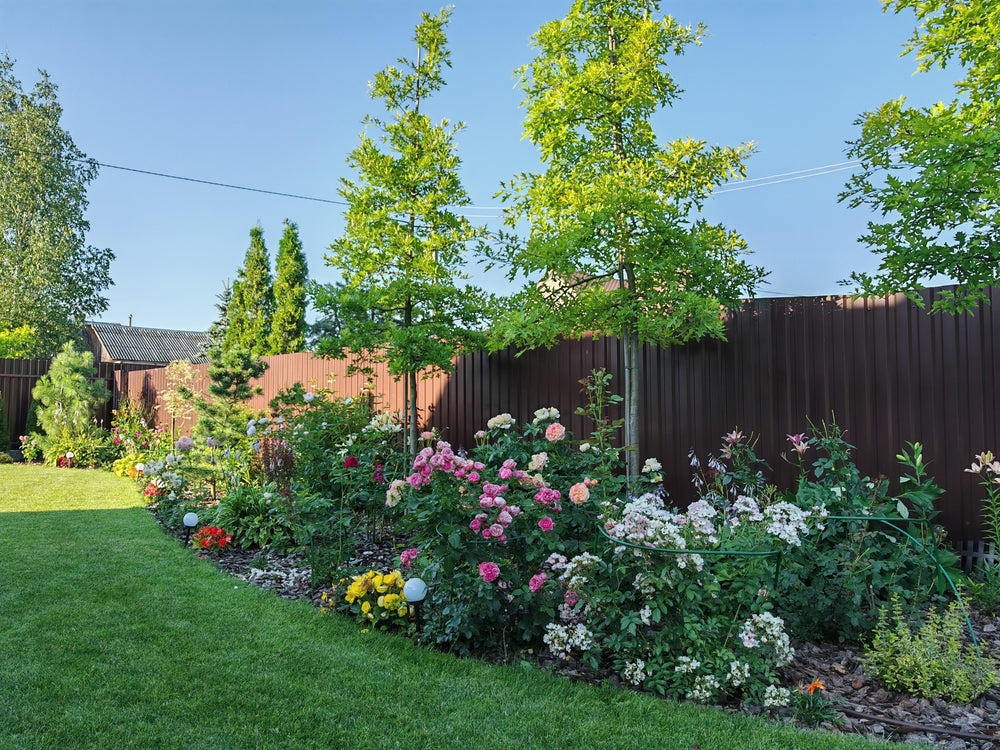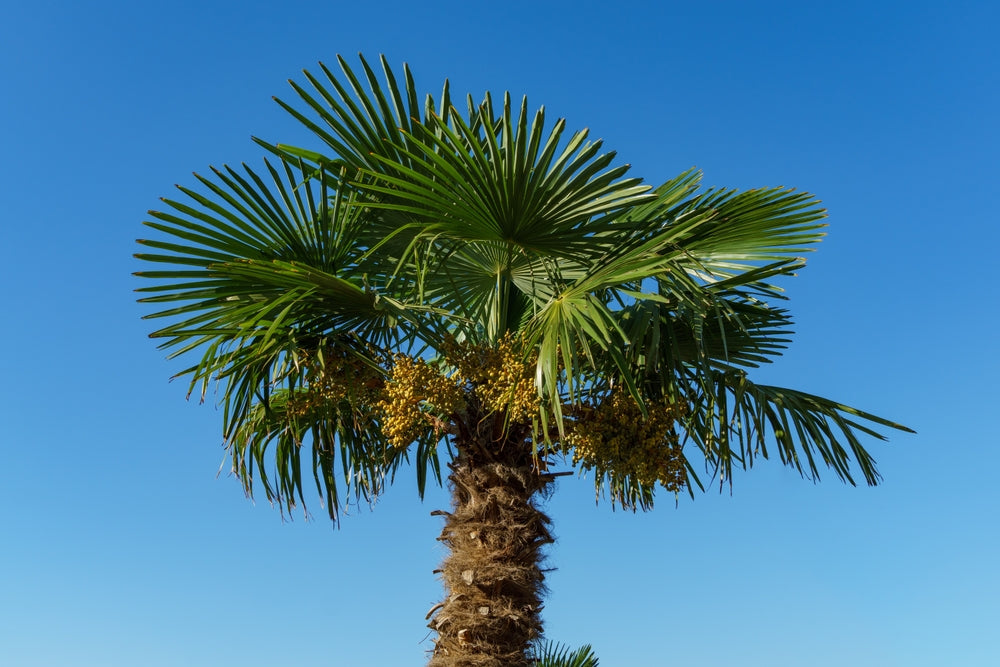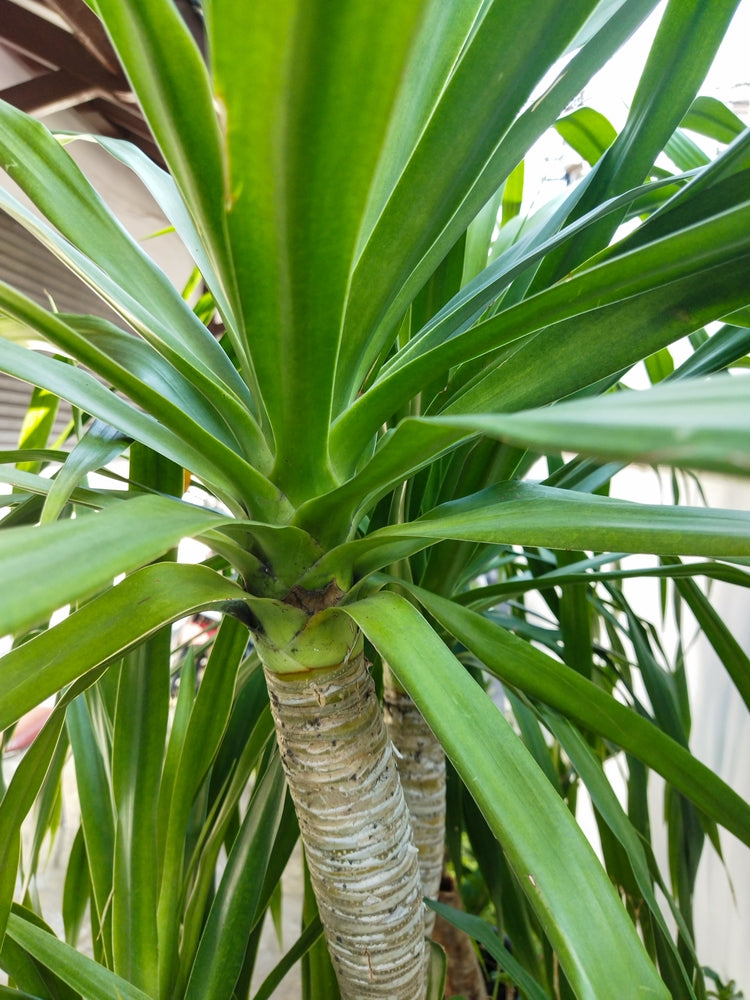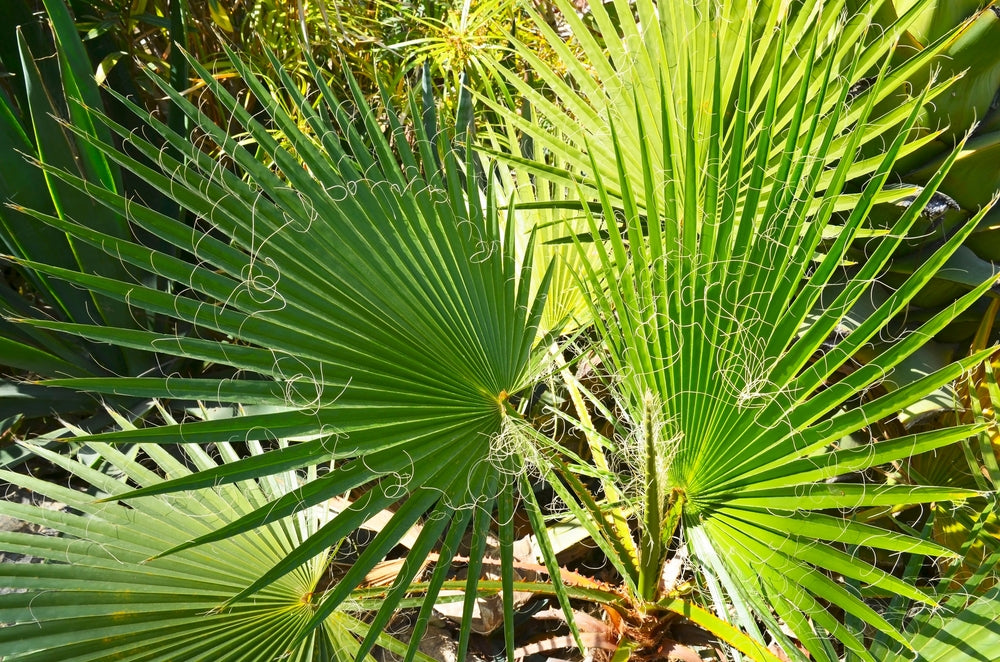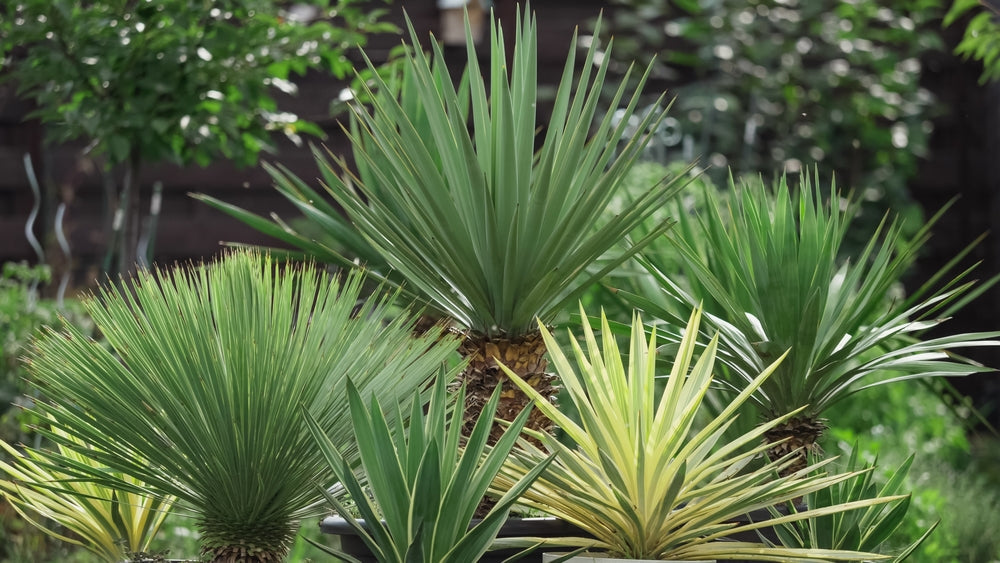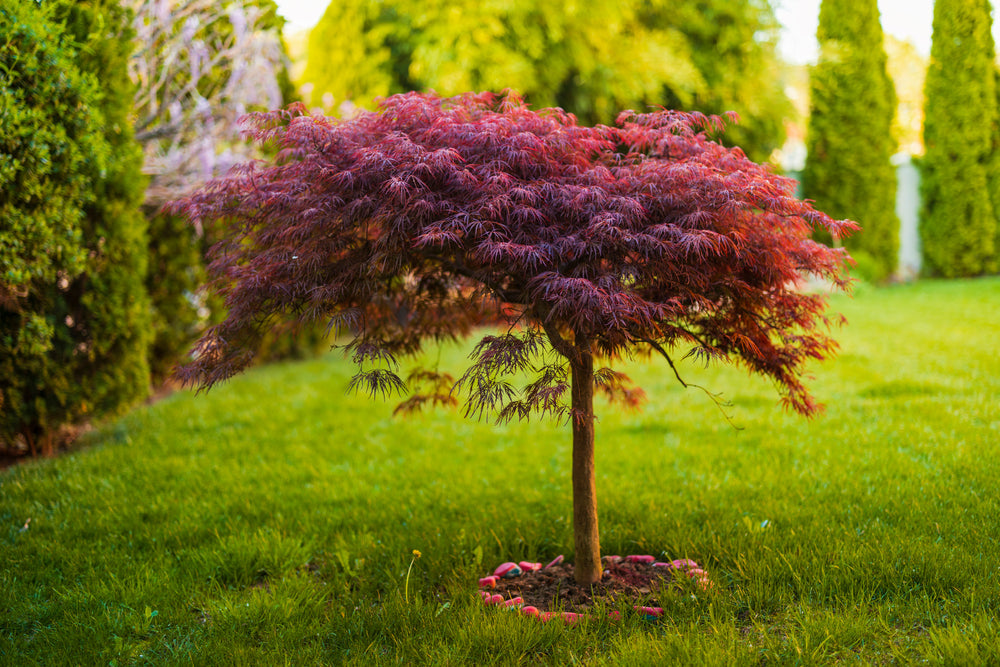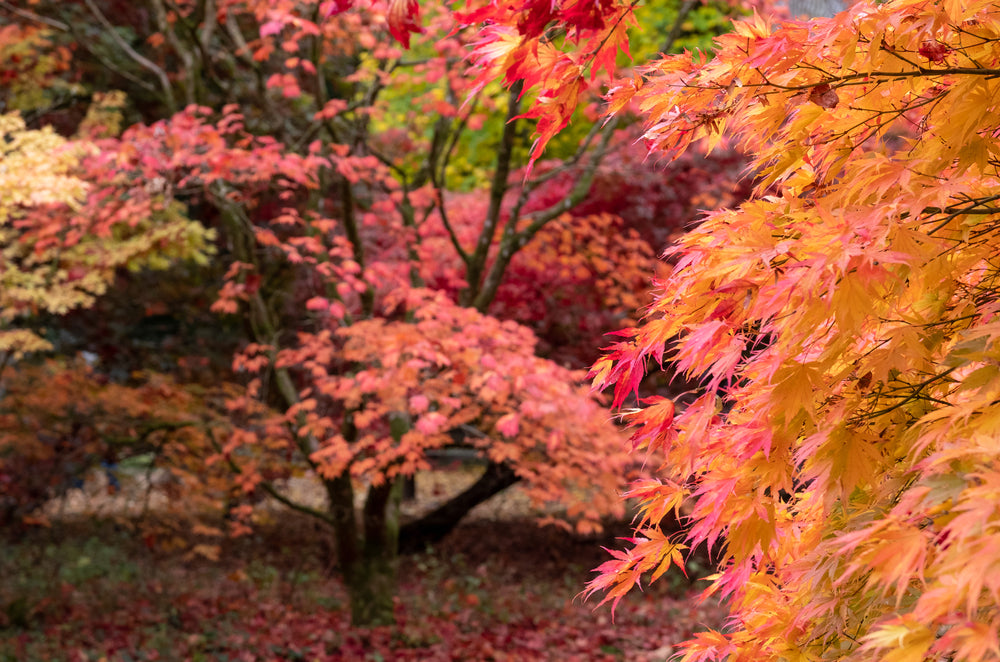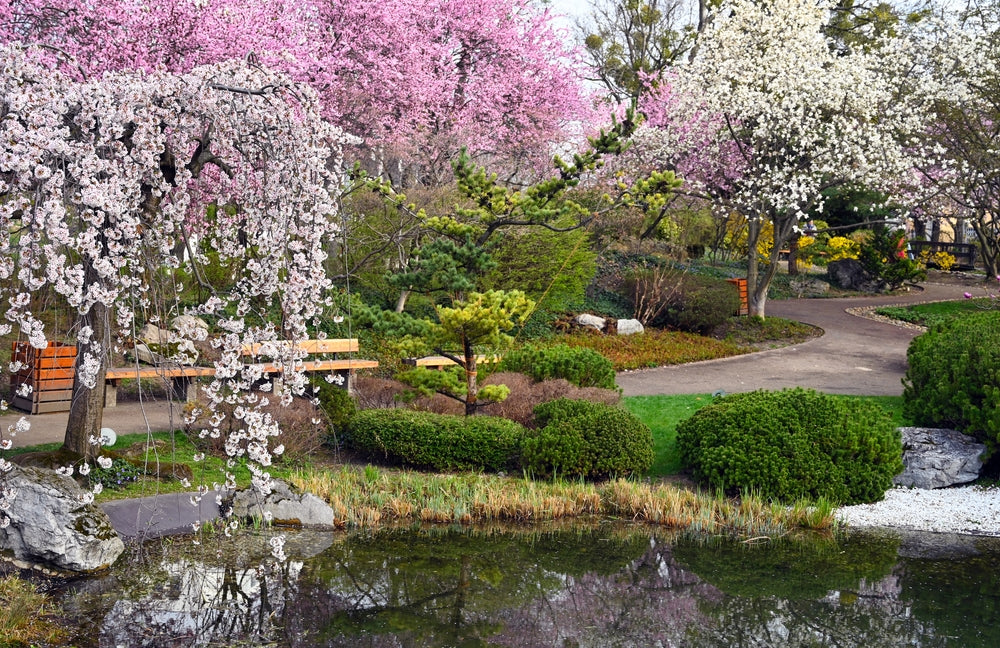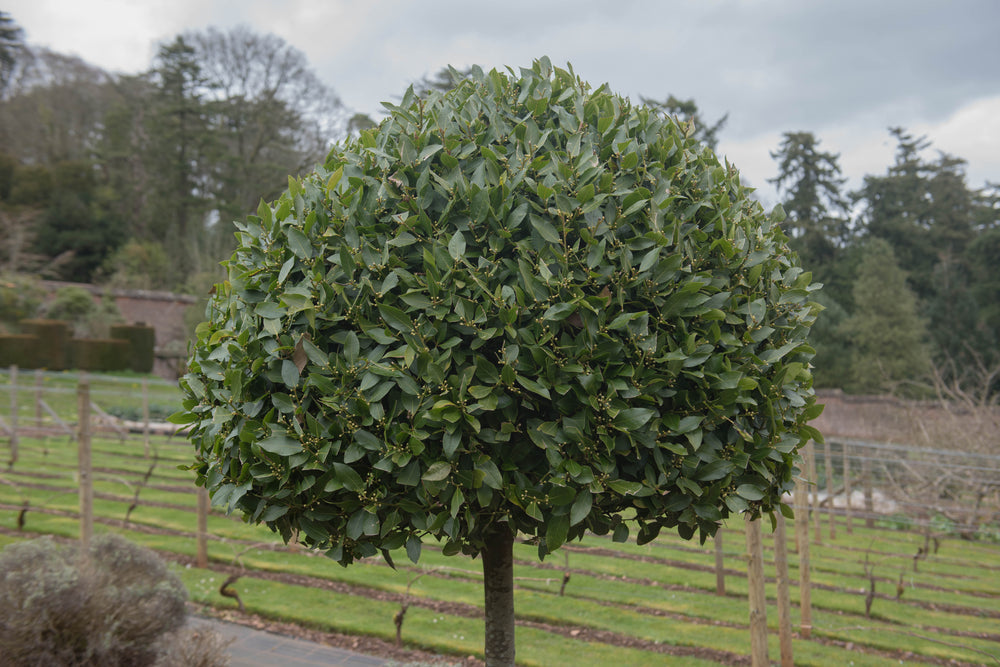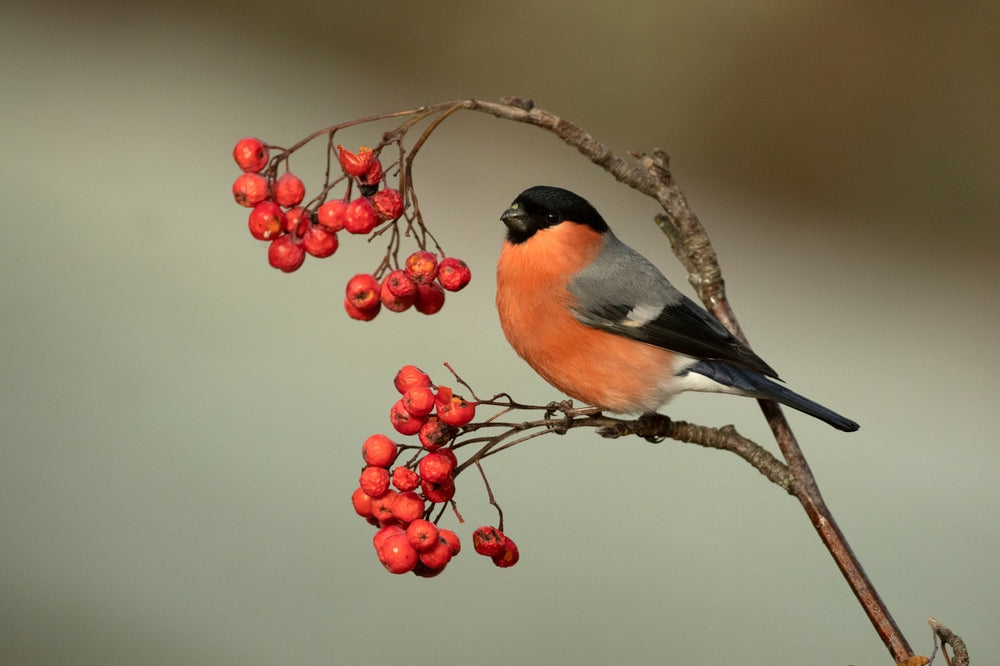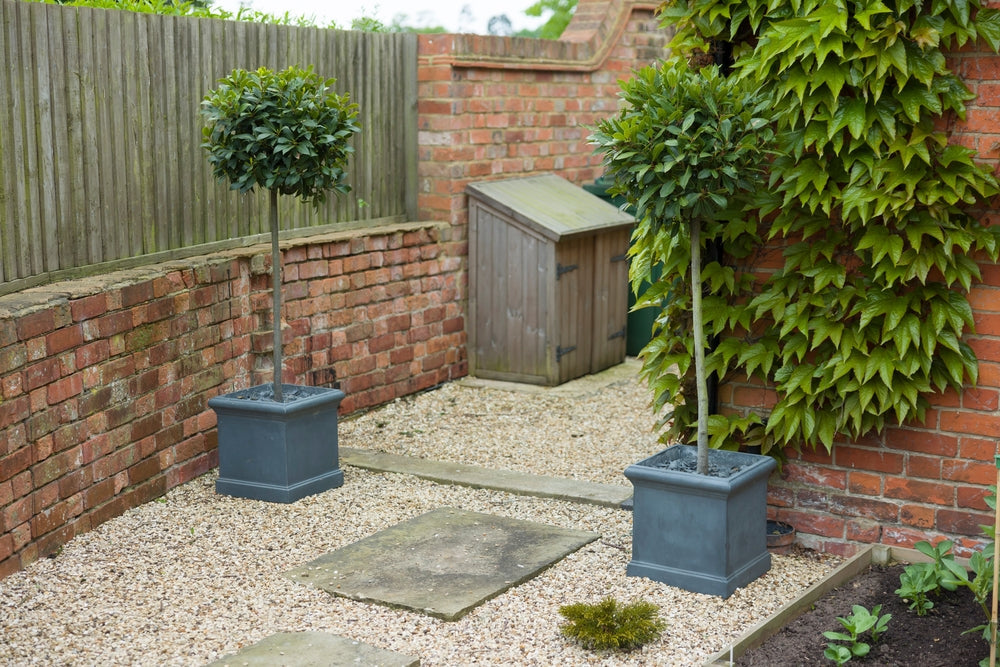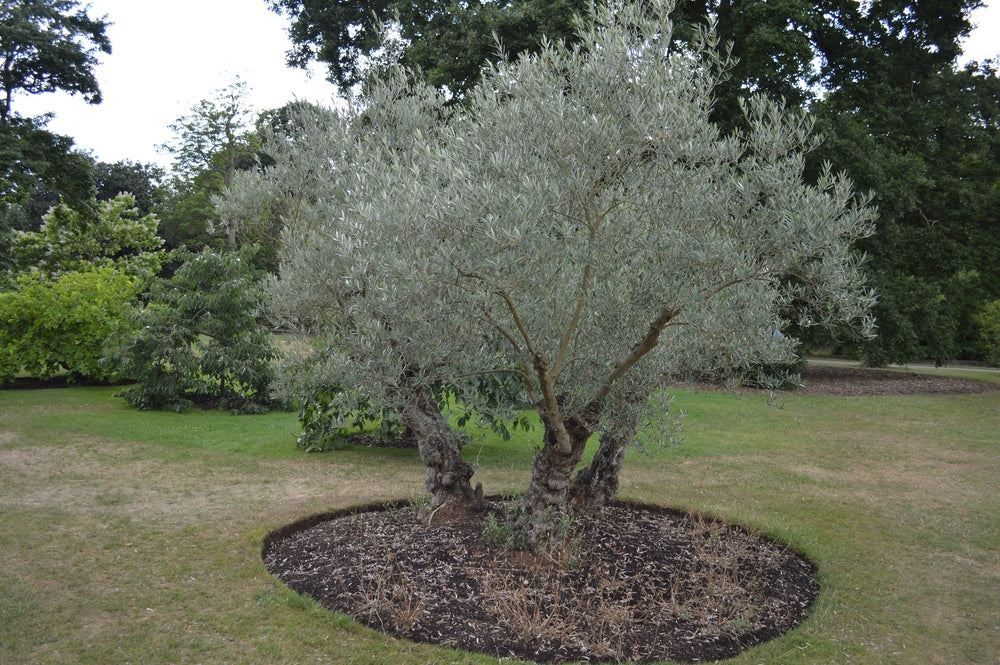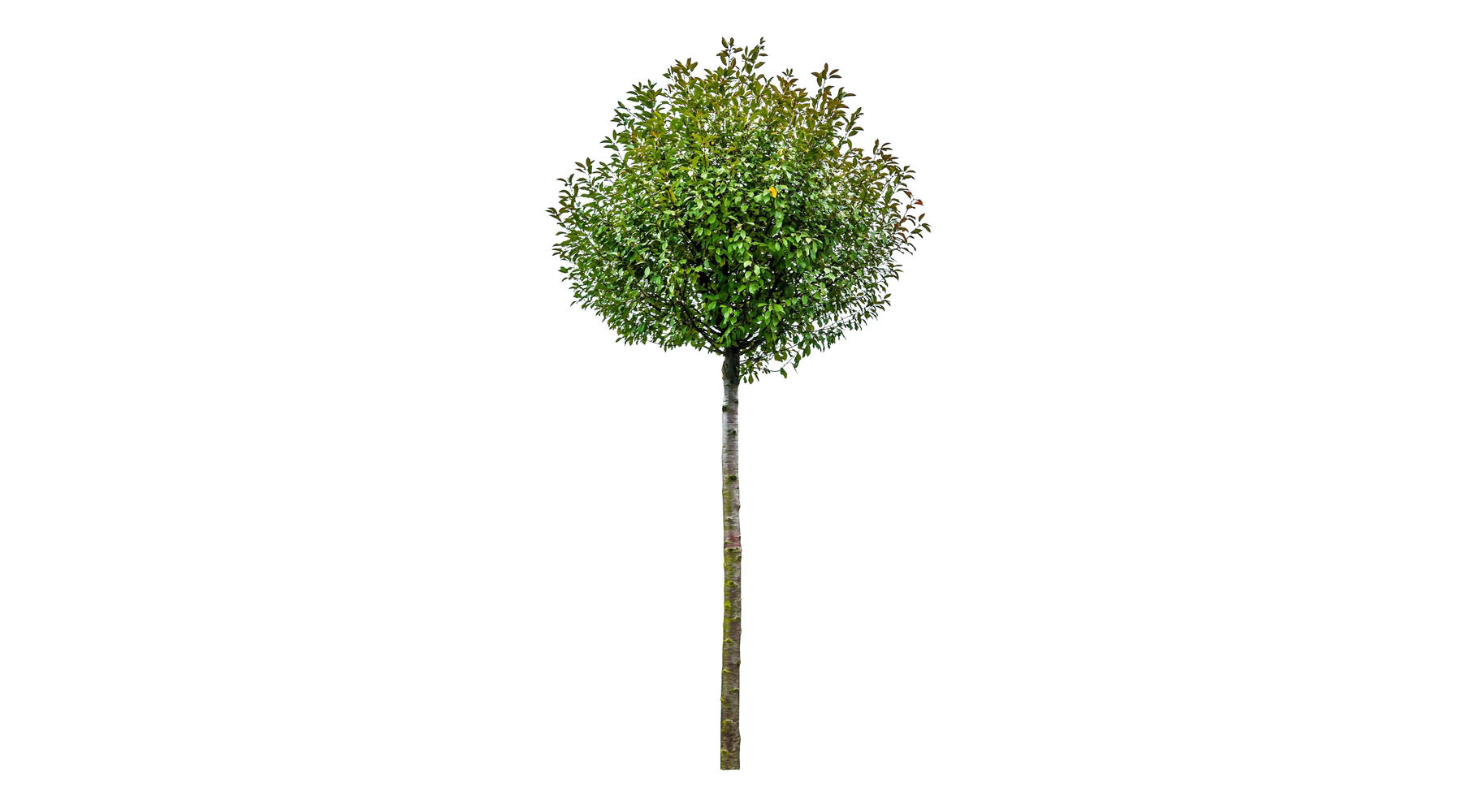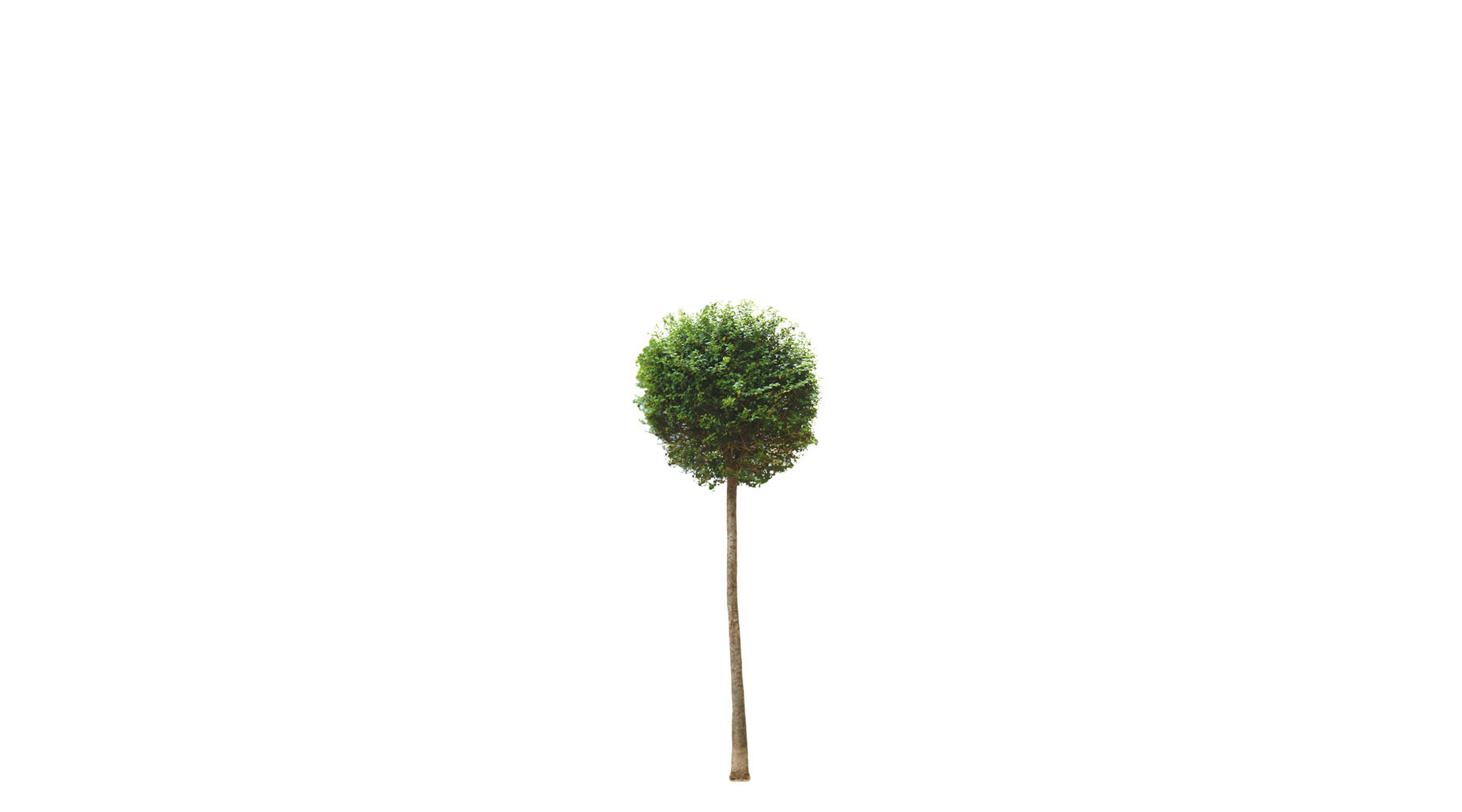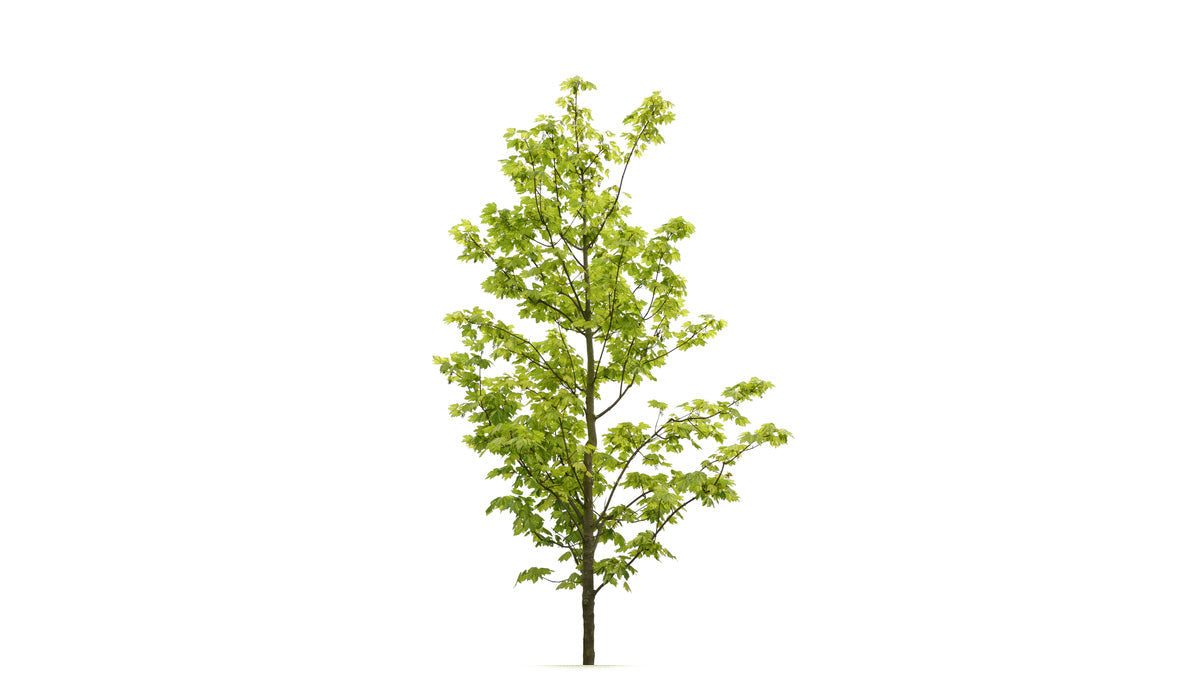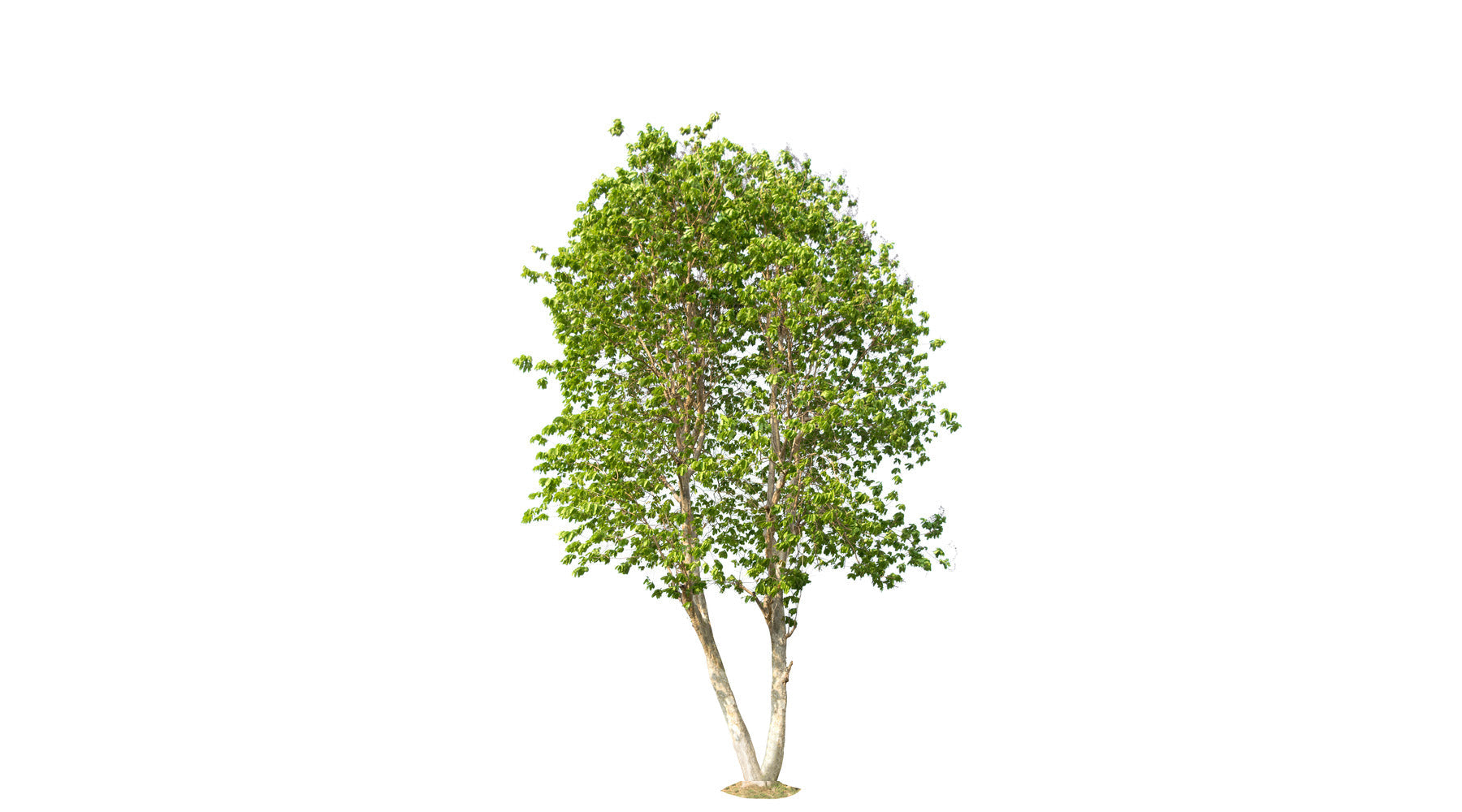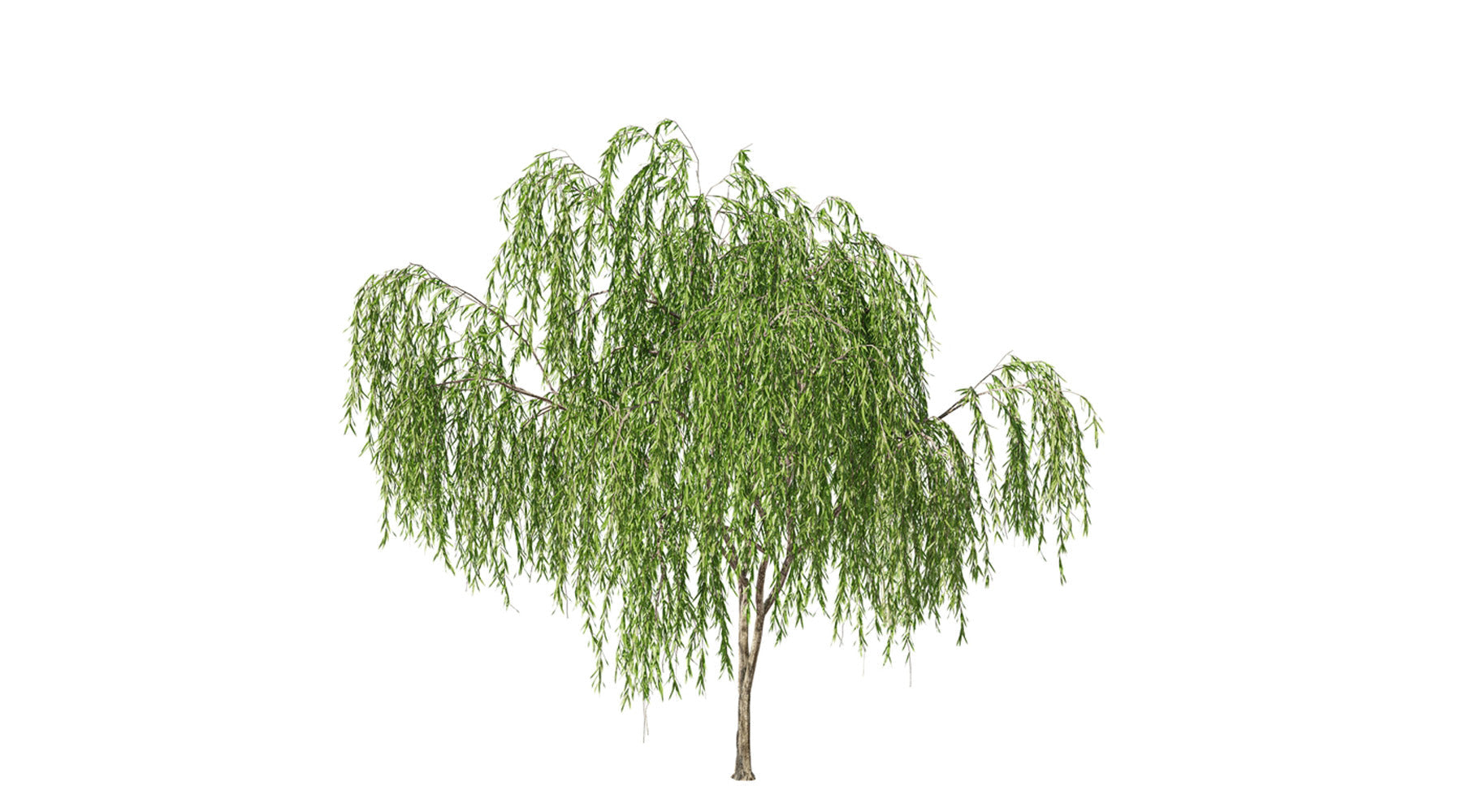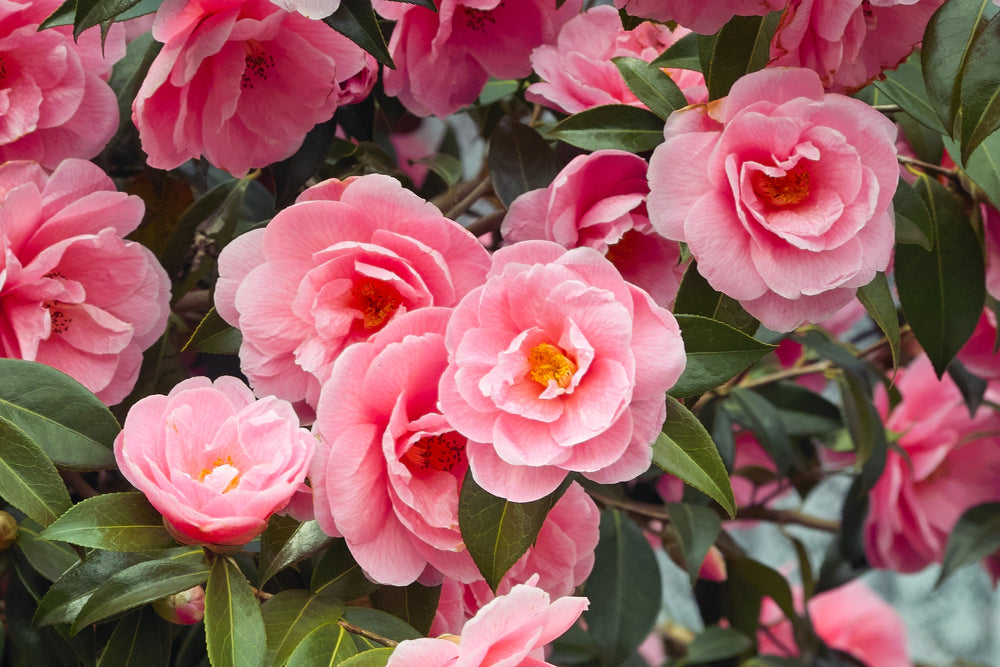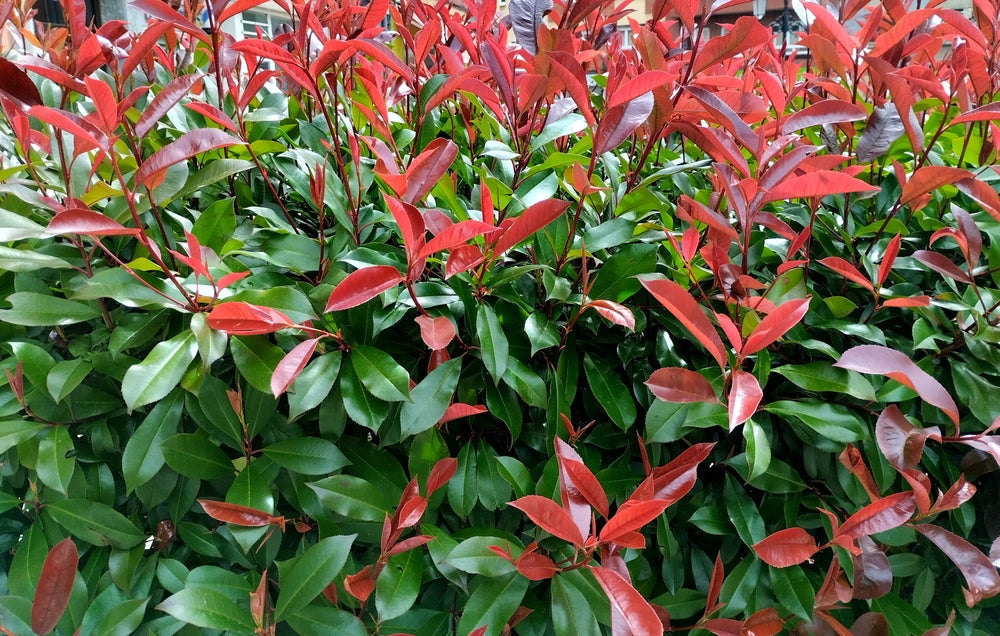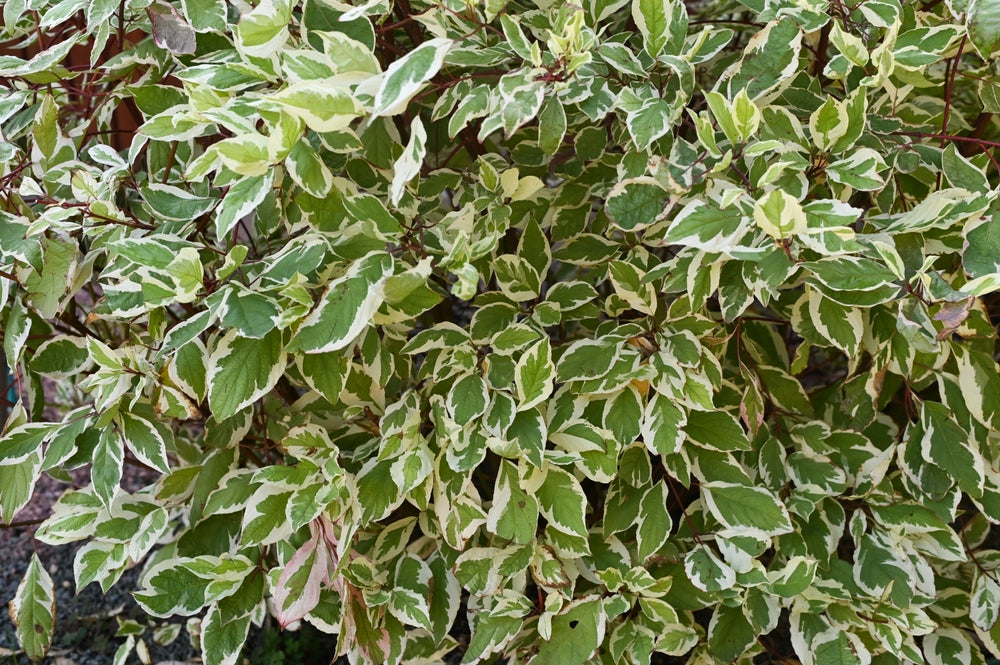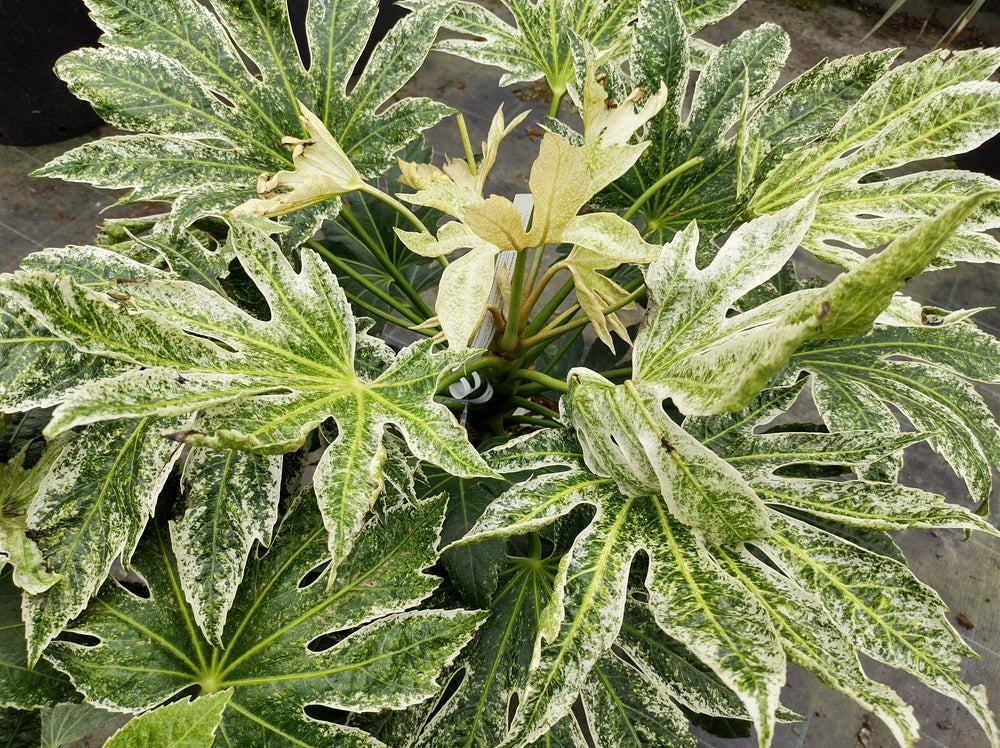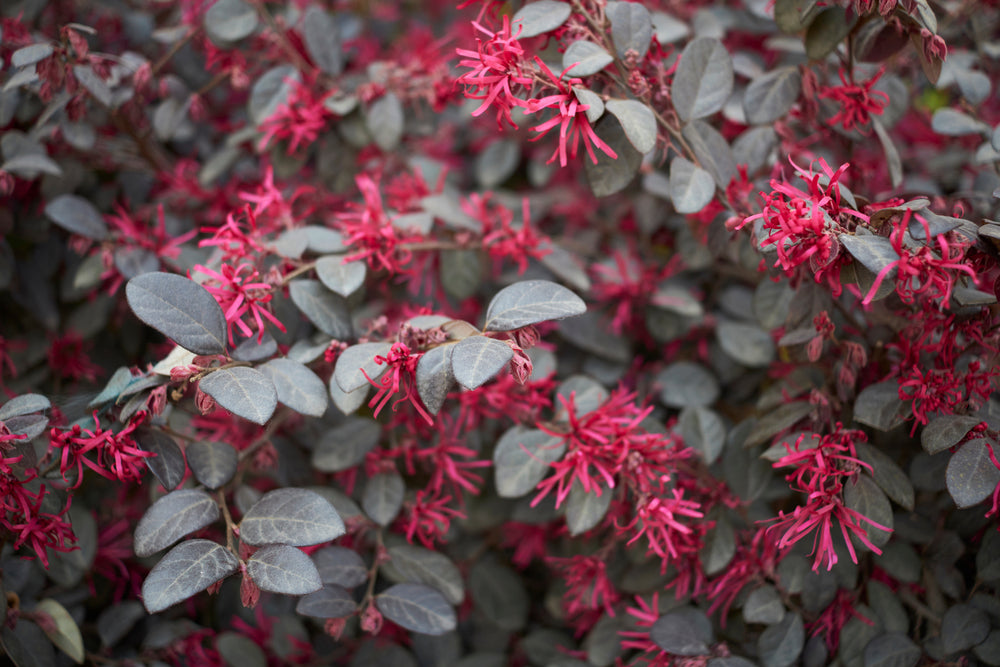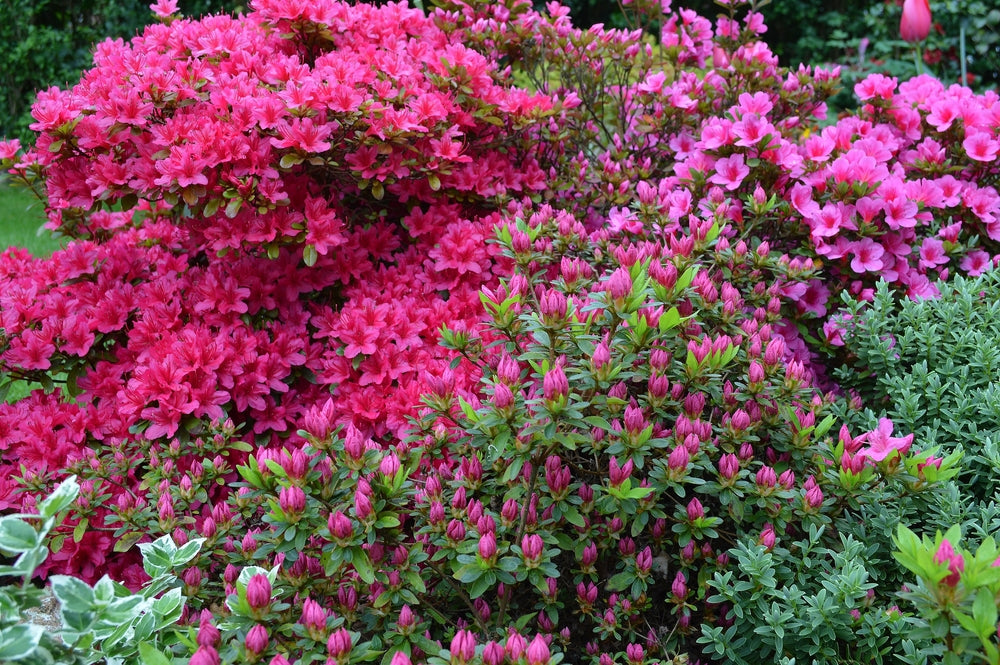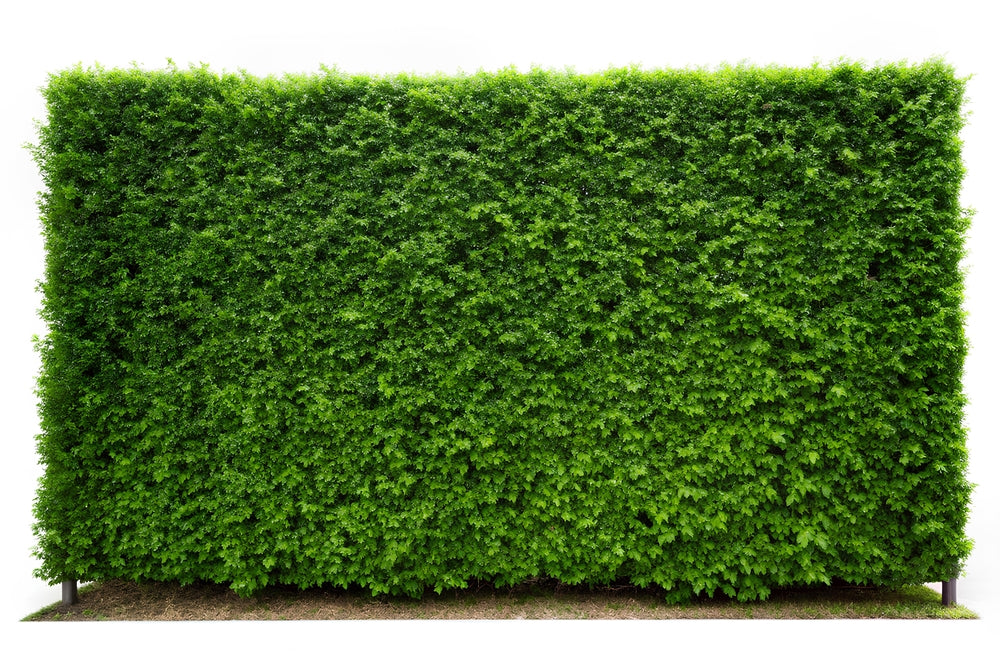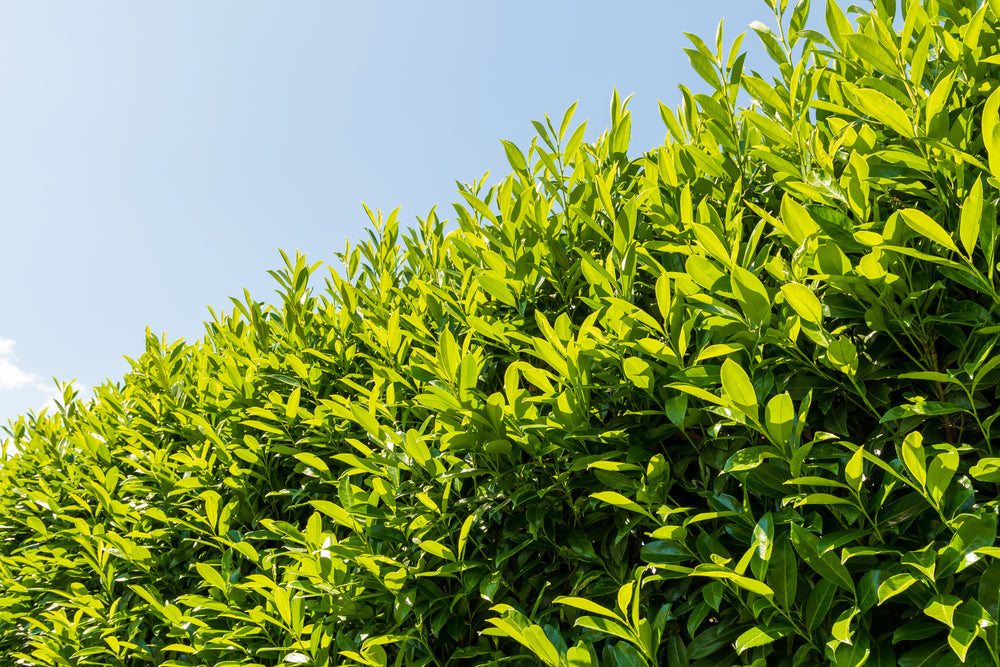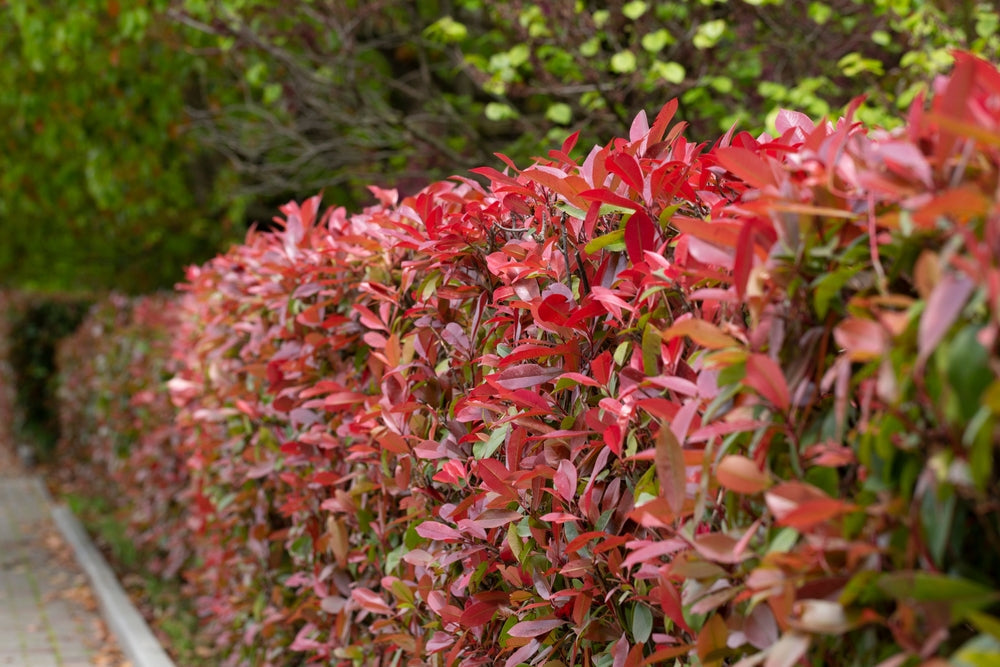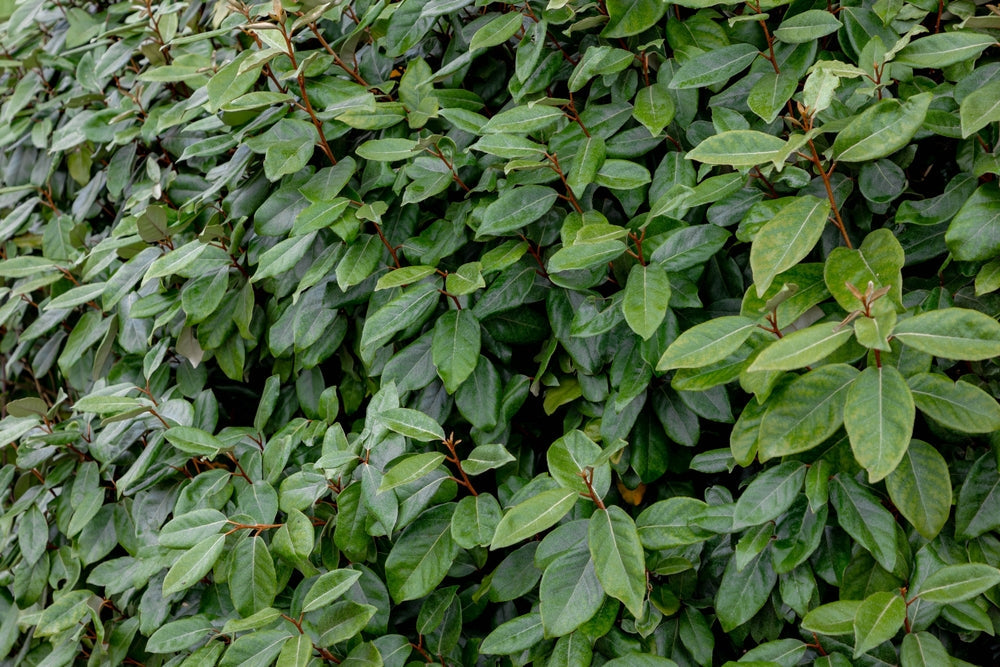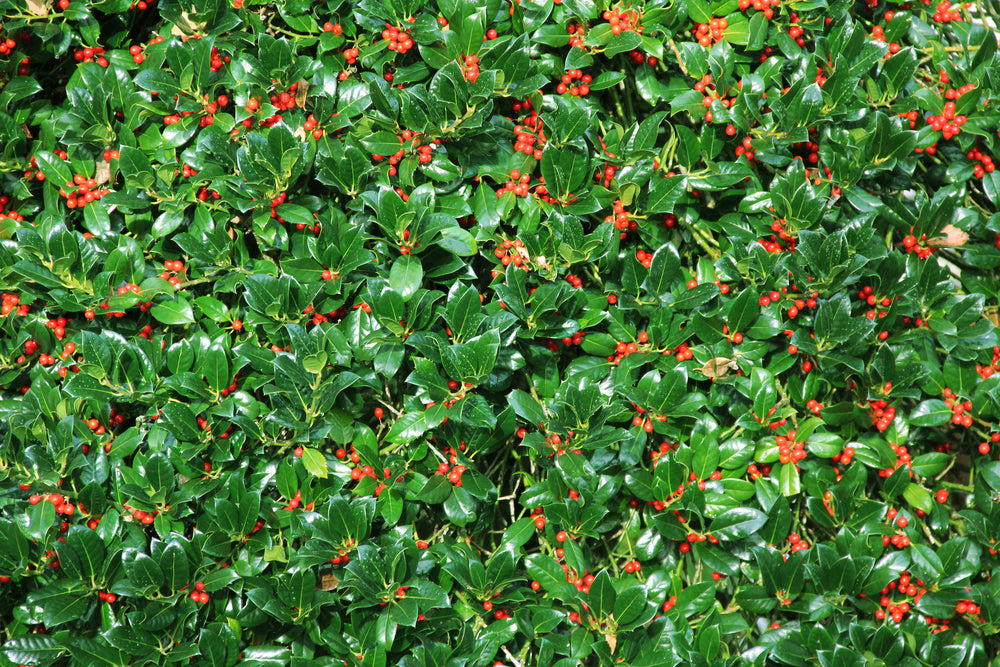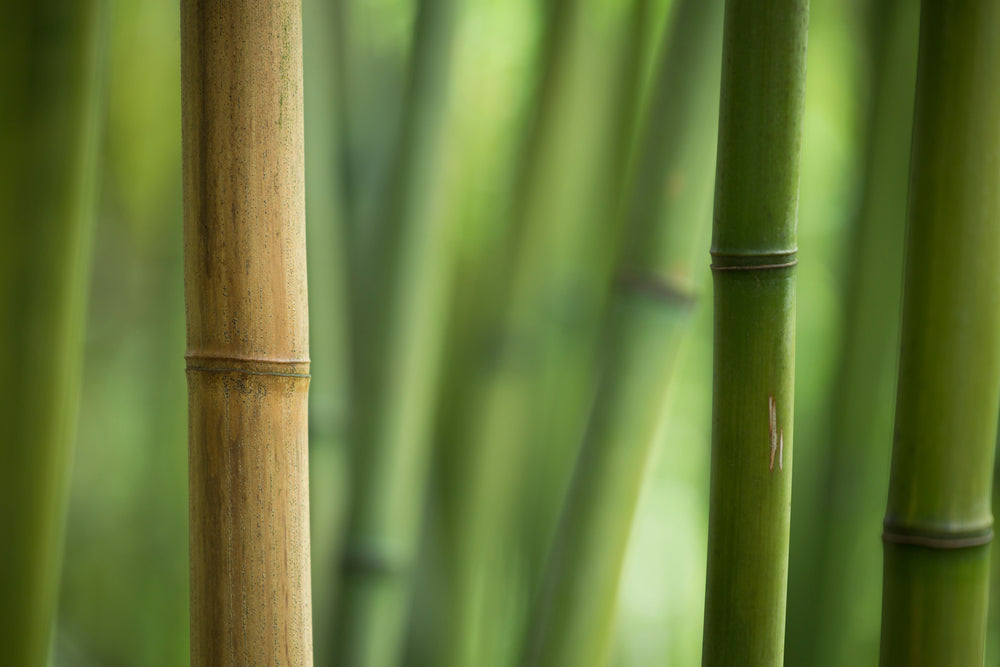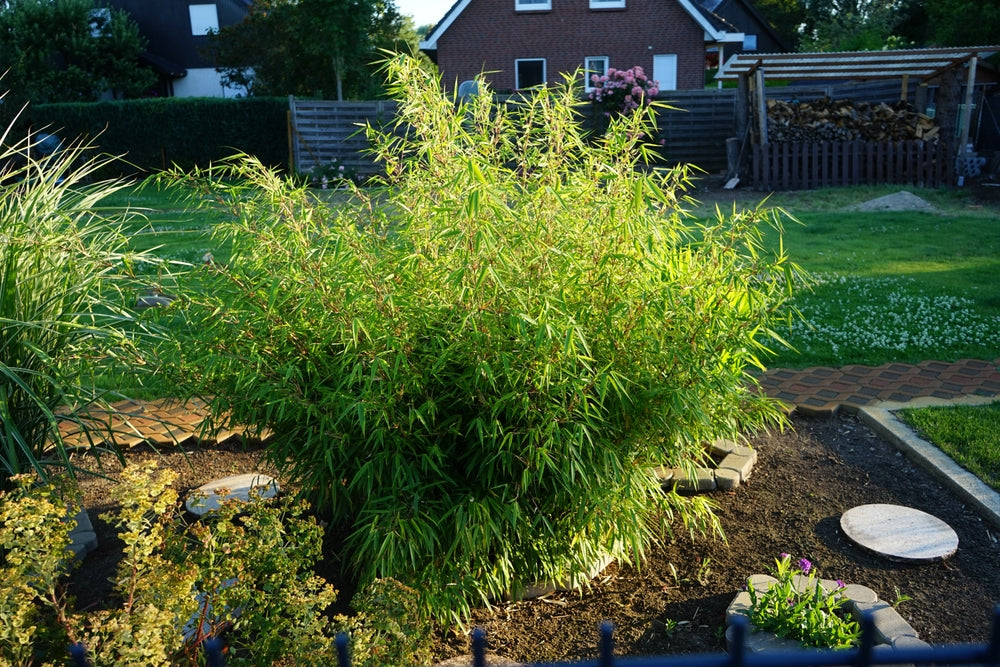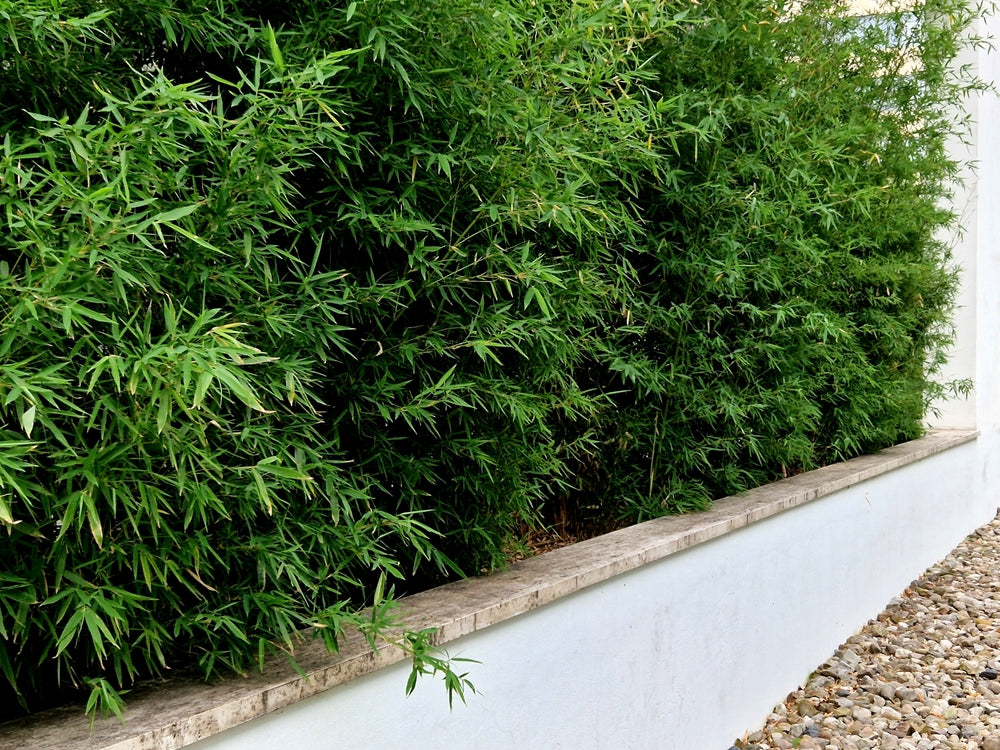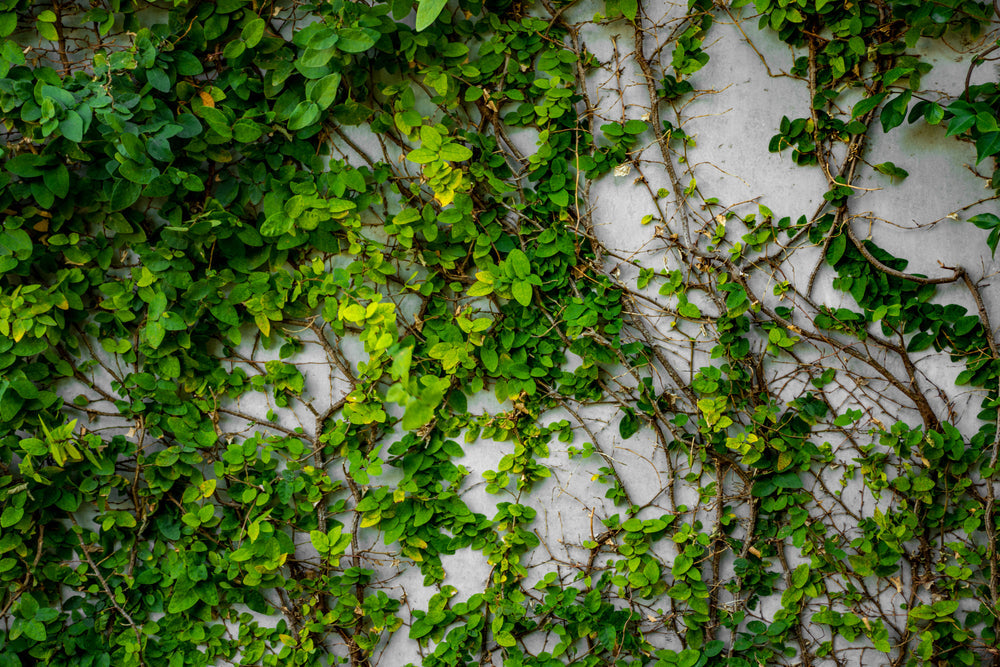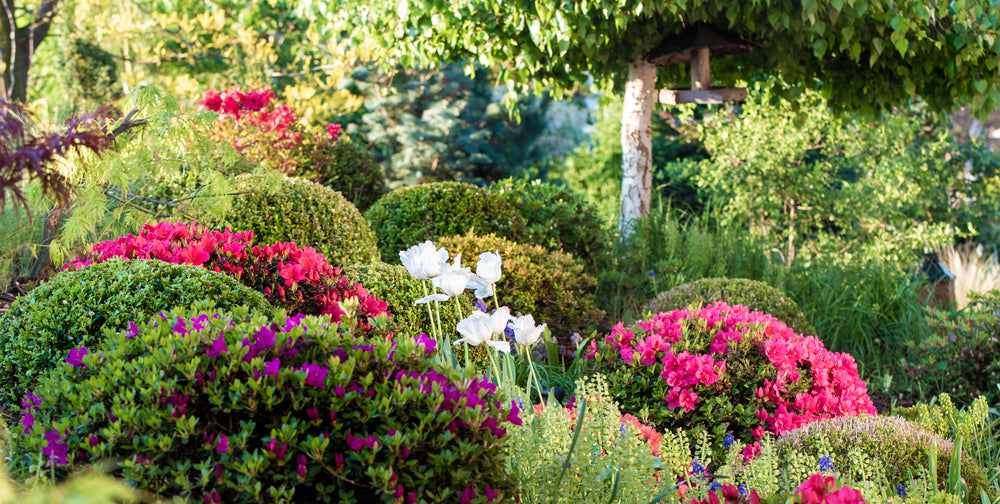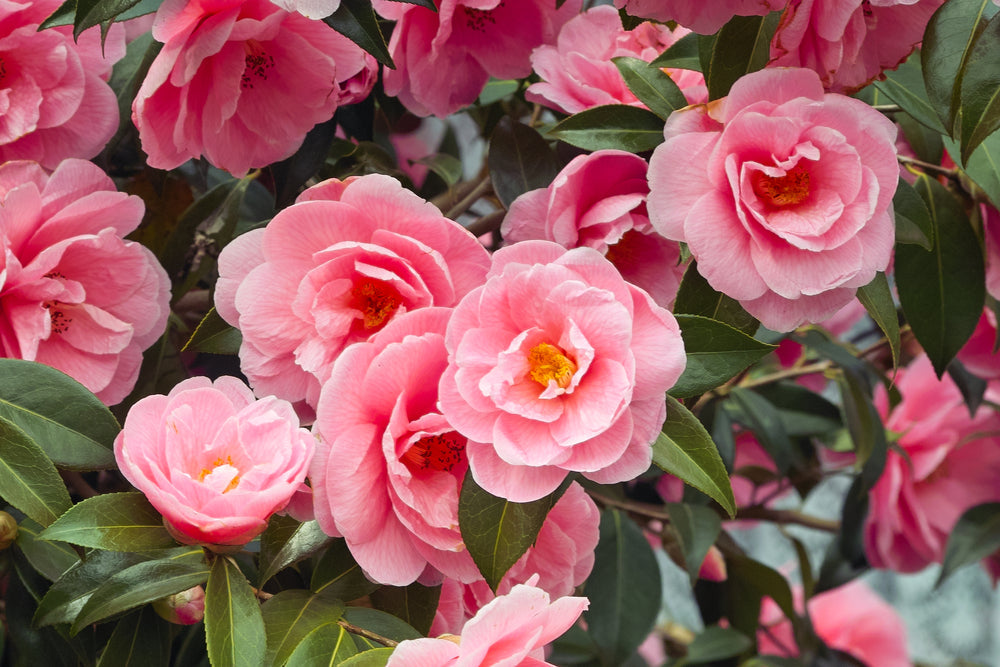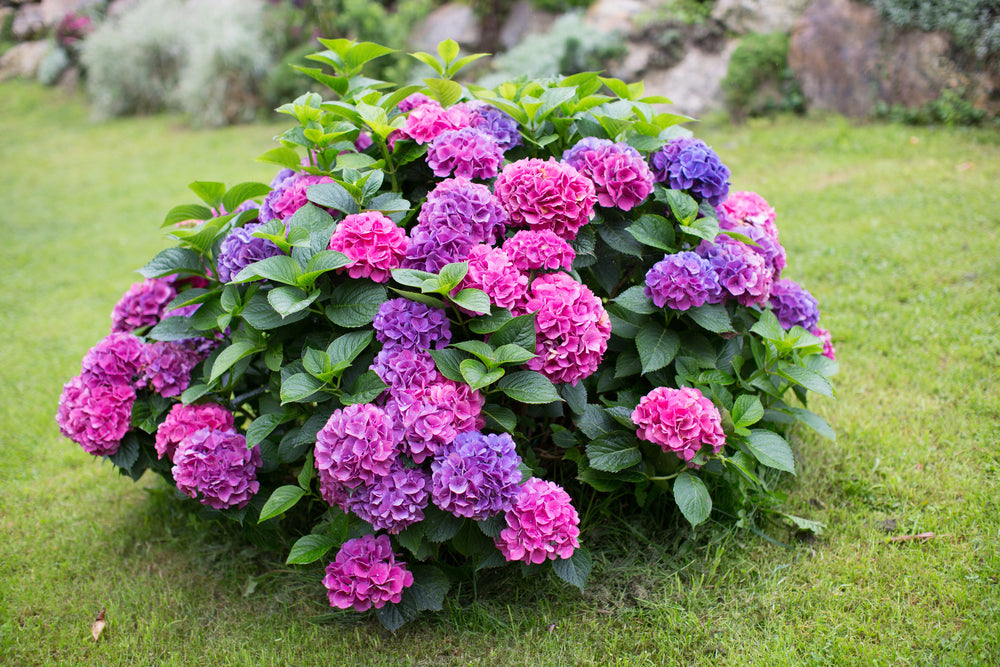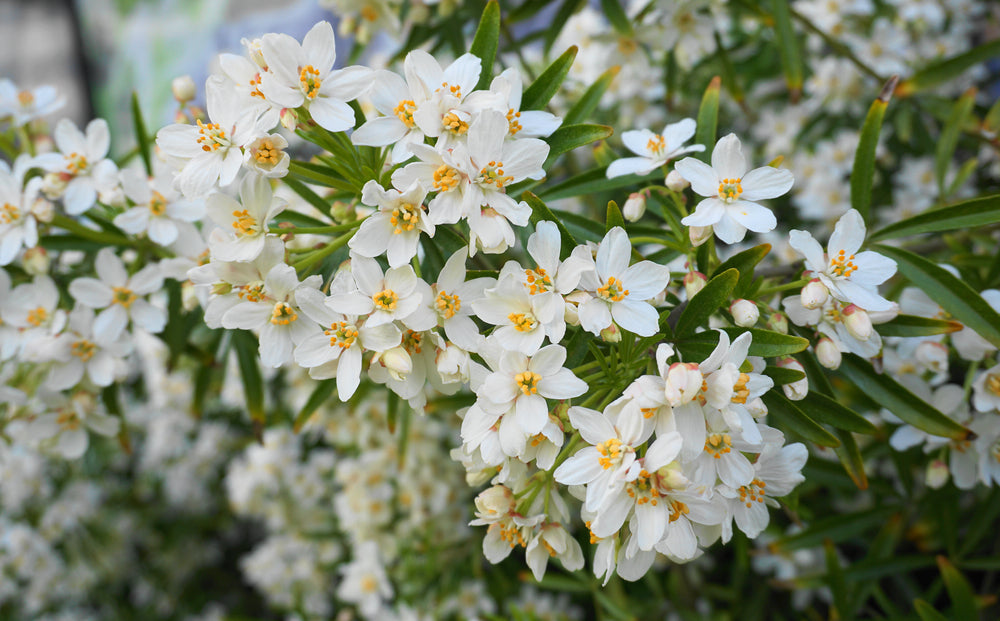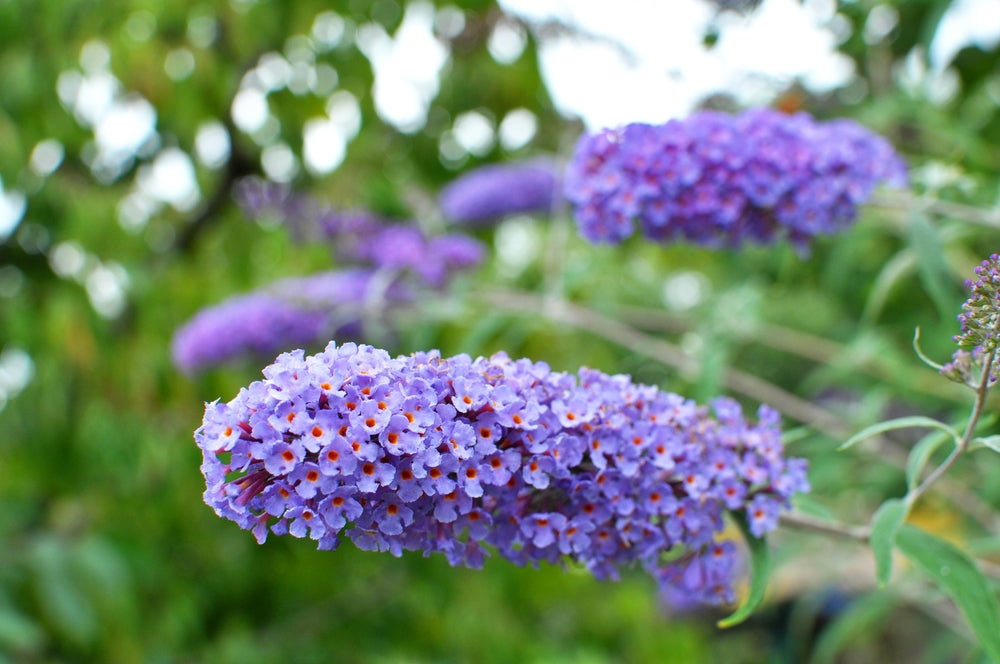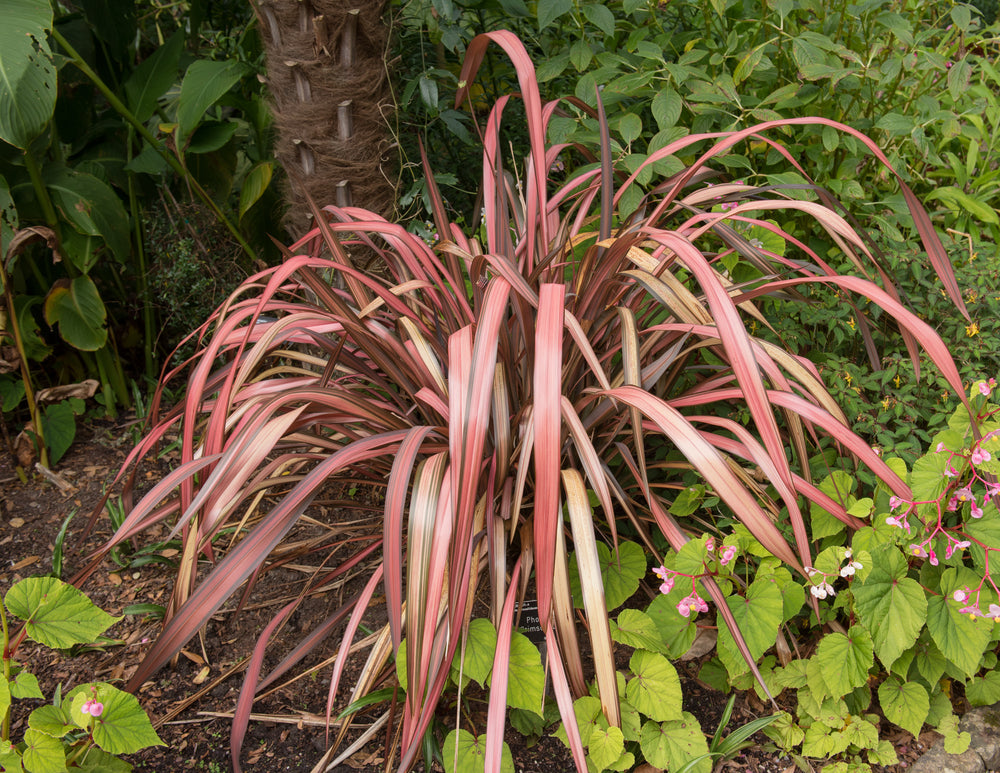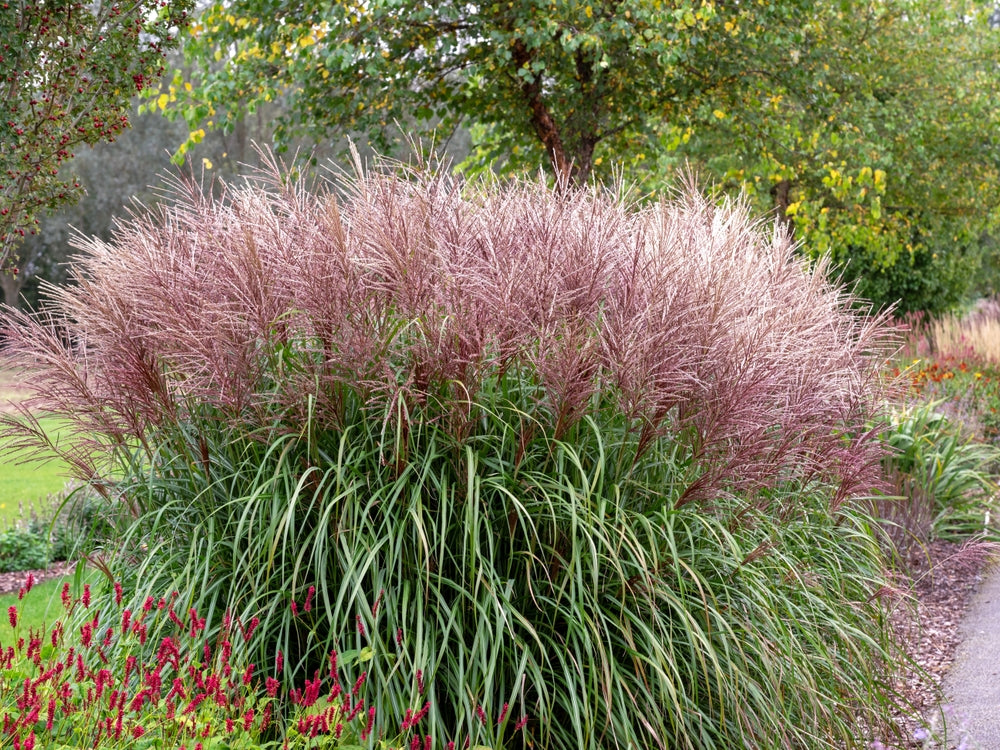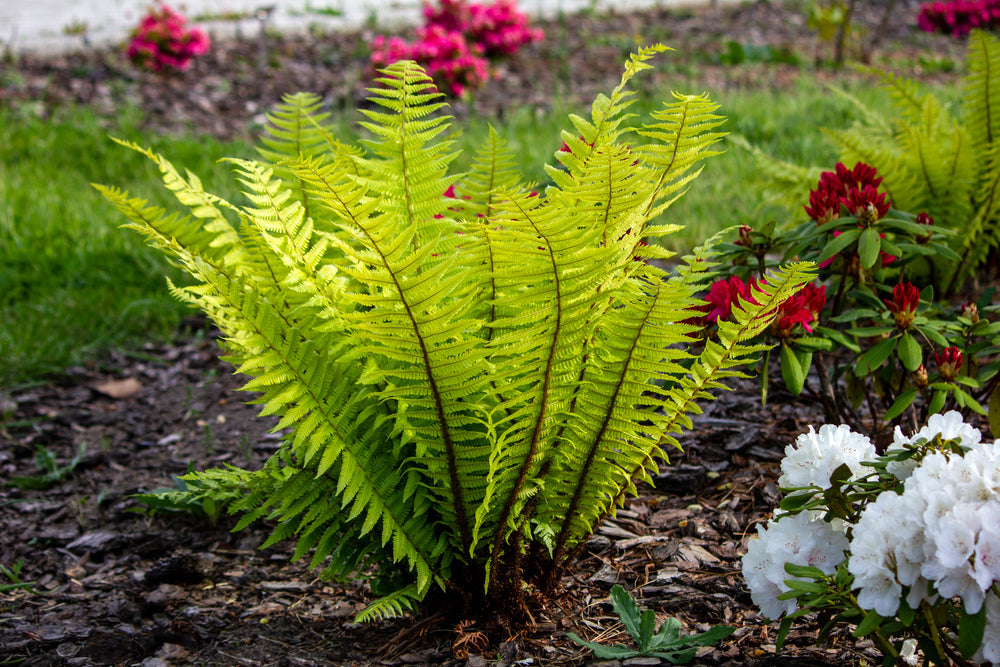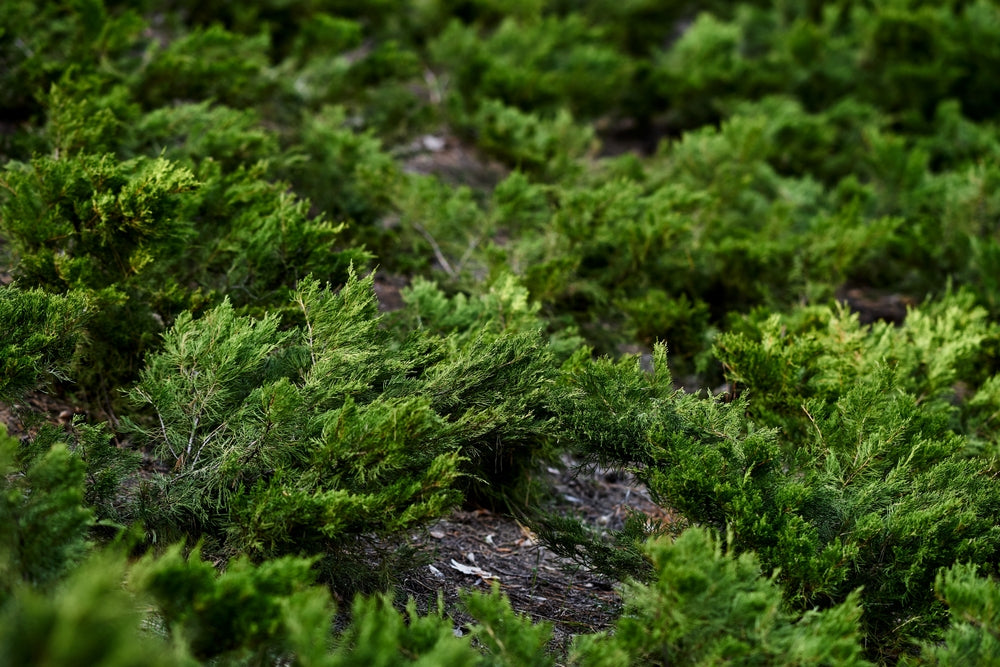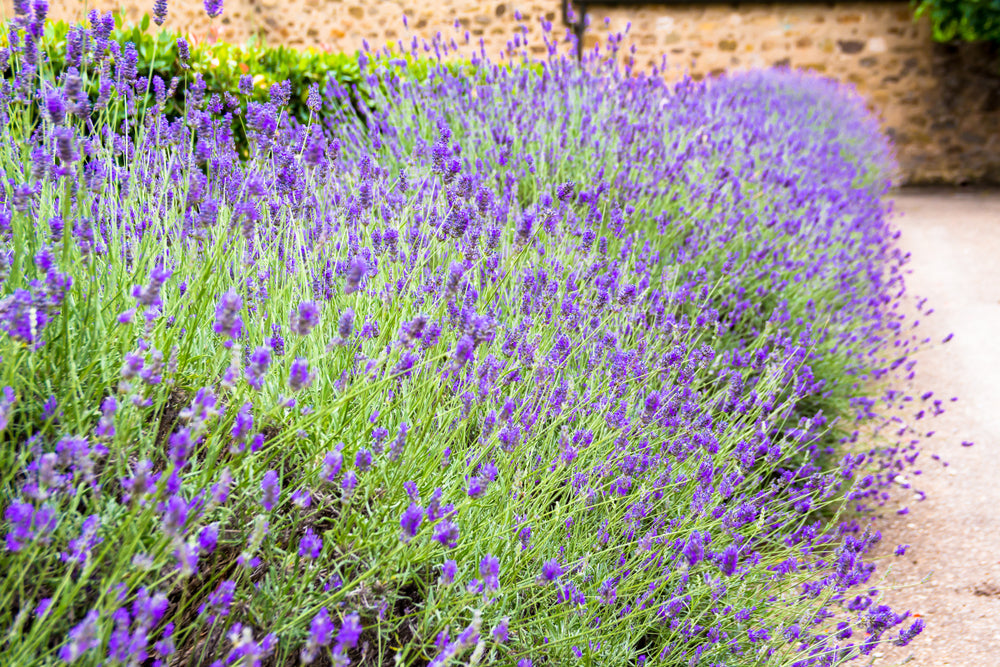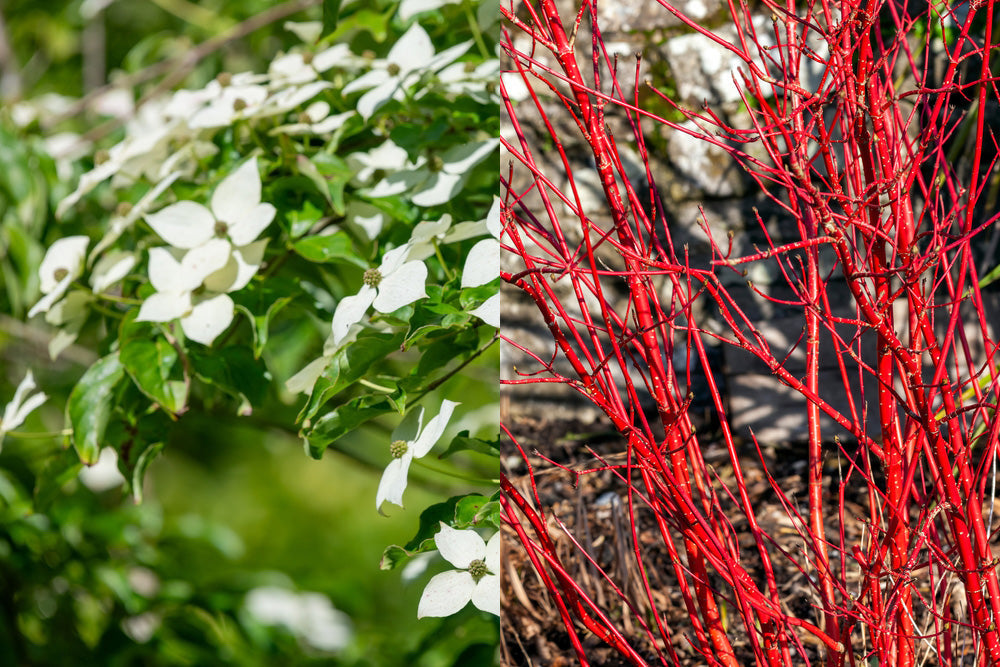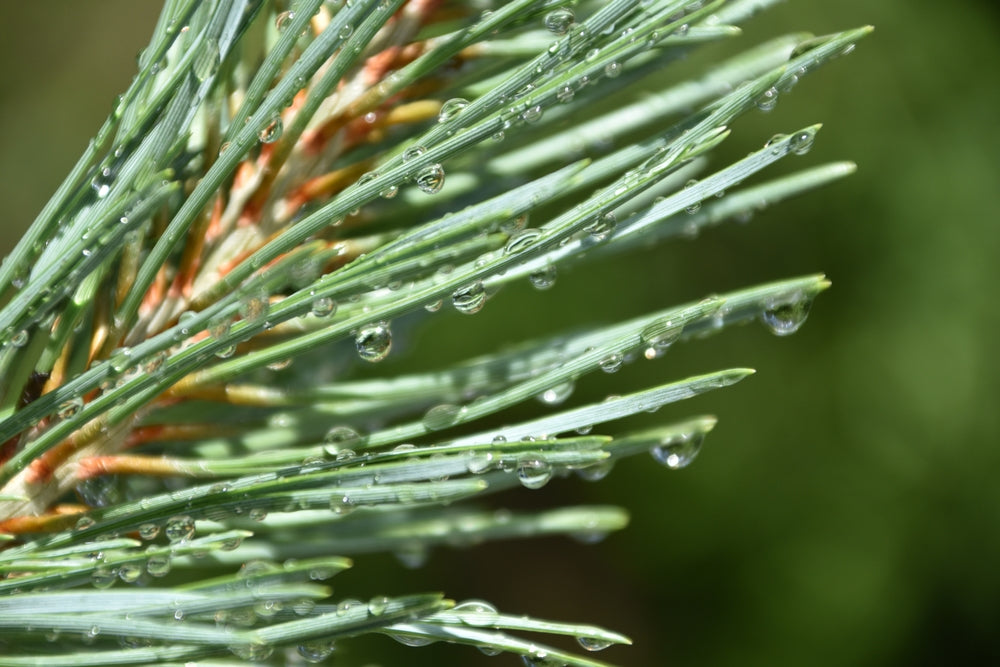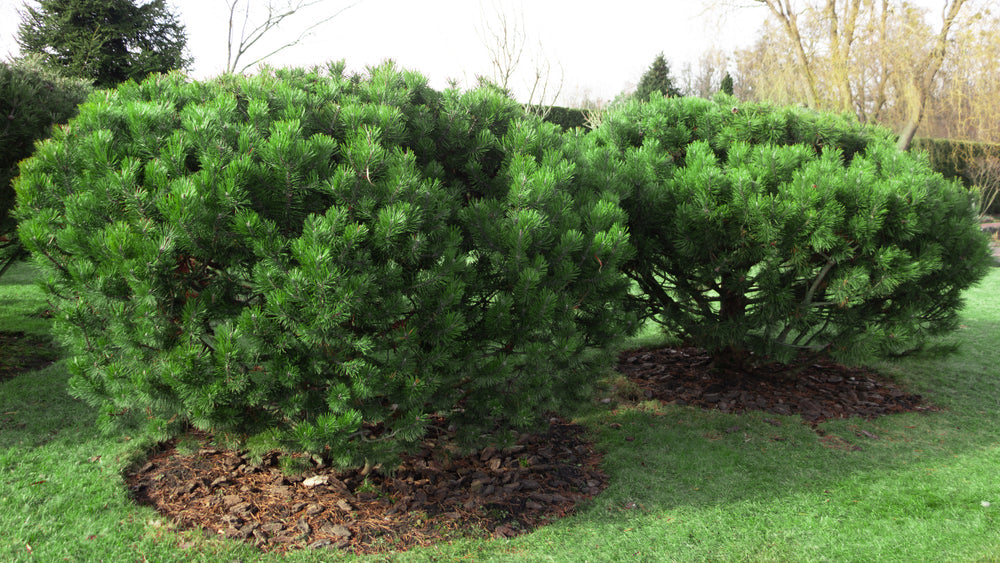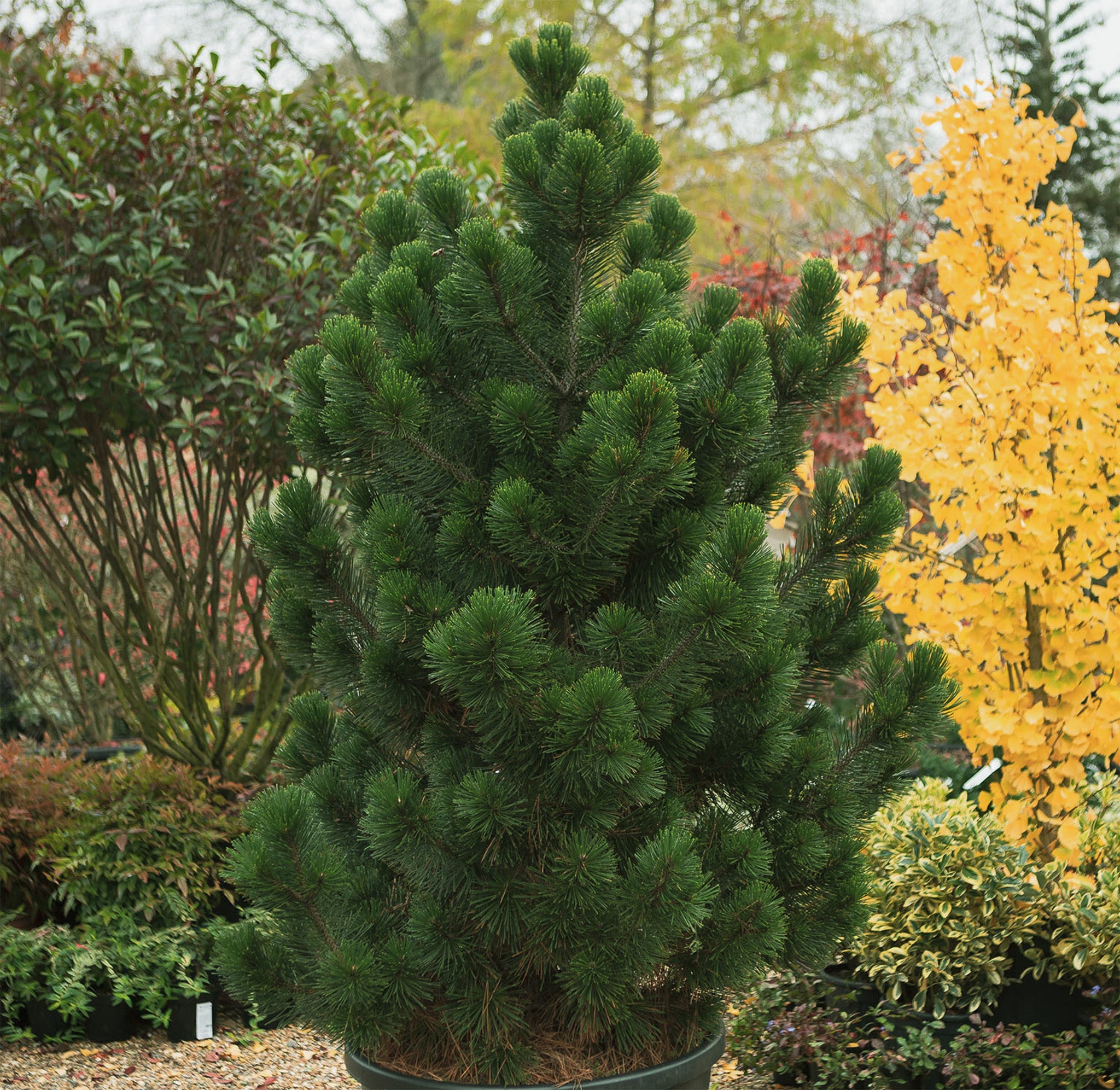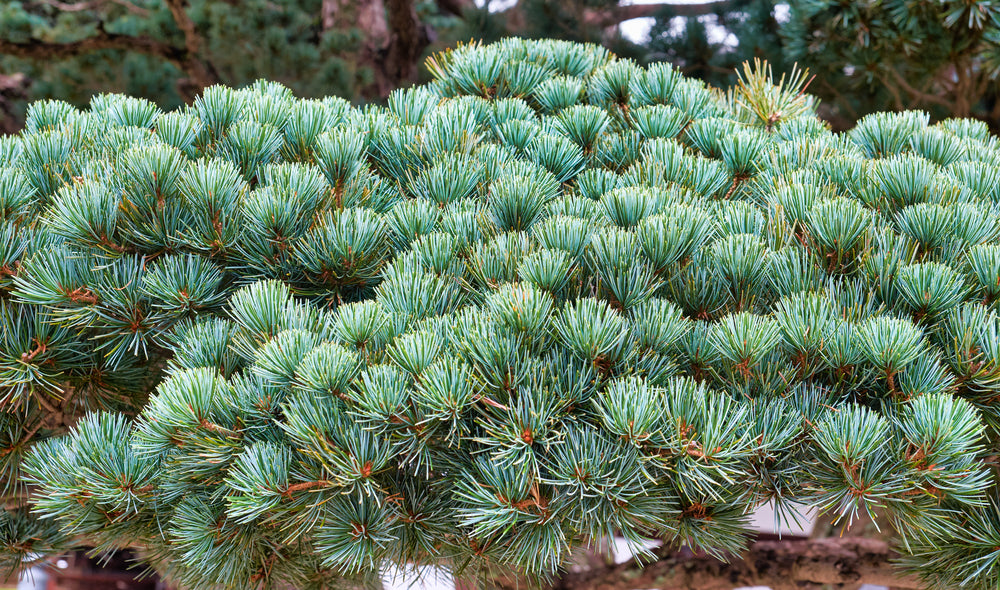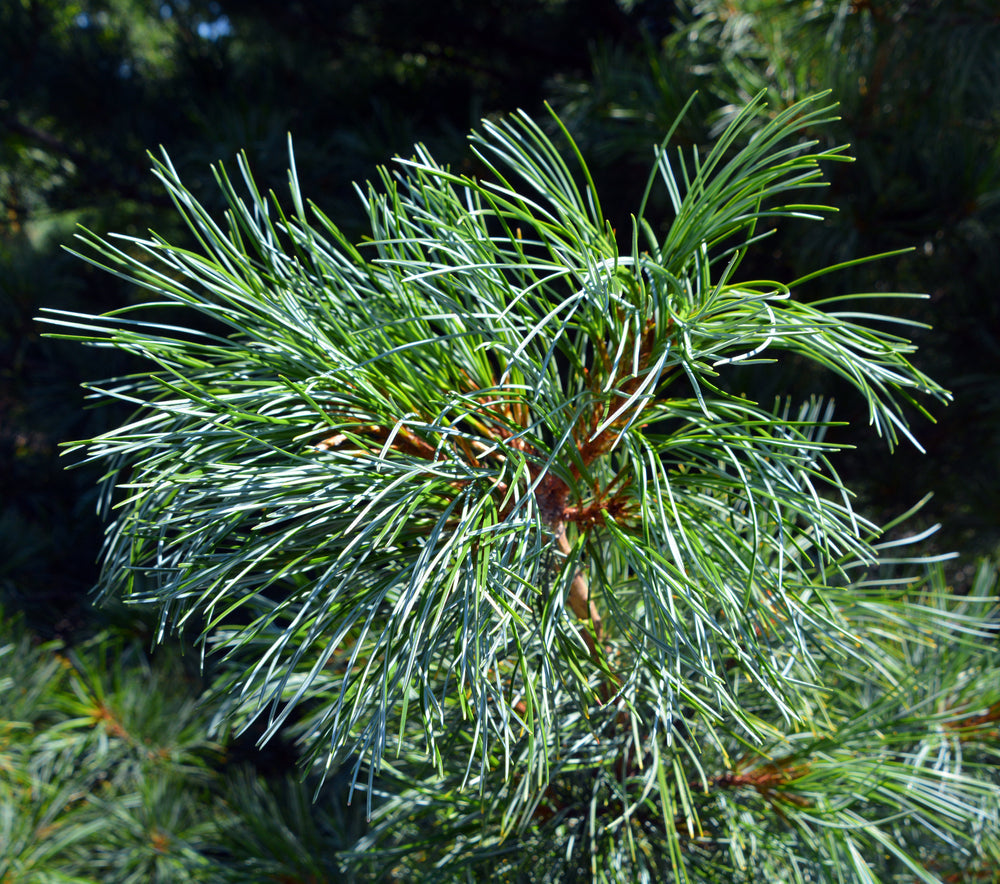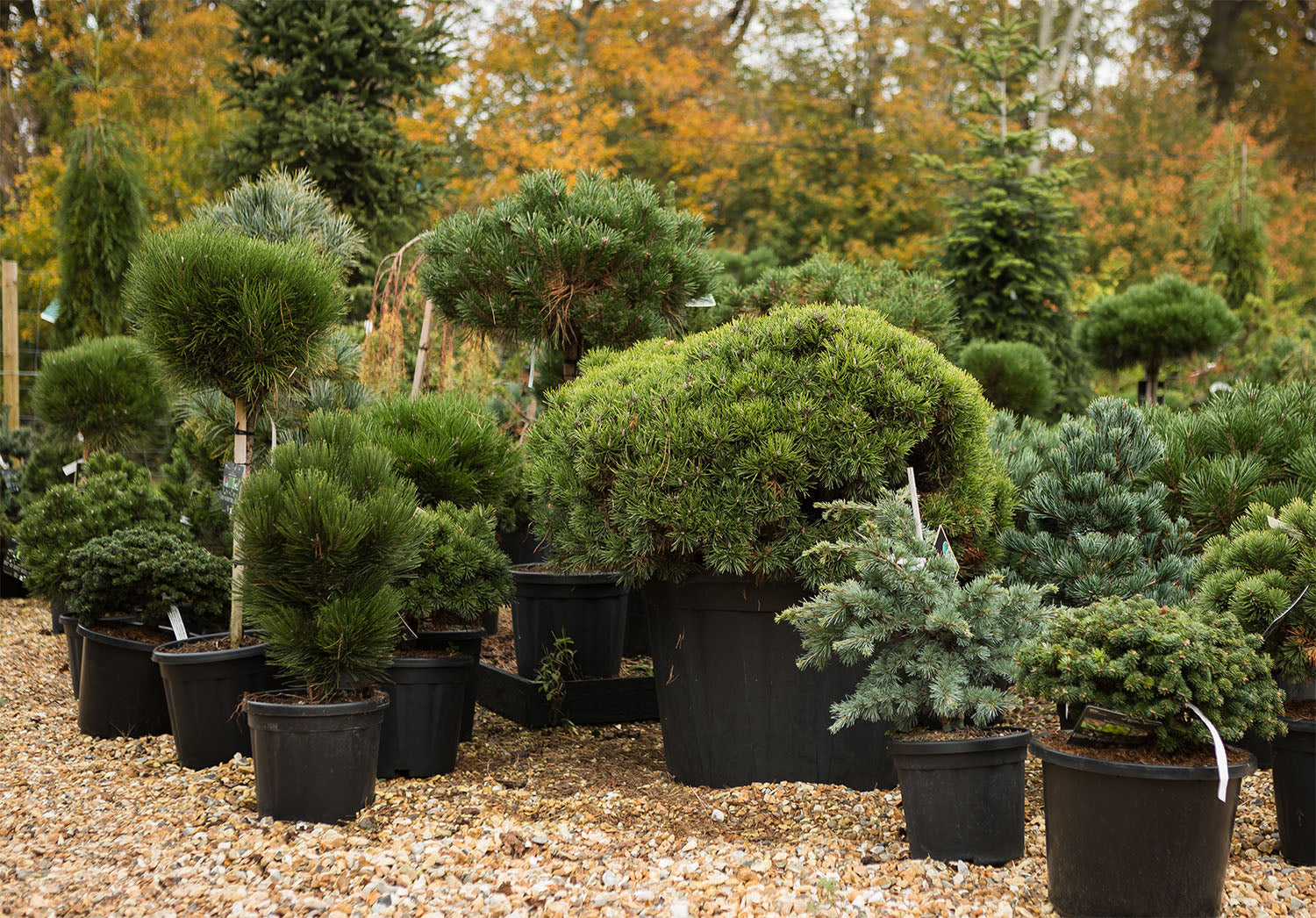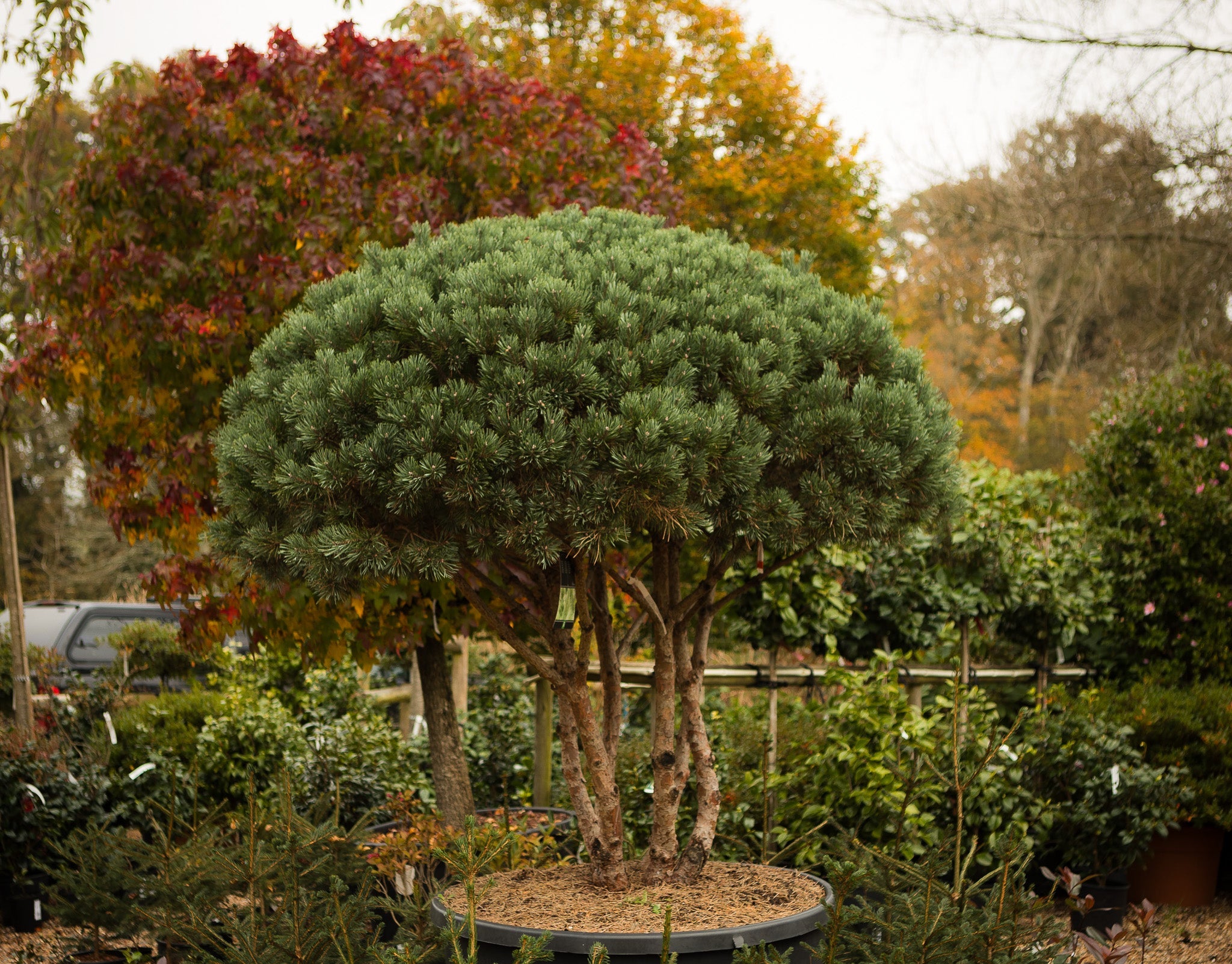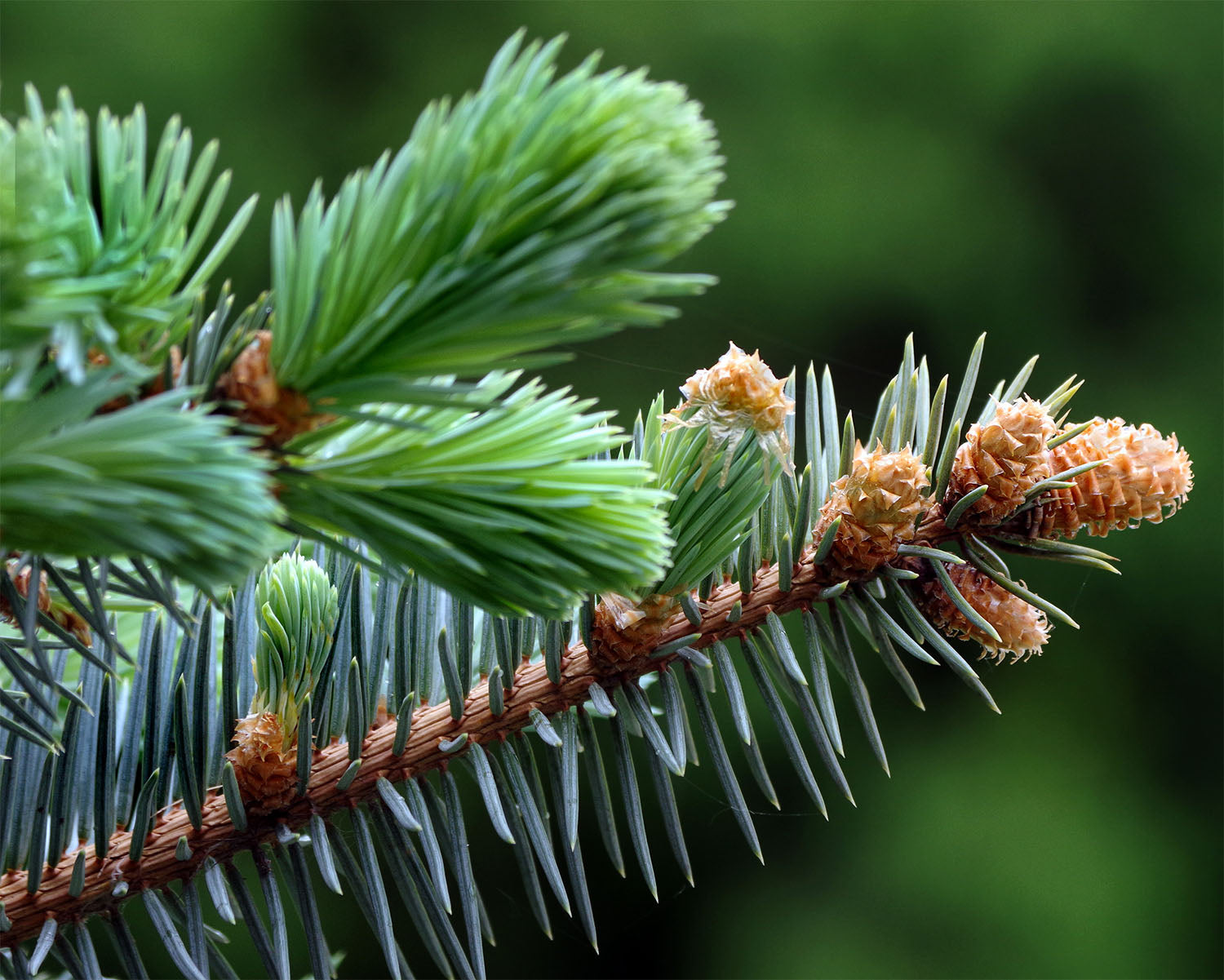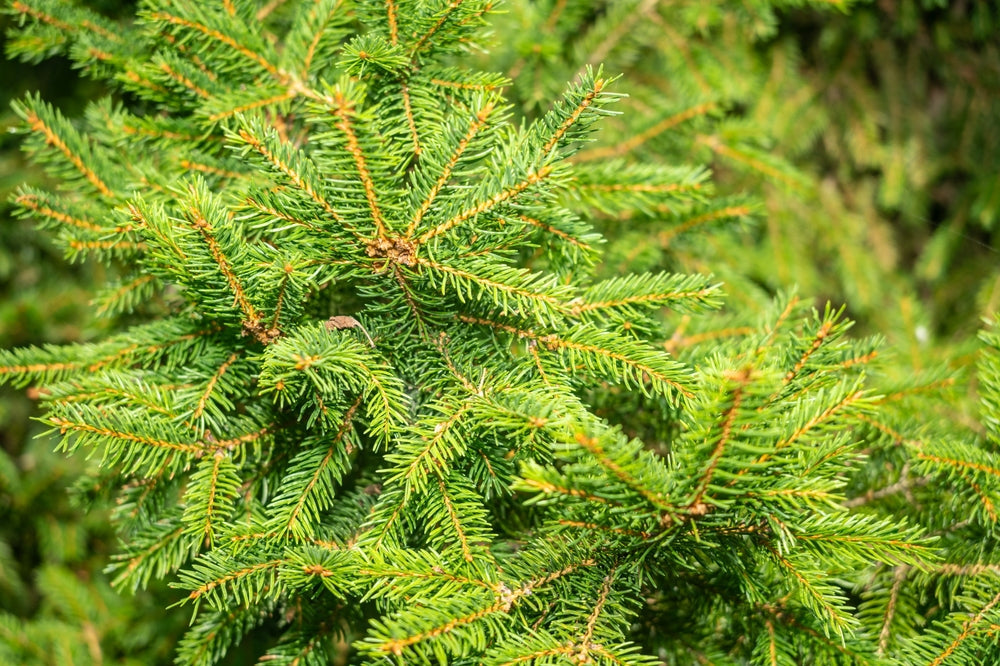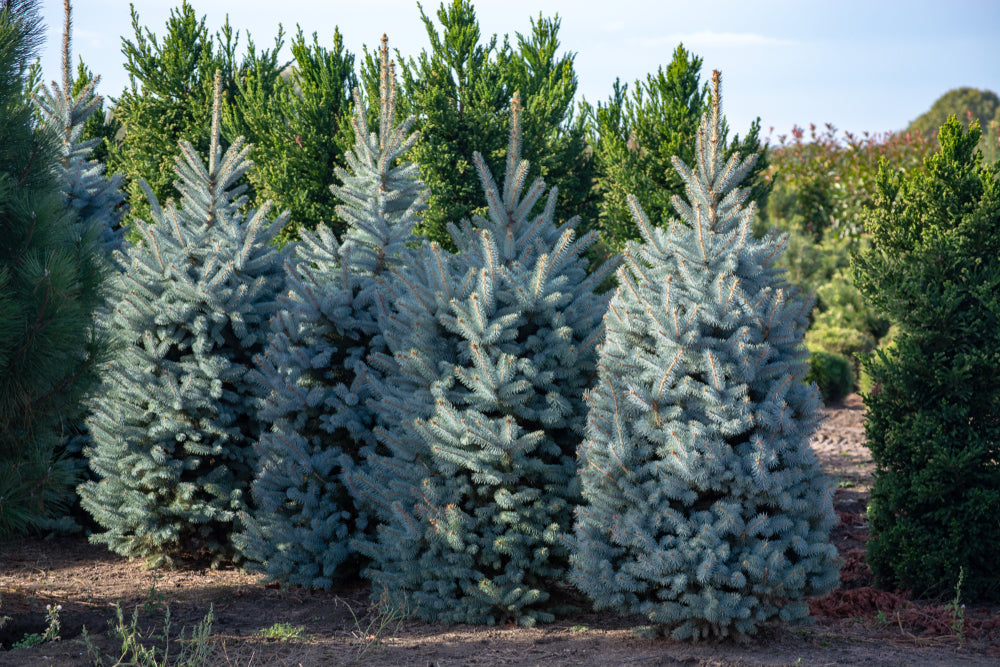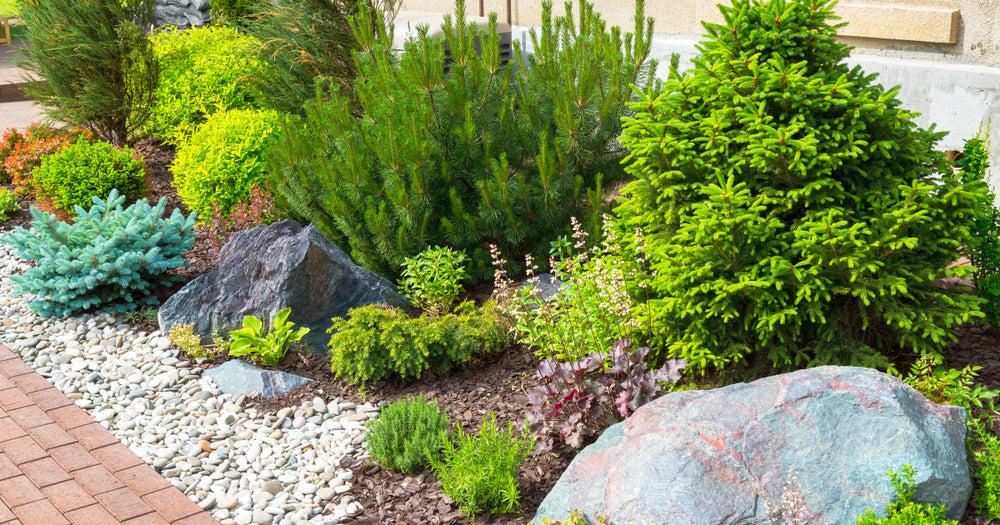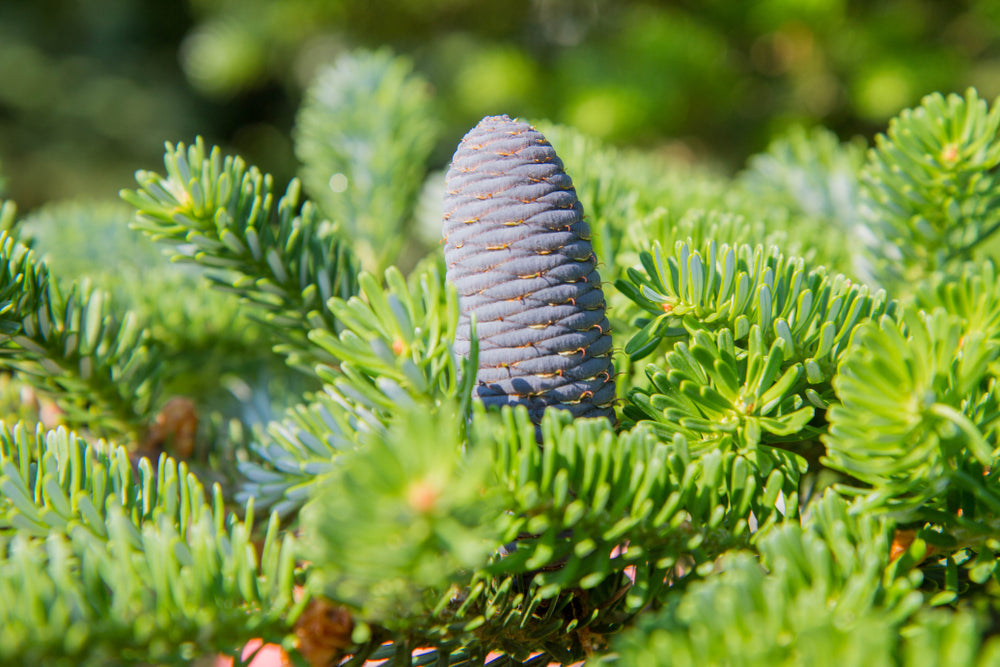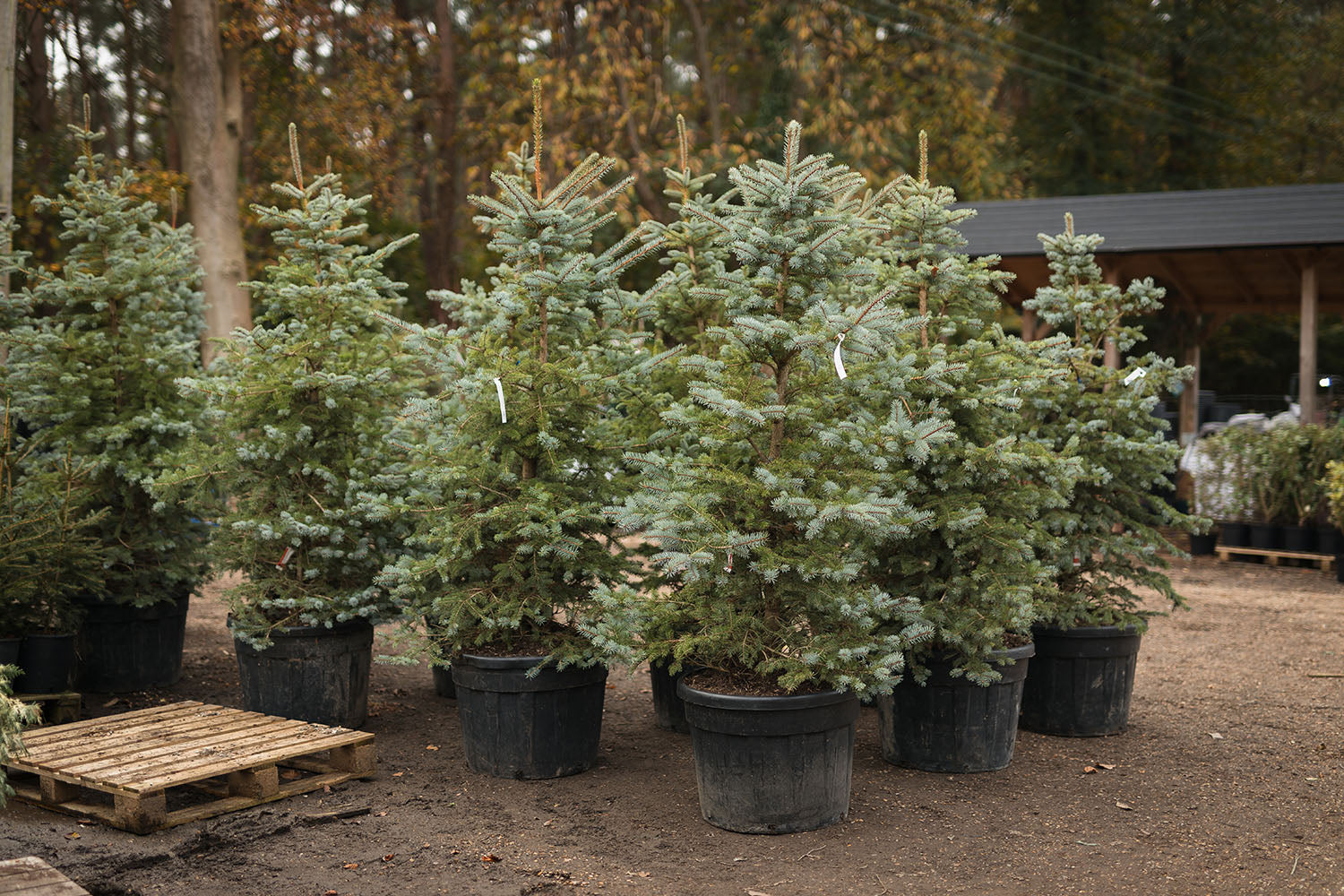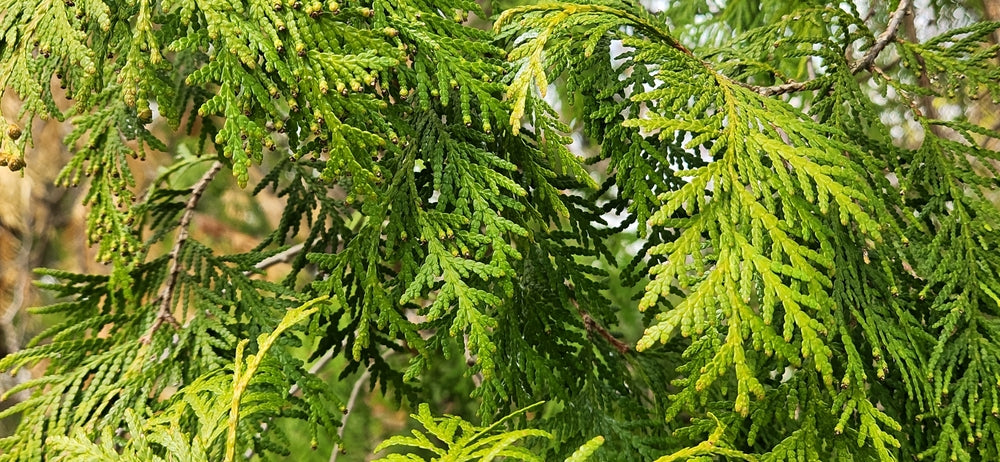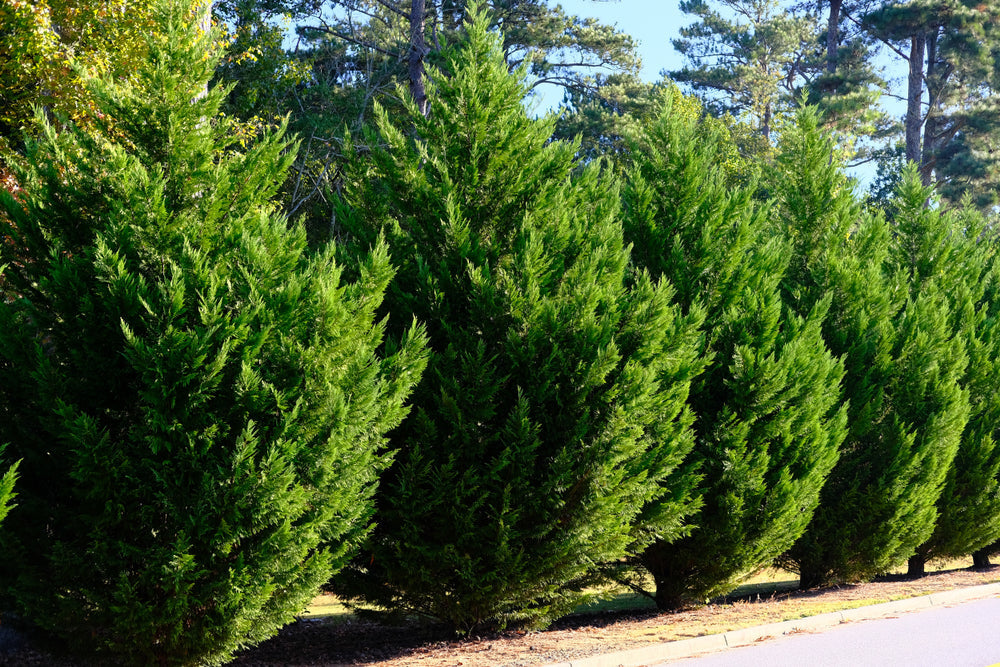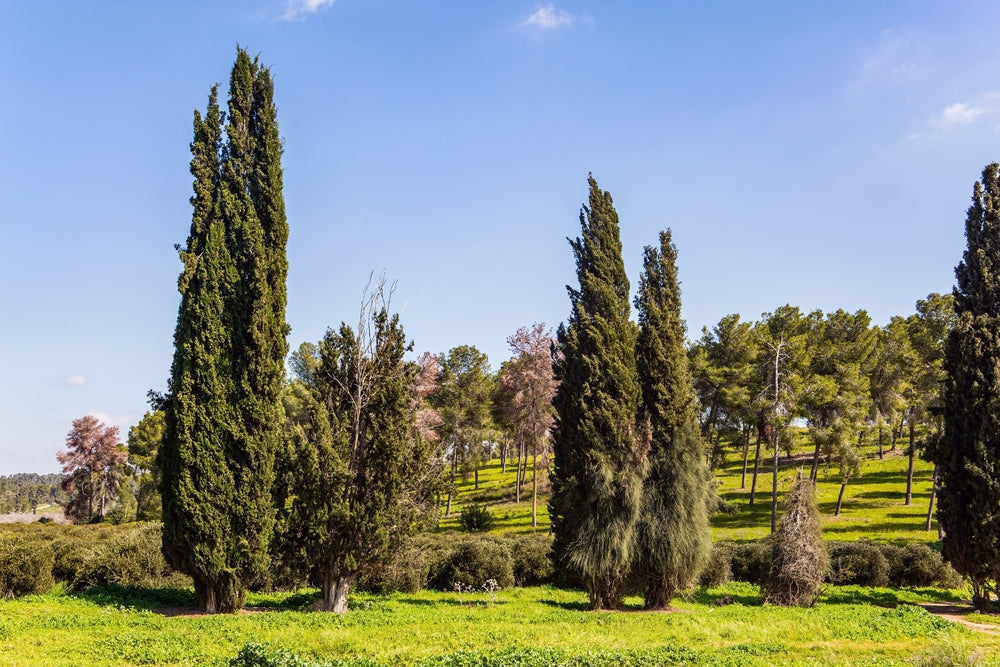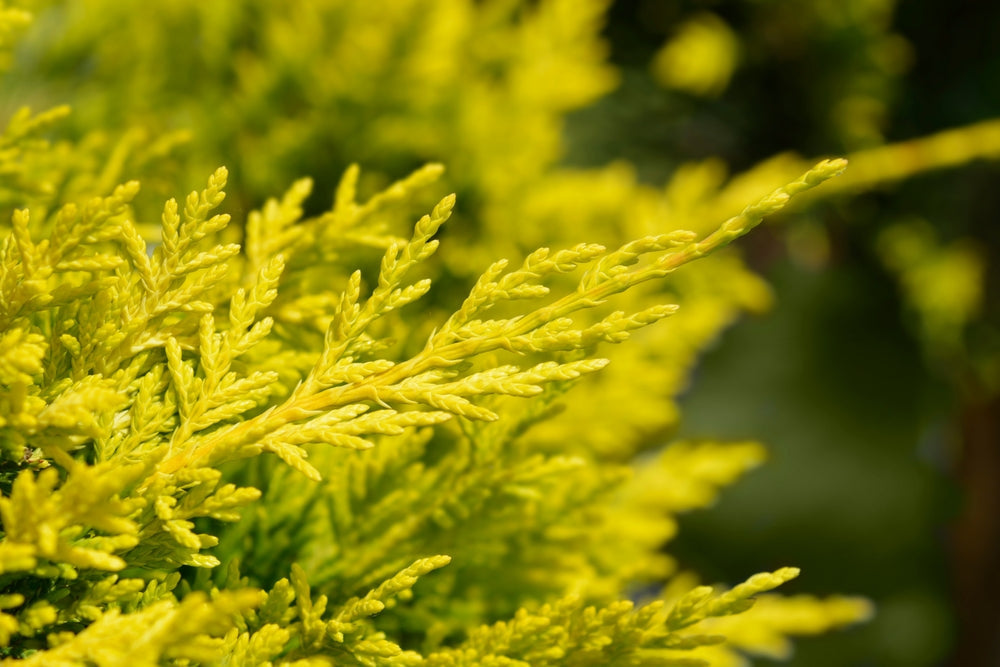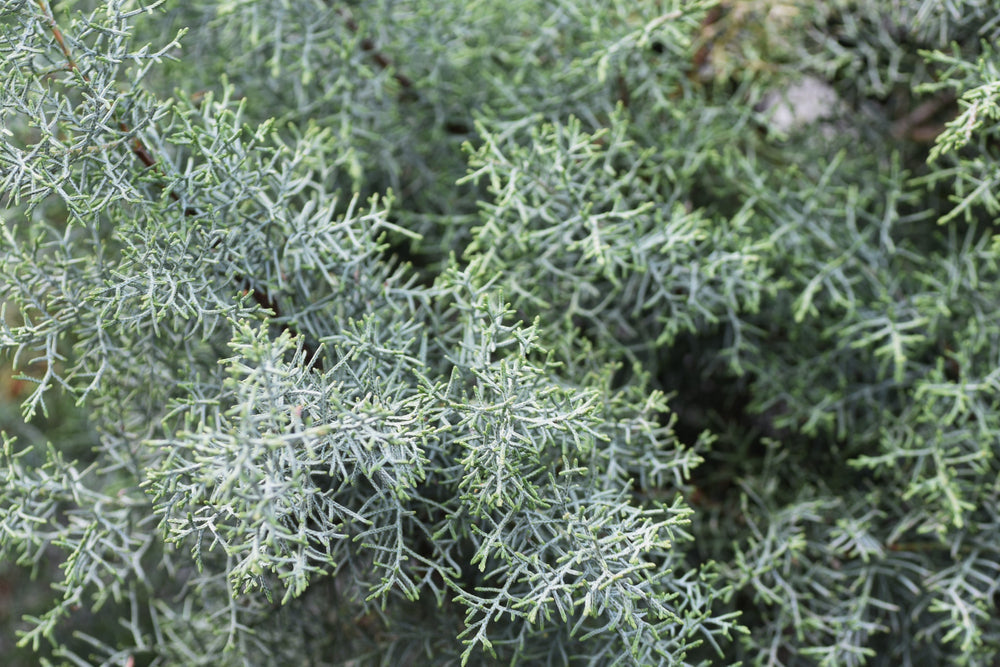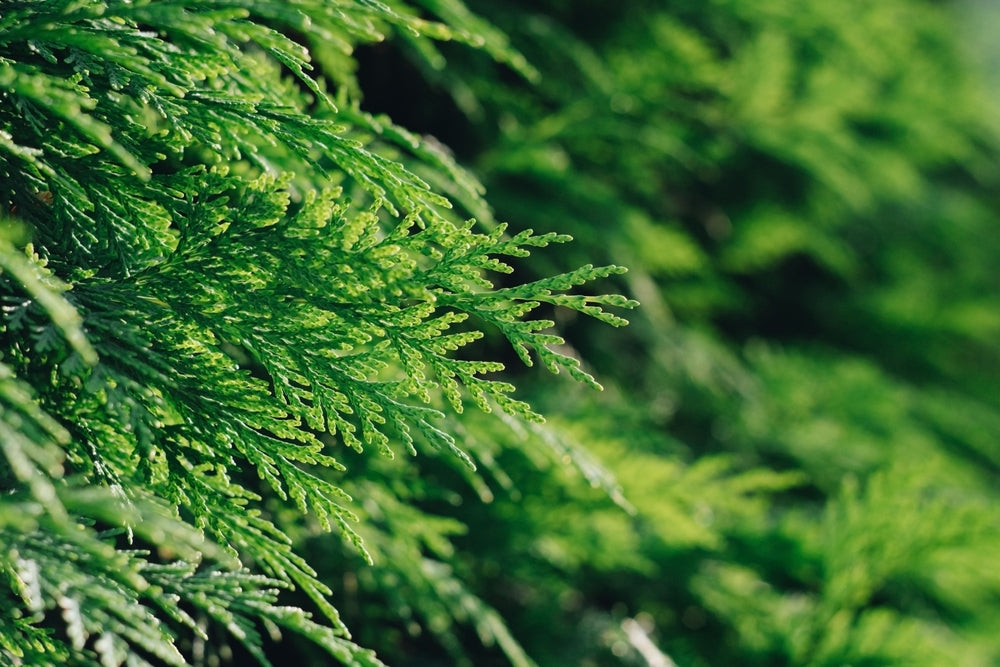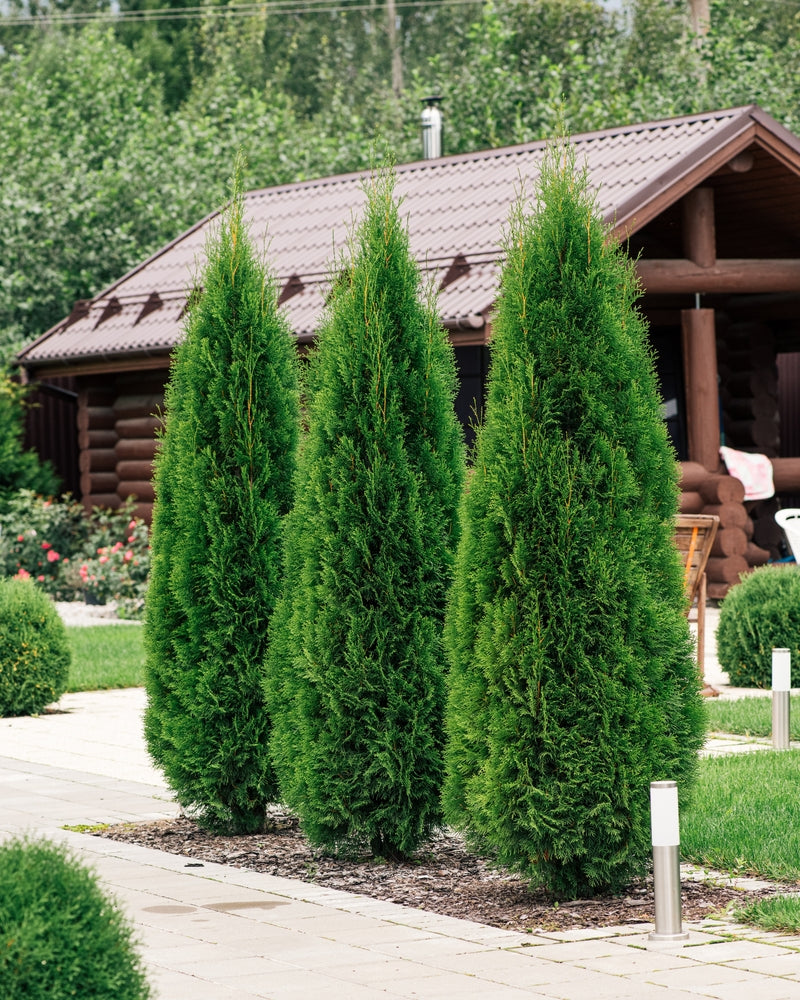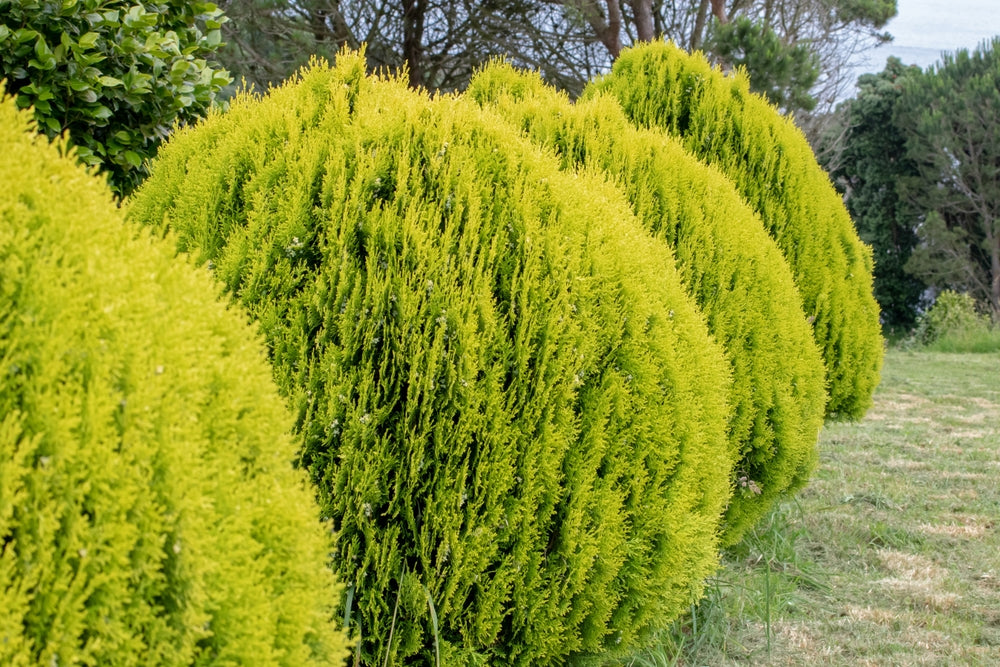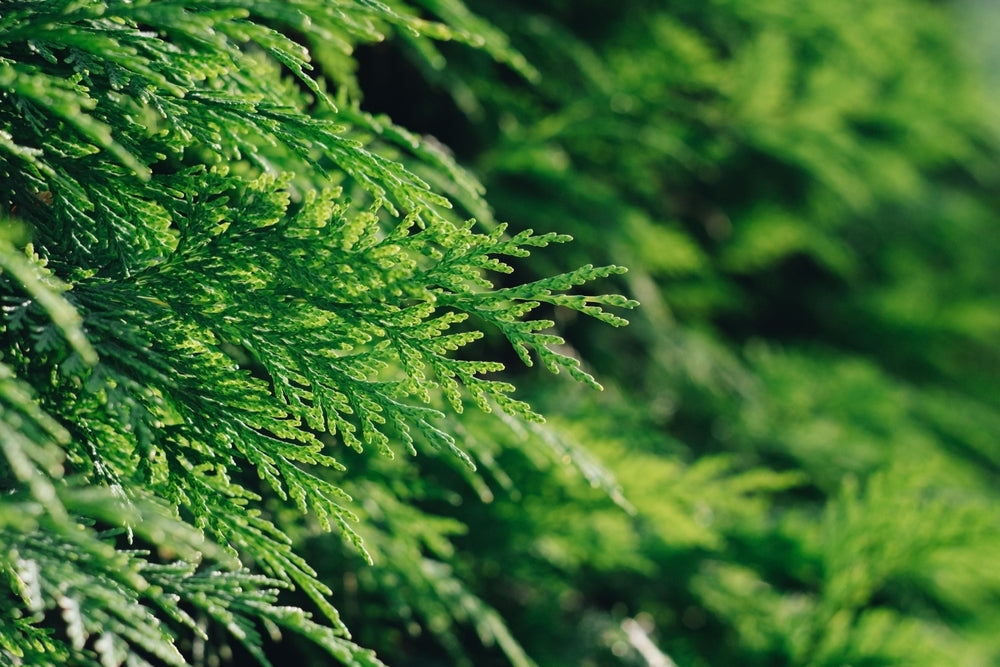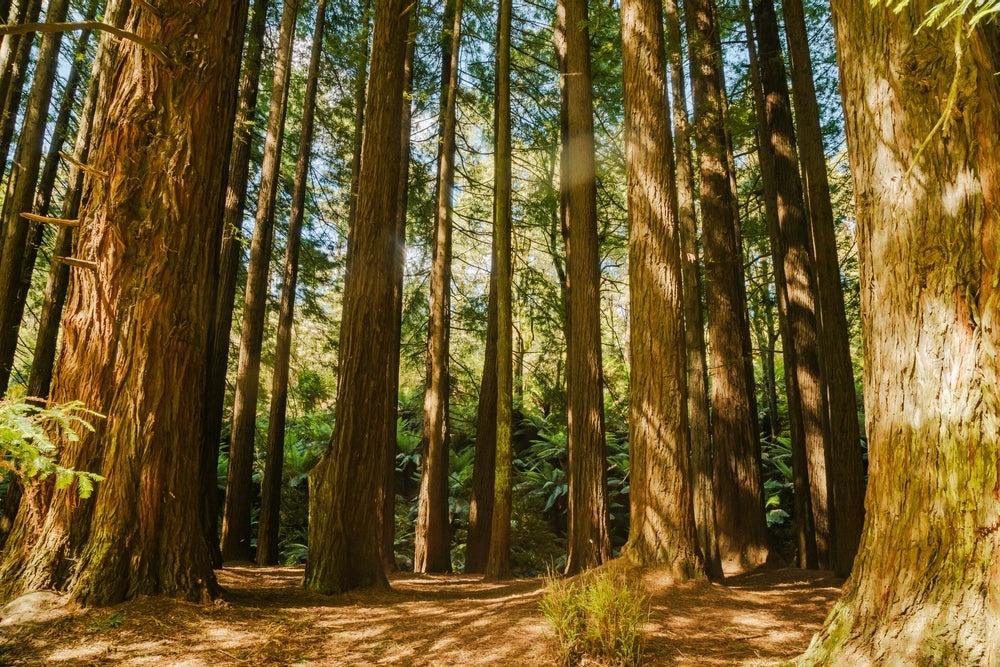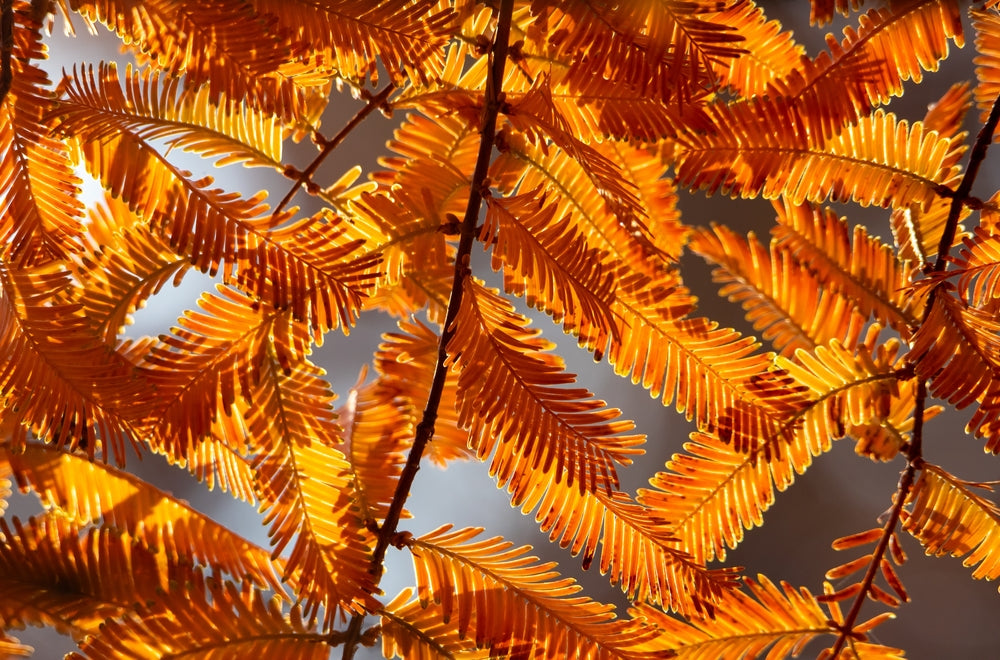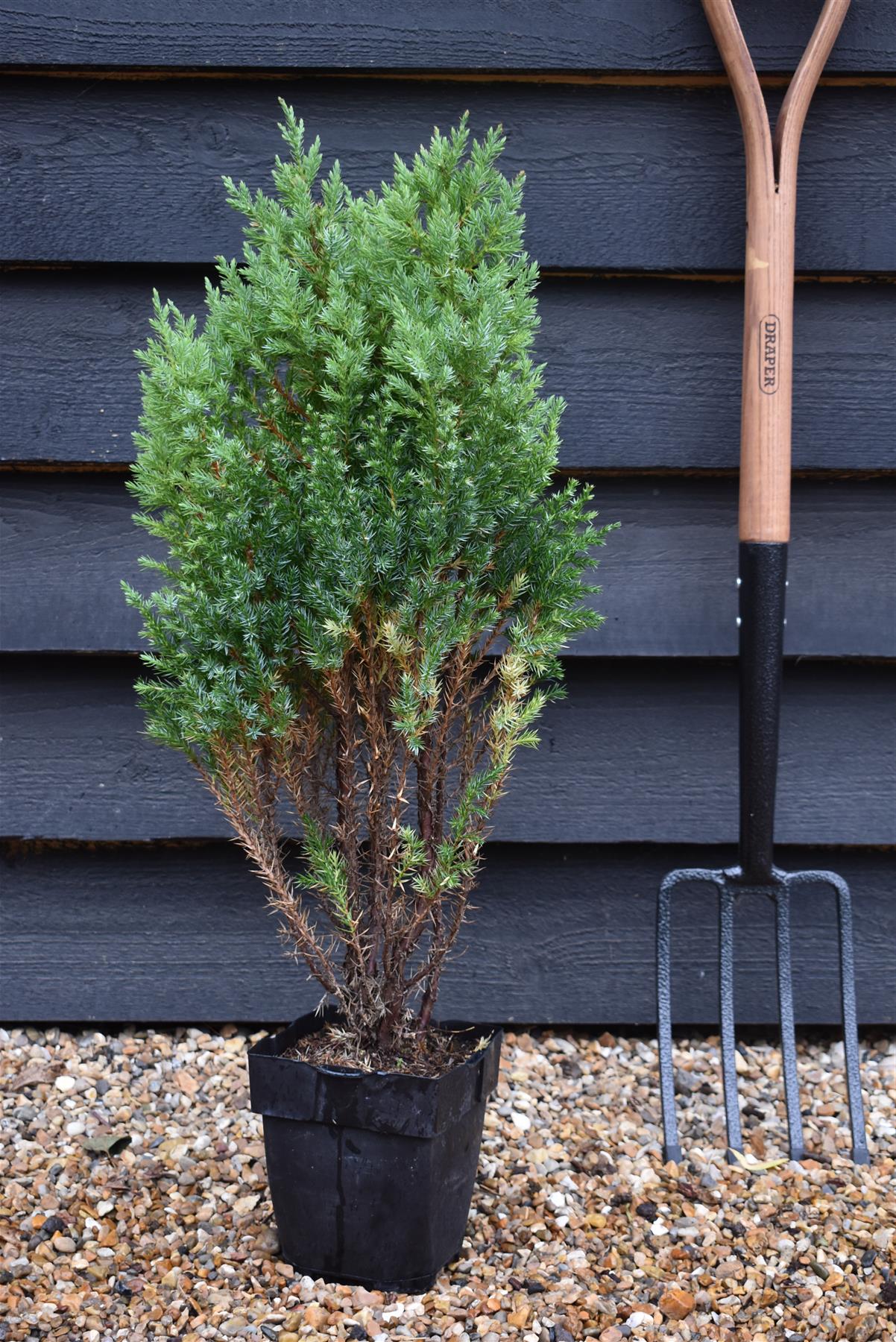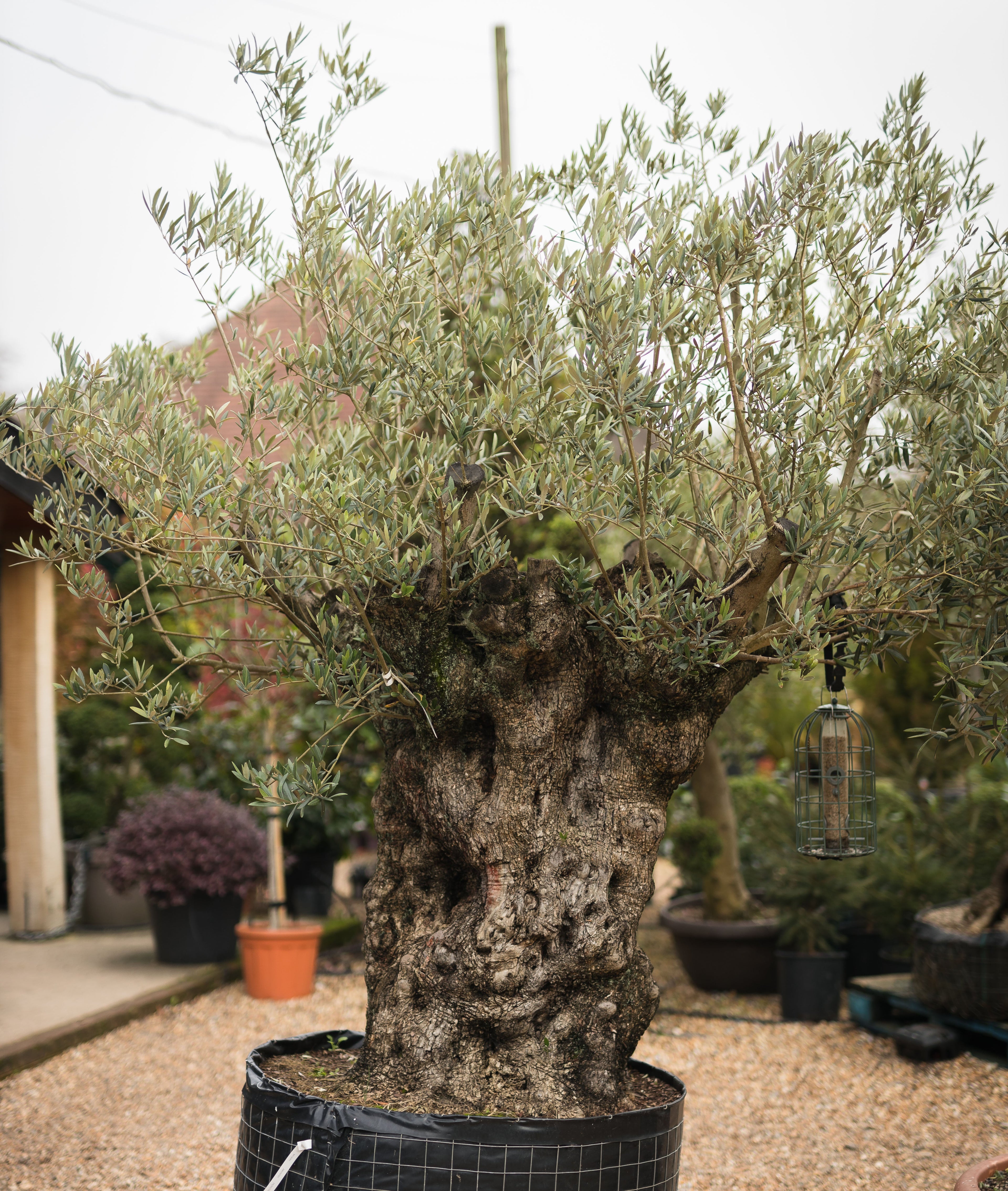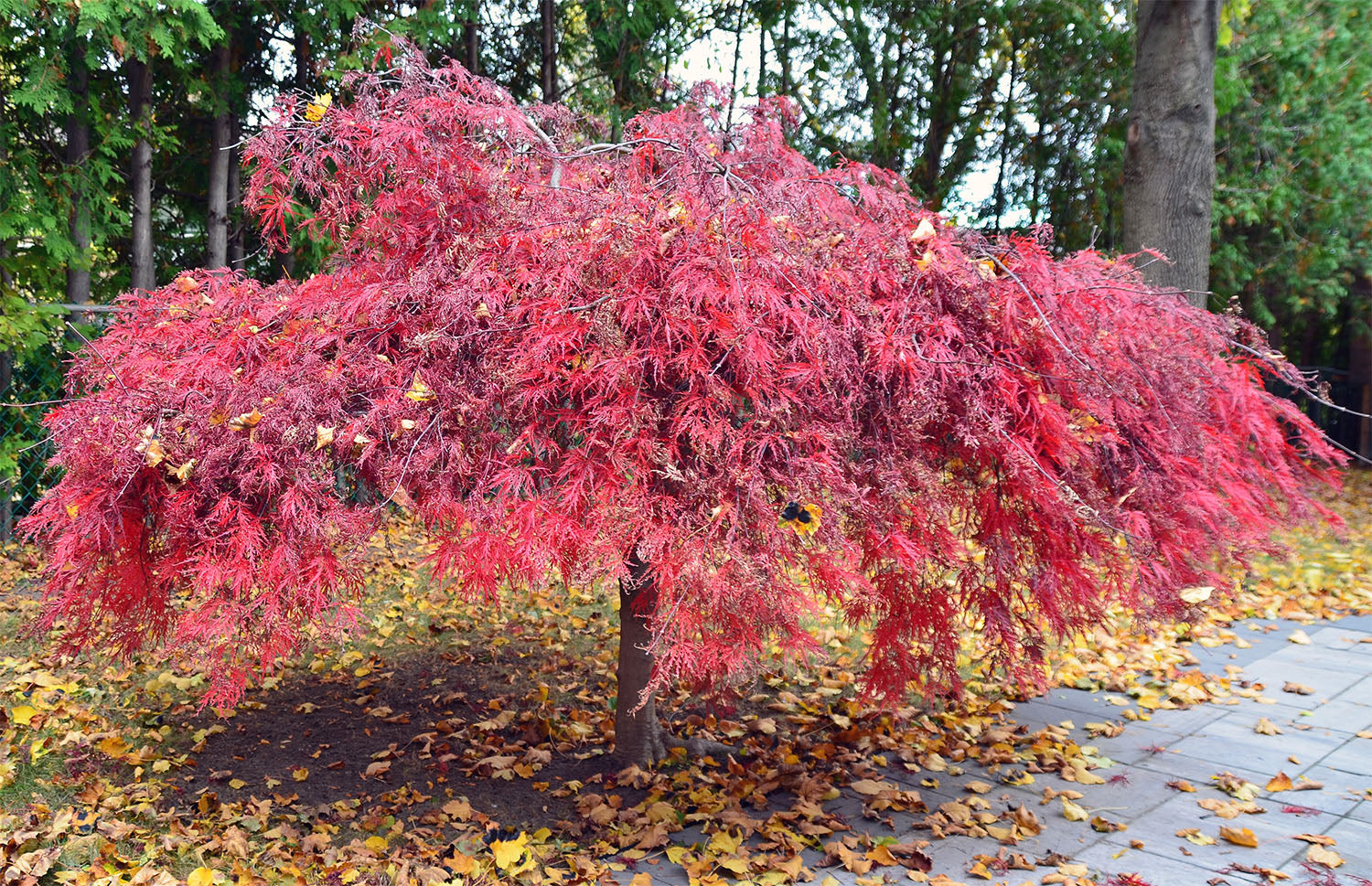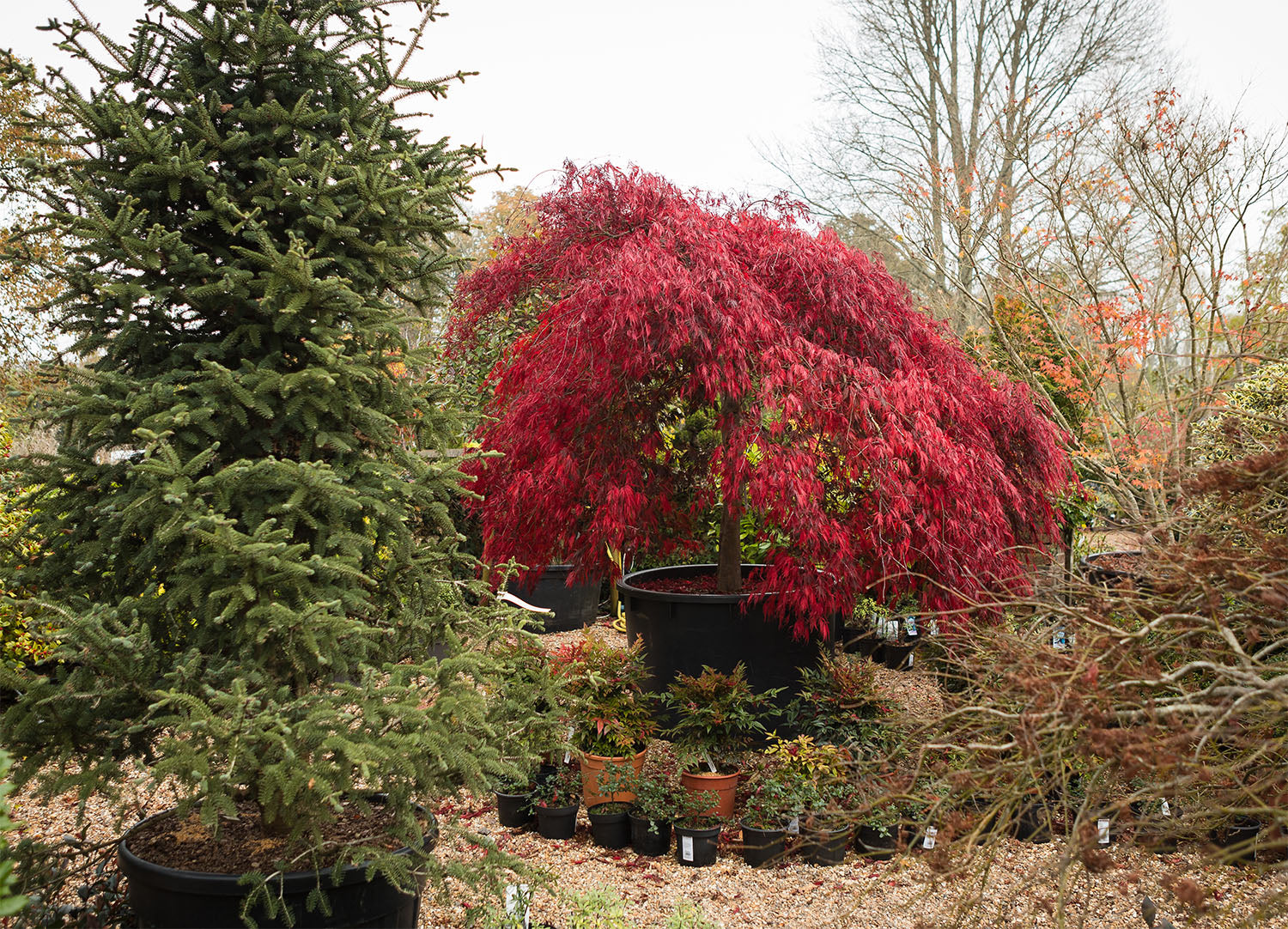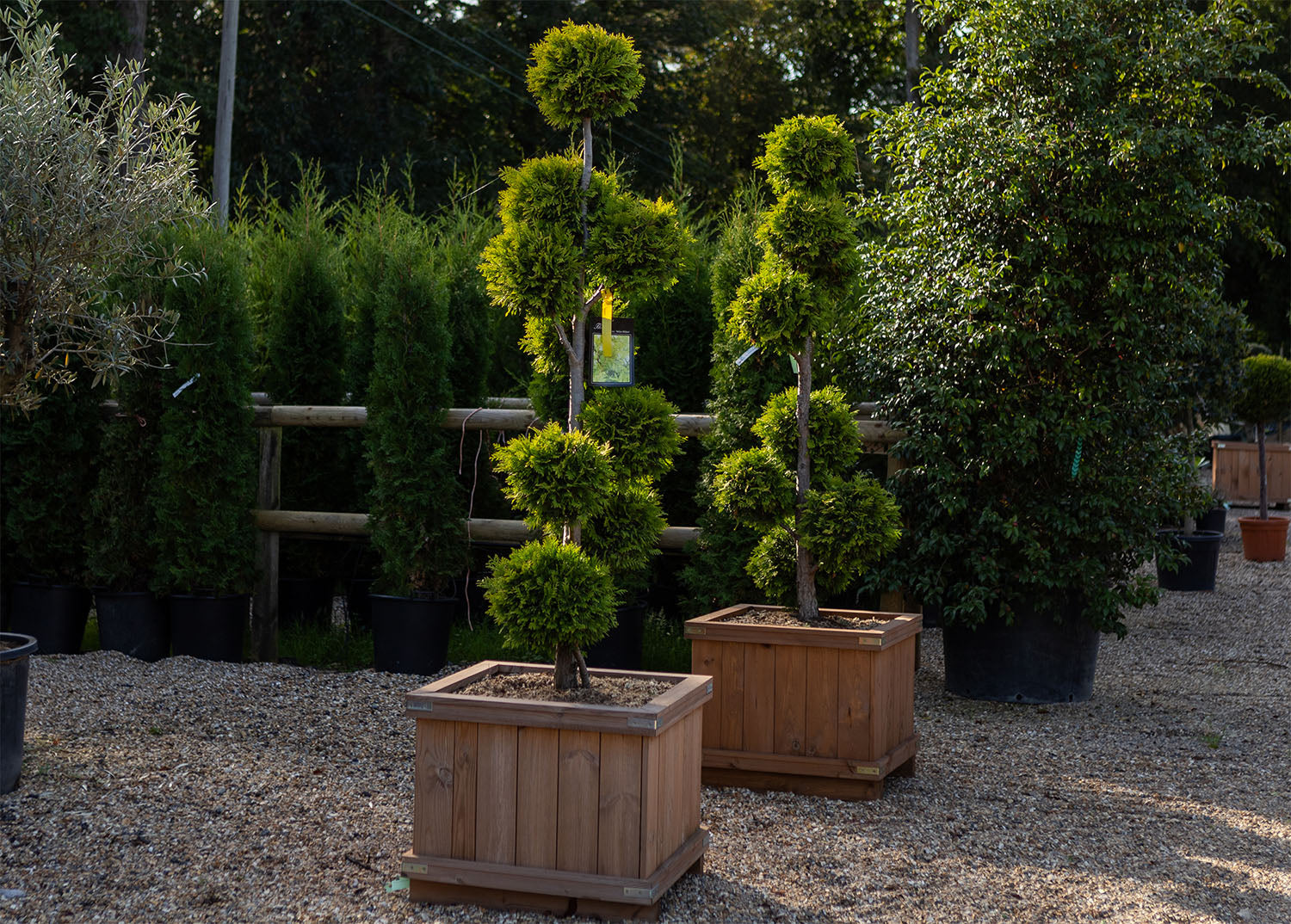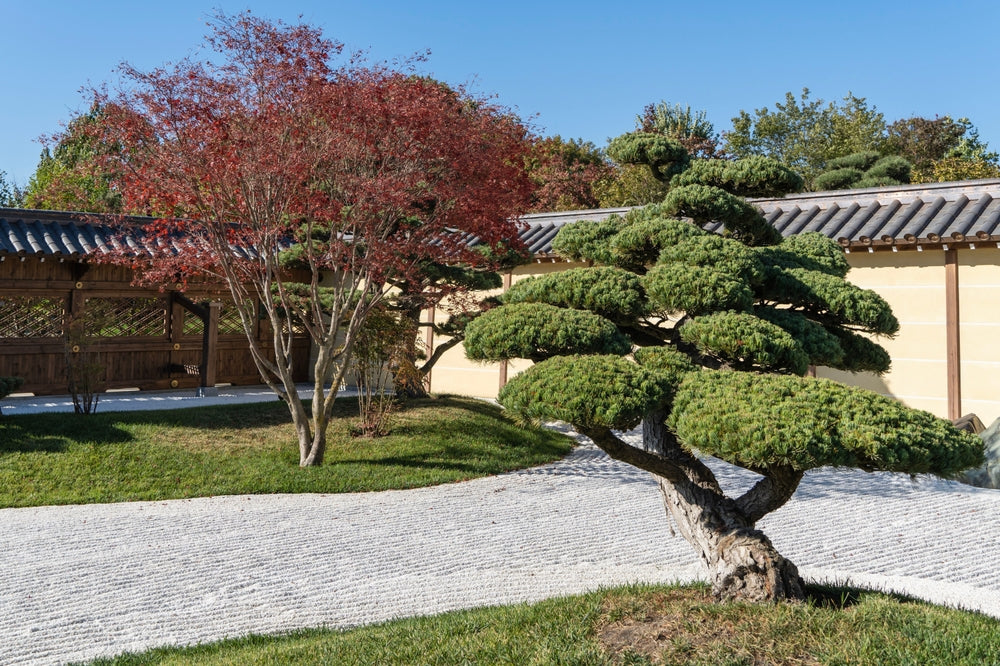trees

trees
Trees for Containers: Great Solution for Small Gardens and Patios
by Arundel Arboretum on Aug 04, 2025
Who says trees are only for big gardens? With the right container and some knowledge, you can enjoy vibrant foliage, beautiful blossoms, and even delicious fruit in the smallest outdoor spaces. Whether it’s a balcony, patio, or small garden, potted trees are an ideal way to add elegance, colour and beauty.To help you get started, we have prepared this simple guide to help you choose the best trees for pots and containers and show you how to care for them with ease and confidence.
And if you'd like to see what's possible, visit us at Arundel Arboretum in Chichester, West Sussex, or browse our online store. We offer a wide selection of container-friendly trees - from ornamental Japanese maples to fruitful apple and pear varieties. Our friendly team is always happy to offer expert advice, delivery, and planting support to help your garden thrive.
Why Grow Trees in Containers?
There are plenty of reasons why growing trees in pots is becoming increasingly popular. Here are some:• Perfect for small spacesNo garden? No problem. Potted trees are perfect for balconies, patios, courtyards, and small outdoor areas.• Ideal for rented homesNo permanent home? No problem. You can enjoy lush outdoor space without permanent planting and take all your trees with you when you leave.• Easier to maintainTricky soil? No problem. Growing trees in containers gives you more control over soil quality, drainage, and pruning, making it easier to create perfect conditions for healthy growth. • Simple to move aroundNo fixed layout? No problem. You can easily move them to sunnier spots, protect them from wind or frost, or rotate them to highlight seasonal colour, blossoms, or fruit.
How to Choose the Right Container Tree?
Not all trees thrive in pots so choosing the right one makes all the difference. Here’s what to keep in mind when picking the perfect tree for your patio, balcony, or small UK garden.• PurposeDo you want a tree for structure, colour, or fruit? Choose a type that matches your goal and your lifestyle.• Growth HabitSlow-growing, dwarf, or naturally compact trees are most suitable for growing in pots.Even though you can control size and shape of potted trees, some varieties simply don’t respond well to pruning and root trimming.• Final Size & ShapeTake into consideration the tree’s mature height, spread, and root system. Make sure it won’t outgrow the space or become top-heavy in its container.
The Best Trees to Grow in Containers in the UK
Here are some of the best varieties to grow in containers across the UK, grouped by their main features:
Architectural & Evergreen Container Trees
These trees add height, shape, and elegance to your outdoor space all year round. They are perfect for framing doorways, screening off neighbours, or giving patios an elegant look with very little care.• Italian CypressA tall, narrow, evergreen tree that can add a formal, Mediterranean feel to small UK gardens. It’s stunning, drought-tolerant and low-maintenance.• Olive TreeWell-known for its sculptural form with twisted trunk and silvery-green leaves. It brings timeless Mediterranean charm to UK patios and courtyards. Tough and drought-tolerant, it thrives in sunny, sheltered spots in southern UK gardens.• Dwarf Conifers & SpruceIdeal for pots and containers as they are naturally compact and slow-growing. A great choice for front doors and shaded corners
Ornamental & Flowering Container Trees
These trees bring colour, seasonal interest, and delicate beauty to small gardens, patios, and balconies. They can offer something special in every season and they are well-suited for growing in containers.• Japanese Maple (Acer palmatum)A very popular choice because of its elegant form and brilliant autumn colours that range from yellow and orange to red and purple, depending on the variety. Compact and slow-growing, it is ideal for sheltered patios or courtyards.• Juneberry (Amelanchier)A popular choice for UK gardens, thanks to its year-round appeal and low-maintenance nature. Starry white flowers bloom in spring and are followed by purple summer berries and vibrant orange-red autumn foliage.• Cornus Florida / Kousa DogwoodElegant and lovely, this tree is perfect for containers. It produces large, petal-like bracts in shades of white and pink in spring, which are followed by attractive red berries in summer and vibrant leaves in autumn.• Saucer Magnolia (Magnolia Soulangeana)One of the UK’s favourite flowering patio trees loved for its large, tulip-shaped, soft pink or creamy white flowers that bloom in early spring, before the leaves appear.• Crape Myrtle (Lagerstroemia)Compact, ornamental tree known for its attractive bark and lovely summer flowers in shades of pink, red, or white. It requires a warm, sheltered spot to thrive in most UK regions.• Witch Hazel (Hamamelis)A striking tree that offers fragrant flowers in late winter when little else blooms. Its rich autumn colours – golden yellow, copper, red, purple – are another excellent feature.
Fruiting & Edible Container Trees
Fruiting trees in containers don’t just look beautiful. They let you enjoy fresh home-grown fruit even in the smallest of spaces. Ideal for patios, courtyards, and compact UK gardens, especially in sheltered spots where they can truly thrive.• Crab Apple (Malus)A compact, ornamental tree with masses of white, pink, or red blossoms in spring, and small, edible, brightly coloured fruits in autumn that persist way into winter. It is hardy and well-suited to most UK regions.• Fig TreeOne of the best trees for growing in containers in the UK. Its leaves provide lush, tropical feel and its fruits are sweet and tasty. It naturally prefers root restriction, which makes it a perfect tree for growing in pots.• Bay (Laurus nobilis)A beautiful evergreen tree with fragrant, aromatic leaves. It’s tough, low-maintenance, and perfect for pots. Excellent culinary tree for patios and courtyard gardens across the UK.• Apple & Pear (patio/dwarf varieties)These dwarf varieties are grafted onto special rootstocks (M26 or M106) to keep their size manageable while still bearing full-sized apples and pears. Choose self-fertile or pair varieties for the best crop.
Exotic & Unusual Container Trees
• Musaceae (Banana Tree)With its huge, tropical-style leaves, this tree brings exotic feel to UK patios and courtyards. It is fast-growing and eye-catching and makes a fantastic summer feature. It thrives best in warm, sheltered spots and requires regular watering to stay lush.
How to Choose the Right Pot for Container Trees?
The right container can make all the difference to your tree’s health and growth. Here’s what to consider when choosing the best pots for trees in UK gardens.• Size & DrainagePick a container that’s large enough for root growth and has good drainage holes.• MaterialTerracotta is breathable and looks great but can dry out quickly. Plastic pots retains moisture better, and are easier to move. Fibreglass and ceramic are durable and offer better insulation in cold weather.• ColourLight-coloured pots stay cooler in full sun, while darker pots absorb heat which can stress the roots when it’s very hot.• Mobility Consider using pot feet or a wheeled base to help with drainage and make heavy pots easier to move.
Container Tree Setup & Maintenance UK
Proper setup is essential for keeping your container tree healthy for years to come. Follow these simple steps to ensure your trees thrive in pots year-round.
Choose the Right Soil
• Use the Right Potting MixUse a high-quality compost made for trees or shrubs. For potted trees in the UK, a loam-based compost like John Innes No. 3 works great. However, acid-loving trees such as Amelanchier need John Innes Ericaceous compost.• Check DrainageYour container must have enough drainage holes prevent root rot, a common issue in UK’s damp climate.• Repot or Refresh SoilOver time, soil loses nutrients and becomes compacted. So, refresh the top 5–10 cm of compost every year, and fully repot your tree every 2–3 years.
Watering & Feeding
• WateringSoil in containers dry out faster, especially in warm and windy weather. Therefore, water regularly and deeply to ensure moisture reaches the entire root system.• FeedingNutrients in the compost get used faster in containers so it is essential to regularly feed your potted tree. Use slow-release fertilizers in spring and liquid feed during the season.
Prune for Health & Shape
Pruning helps control the shape, canopy growth, root size, and overall potted tree health.• How to prune the canopy?The best time to prune depends on the tree species. First remove dead, damaged, and diseased branches. Then, thin out crowded areas and trim to maintain shape and good airflow. • How to prune the roots?Every 2-3 years, gently remove the tree from the pot and trim back up to one-third of the root ball. Then, replant with fresh compost.
Winter Care for Potted Trees
Potted trees are more vulnerable to cold weather than those planted in the ground. UK winters can damage roots or cause waterlogging, so take a few simple steps to protect your container trees.o Protect roots from freezingWrap containers with bubble wrap, fleece, or hessian, or place them inside larger pots lined with insulating material. This is especially important in northern or exposed UK gardens.• Move tender trees to shelterFor trees that aren’t fully hardy, like olive, fig, or citrus, move pots into a greenhouse, shed, or close to a house wall for extra warmth and protection. South-facing walls work best to shield from frost.• Raise pots off the groundUse pot feet or bricks to lift containers slightly and prevent the pot sitting on frozen ground. Also to avoid waterlogging, which can lead to root rot.
Positioning
Where you place your container tree is equally important. Use this simple light guide to find the best spot for your potted tree in a UK garden.• Full Sun Lovers:o Olive, Fig, Banana (Musaceae), Italian Cypress, Lagerstroemiao They need a warm, sunny spot, ideally south or west-facing in the UK.• Part Shade Friendly:o Maple, Cornus, Magnolia, Amelanchiero Great for patios with morning or filtered afternoon sun.• Shade Tolerant:o Bay, Witch Hazel, Coniferso Ideal for north-facing patios or shaded courtyards.
Final Thoughts
Container trees require a bit of extra attention compared to those planted in the ground, but the rewards are well worth it. They can completely transform small spaces and turn patios, balconies, and courtyards into beautiful, peaceful outdoor retreats.
Ready to get started? Visit us at Arundel Arboretum in Chichester, West Sussex, or explore our online store to find the perfect tree for your container garden. We offer a wide variety of trees suitable for growing in pots and containers, from elegant ornamentals to hardy evergreens, all ideal for UK gardens and outdoor spaces.
When it comes to fruit trees, we stock a premium selection of dwarf and ultra-dwarf fruit trees, specially grafted for container growing. Discover how a single tree can transform your space and bring a little joy to your everyday!
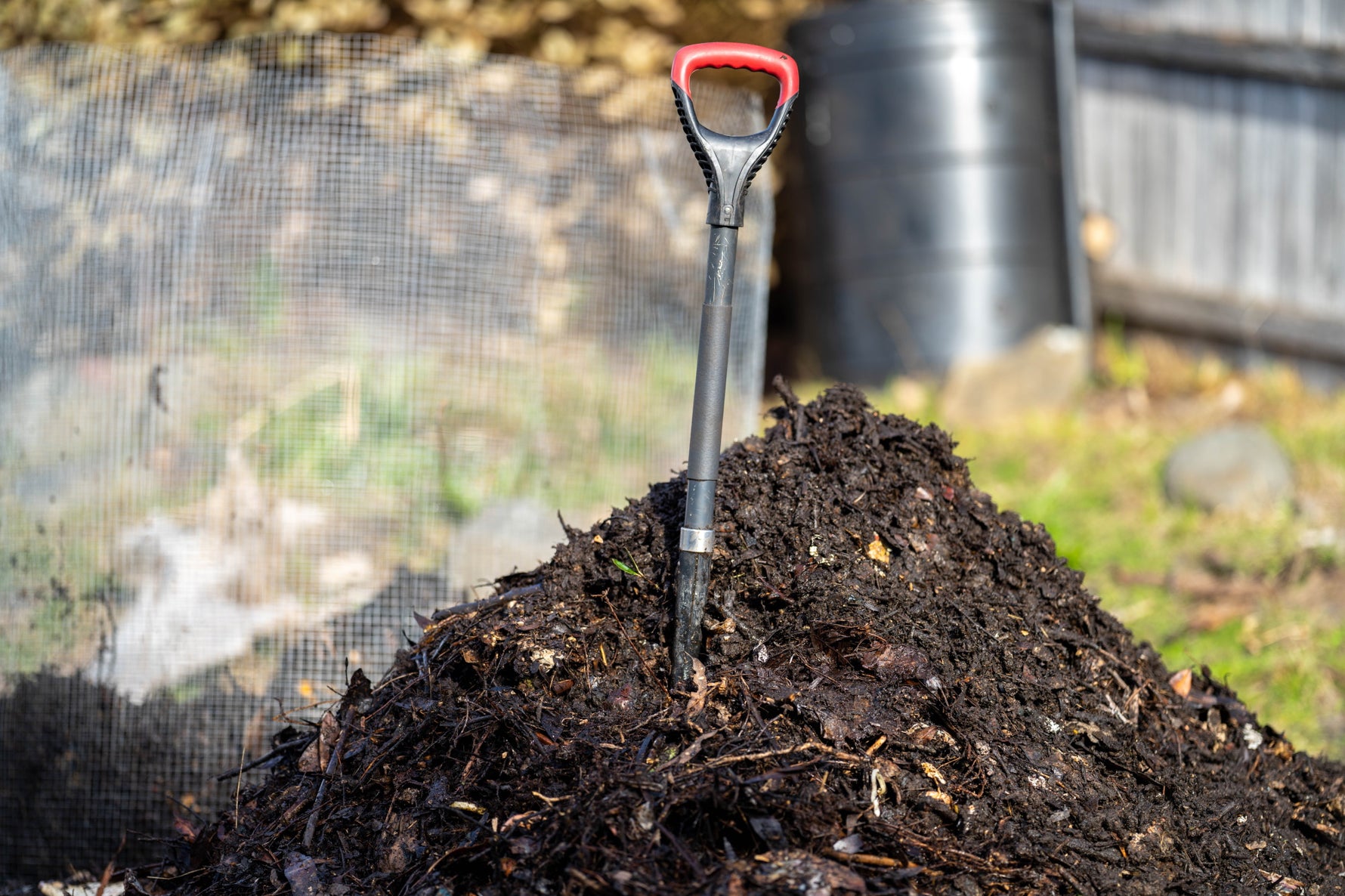
trees
by Arundel Arboretum on Sep 18, 2023
Ericaceous compost is a type of specialized compost that is formulated for plants that thrive in acid soils. The term "ericaceous" originates from the botanical family Ericaceae, which includes plants like rhododendrons, azaleas, camellias, and heathers, all of which prefer acidic growing conditions.
Here's what you need to know about ericaceous compost:
pH Level: The primary characteristic of ericaceous compost is its low pH level, usually within the range of 4.5 to 6.0. This makes it suitable for acid-loving plants.
Content: Ericaceous compost typically doesn't contain any lime, which is often added to standard composts to raise the pH. Instead, it may contain ingredients like peat or coir, which are naturally acidic.
Benefits: For plants that thrive in acidic soils, ericaceous compost provides the right pH environment for nutrient uptake. Many essential nutrients become less available to plants in alkaline conditions, so using the right type of compost is crucial for the health of these plants.
Limitation: It's important to note that ericaceous compost isn't suitable for all plants. If used for plants that prefer neutral to alkaline soils, it can hinder their growth and overall health.
Alternative to Peat: Due to environmental concerns related to the extraction of peat from peat bogs, there has been a push to use alternatives. Coir (coconut fiber) is one such alternative that's being used in some ericaceous composts. Other organic matter like composted bark or composted bracken can also be used.
Regular Monitoring: If you're growing acid-loving plants in pots or containers, it's a good idea to periodically test the pH of the compost. Over time, the pH can change, especially if you're using tap water for irrigation, as it's often alkaline.
If you're looking to grow acid-loving plants, using ericaceous compost is an excellent way to provide them with the best growing conditions, especially if your native soil isn't naturally acidic.
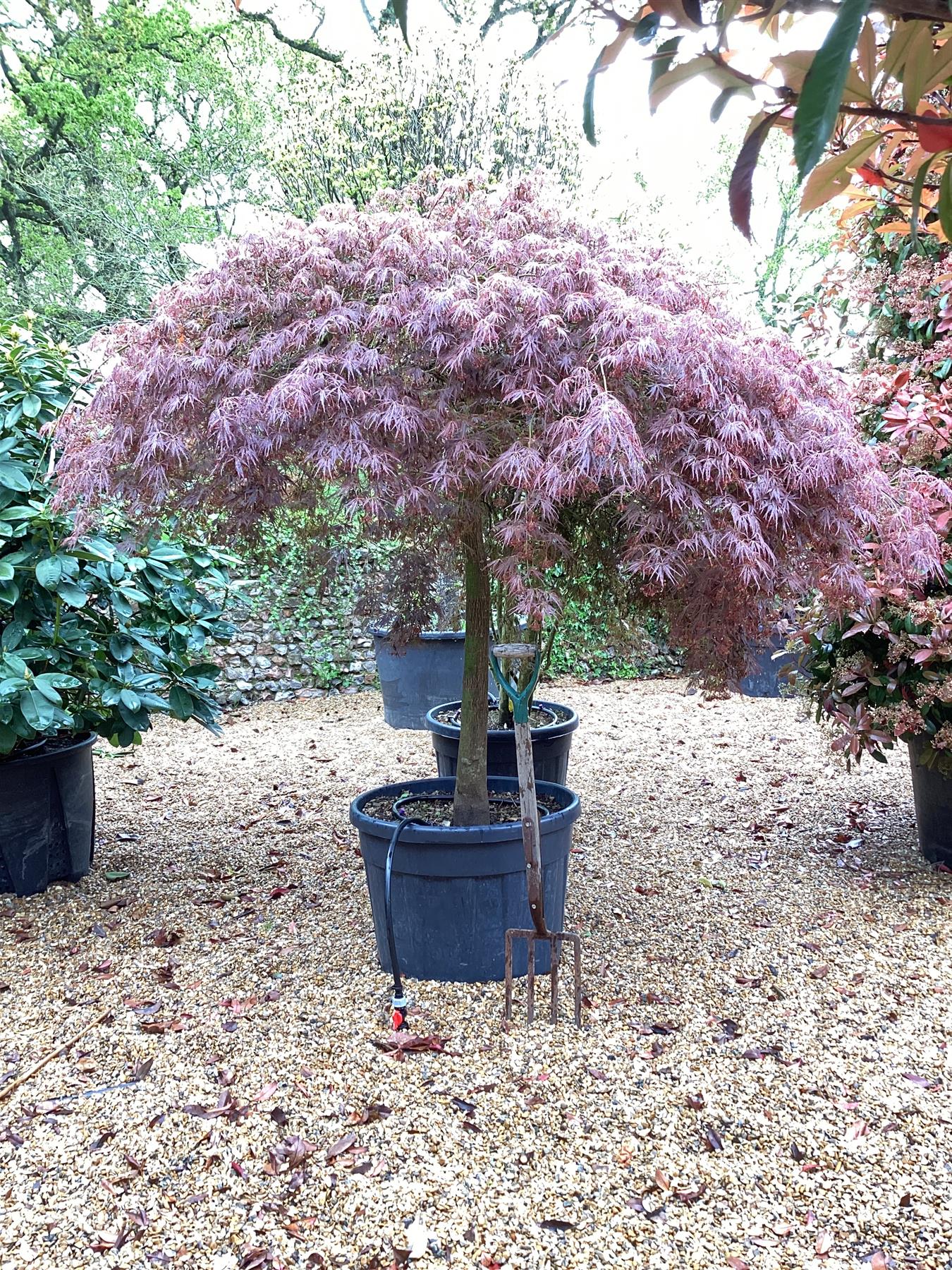
trees
What soil or compost is best suited for Japanese Maple | Acer Palmatum
by Arundel Arboretum on Sep 18, 2023
Acer palmatum, commonly known as the Japanese Maple, is a beautiful tree known for its delicate leaves and brilliant fall colors. When planting or potting a Japanese Maple, it's important to provide it with the right growing medium to ensure its healthy growth.
For Acer palmatum, the ideal compost should offer the following characteristics:
Well-Draining: Japanese Maples don’t like to sit in waterlogged soil. Ensure the compost provides good drainage.
Acidic to Neutral pH: Acer palmatum prefers slightly acidic to neutral pH levels. Ericaceous compost, which is formulated for acid-loving plants, can be suitable. However, pure ericaceous compost might be too acidic. A mix of ericaceous compost with a general-purpose compost can be used to achieve a slightly acidic to neutral pH.
Organic-Rich: A compost rich in organic matter will support the tree's growth by providing necessary nutrients and improving soil structure. This can be achieved by adding well-decomposed leaf mold, composted bark, or well-rotted compost to the mix.
Mulching: After planting, consider adding a layer of mulch on top. This helps retain moisture, regulate soil temperature, and suppress weeds. Ensure the mulch doesn’t touch the tree's trunk to prevent rot.
Potted Trees: If you're growing the Acer palmatum in a container, ensure the compost is especially well-draining. You might want to incorporate some perlite or grit into the compost to enhance drainage.
Regular Monitoring: While Japanese Maples aren't overly demanding, it's a good idea to keep an eye on the moisture levels, especially in containers. Ensure the tree gets regular but not excessive water, letting the top layer of soil dry out slightly between waterings.
In summary, a well-draining, slightly acidic to neutral, and organic-rich compost is best suited for Acer palmatum. Depending on your local soil conditions, you may need to amend your garden soil with appropriate compost or potting mix if you're planting your Japanese Maple in the ground.

trees
Acer palmatum / Japanese Maples
by Arundel Arboretum on Dec 12, 2022
Acer palmatum ‘Japanese Sunrise’
Acer palmatum ‘Japanese Sunrise’ is a deciduous Japanese maple. In spring its leaves are green, which turn darker during the summer, turning golden yellow in the autumn. Depending upon the age of the plant and the time of year, it can have a spectacular bright red bark. Acer palmatum ‘Japanese Sunrise’ should be planted in partial shade, in moist, well-drained soil. It has an eventual height and spread of 0.5m.
Acer palmatum / Japanese Maple
Acer palmatum is a small slow growing, deciduous Japanese maple, which can be grown as a shrub or small tree. The delicate foliage of Acer palmatum is small, five-lobed and deep green in the spring. These turn a stunning red in the autumn. It has an overall height of between 6-10 metres. Acer palmatum requires well-drained soil with an acidic pH, which will enhance the autumn colours. It can be grown in a semi-shaded position, as too much sun will scorch its fragile foliage.
Acer palmatum ‘Beni Otake’
Acer palamtum ‘Beni Otake’ is an attractive, upright Acer. It has red foliage which is long and linear in shape, similar to bamboo. The red\crimson foliage will last from spring until autumn. Acer palmatum ‘Beni Otake’ will eventual grow to approximately 2.5m. It can withstand sun and partial shade positions.
Acer palmatum ‘Bloodgood’
Acer palmatum ‘Bloodgood’ is a deciduous upright Acer. It has stunning interest from spring through to the autumn. The foliage in the spring is a superb rich red\purple, which will be evident through the summer. The deeply lobed leaves turn a fiery crimson\blood red in the autumn. Acer palmatum ‘Bloodgood’ prefers a slightly sheltered position. Its eventual height is 4.5m
Acer palmatum ‘Burgundy Lace’
Acer palmatum ‘Burgundy Lace’ is a deciduous Japanese maple. It has red\purple foliage in the spring and summer, which turns scarlet in the autumn. Acer palmatum ‘Burgundy Lace’ is a medium sized tree with an eventual height of 4m. It prefers a partial shade position as full sun can scorch the leaves.
Acer palmatum ‘Chishio’
Acer palmatum ‘Chishio’ is a dwarf Japanese maple with variegated foliage. The small five-lobed leaves are crimson in the spring. They turn emerald green in the summer. Acer palmatum ‘Chishio’ leaves turn orange\red in the autumn. Acer palmatum ‘Chishio’ has an eventual height of 1.5m.
Acer palmatum ‘Fireglow’
Acer palmatum ‘Fireglow’ is an upright Japanese Maple. It has red foliage in the spring and summer which turns crimson in the autumn. Acer palmatum ‘Fireglow’ has an eventual height of 3.5m
Acer palmatum ‘Katsura’
Acer palmatum ‘Katsura’ is a deciduous Japanese maple, with an upright growth habit. Its 5-7 lobed leaves are yellow-orange with pink tinged edges in the spring, green in the summer, turning bright yellow-orange in the autumn. Acer palmatum ‘Katsura’ prefer a partial shade position, as full sun and lack of moisture can cause leaf scorch. They should be planted in a sheltered spot, with moist, well-drained soil. Acer palmatum ‘Katsura’ has an ultimate height and spread of 2.5-4m.
Acer palmatum ‘O Kagami’
Acer palmatum ‘O Kagami’ is a small, deciduous upright Japanese maple. It is densely branched. It has deeply divided lobed leaves. Acer palmatum ‘O Kagami’ leaves appear purplish-red in spring. They turn a glossy deep red\black with green tones during the summer. The leaves become scarlet red in autumn. It prefers a rich, well drained soil. Acer palmatum ‘O Kagami’ can be positioned in a sunny or sheltered position. It has an eventual height of 5m.
Acer palmatum ‘Orange Dream’
Acer palmatum ‘Orange Dream’ is a medium sized, bushy deciduous Japanese maple with an upright growth habit. It has golden yellow foliage in the spring, which turns yellow\green during the summer months. During the autumn, it will turn a spectacular orange\gold. Its bark is bright green. Reddish-purple flowers may be followed by red fruits. This Acer can be planted in full sun or partial shade in a sheltered position. Acer palmatum ‘Orange Dream’ has an eventual height of 5m, and prefers a moist well-drained soil.
Acer palmatum ‘Red Emperor’
Acer palmatum ‘Red Emperor’ is a deciduous Japanese maple with a fast, upright growth habit. It has red foliage during the spring and summer, before turning crimson red in the autumn. It can be planted in full sun or partial shade in a sheltered position. Acer palmatum ‘Red Emperor’ has an eventual height of 5m, and should be planted in a moist, well-drained soil.
Acer palmatum ‘Red Pygmy’
Acer palmatum ‘Red Pygmy’ is a deciduous Japanese maple with an upright growth habit. It is slow growing and produces small purple flowers in springtime. The foliage divide into 7 lobes. In spring and summer the foliage is red, before turning crimson in the autumn. It can be planted in full sun or partial shade in a sheltered position. Acer palmatum ‘Red Pygmy’ has an eventual height of 3.5m, and should be planted in a moist, well-drained soil.
Acer palmatum ‘Shaina’
Acer palmatum ‘Shaina’ is a deciduous Japanese maple with a compact growth habit. Its bright red foliage in spring turns dark red during the summer. It becomes bright crimson in the autumn. It can be planted in full sun or partial shade in a sheltered position. Acer palmatum ‘Shaina’ has an eventual height of 3m, and should be planted in a moist, well-drained soil.
Acer palmatum ‘Shin deshojo’
Acer palmatum ‘Shin deshojo’ is an upright Japanese maple with variegated foliage. The lobed shaped foliage opens crimson-scarlet in the spring, becoming green\red in the sum before turning a cascade of stunning red-orange in the autumn. Acer palmatum ‘Shin deshojo’ has an eventual height of 3m. It will grow in moist well-drained soil in a sunny position, but must be sheltered.
Acer palmatum ‘Skeeter’s Broom’
Acer palmatum ‘Skeeter’s Broom’ is a slow growing deciduous Japanese maple. It has an upright, compact growth habit. The deeply lobed leaves are red maroon during the spring and summer. It turns bright red in the autumn. Acer palmatum ‘Skeeter’s Broom’ can be grown in full sun or partial shade, in a sheltered position. It has an eventual height of 2.5m, and should be planted in a moist, well-drained soil.
Acer palmatum ‘Trompenburg’
Acer palmatum ‘Trompenburg’ is a deciduous upright Japanese maple. It can be grown as a tree or small shrub. The seven lobed foliage is deep purple red during the spring and summer months. This turns to crimson in the autumn. It can be planted in full sun or partial shade in a sheltered position. Acer palmatum ‘Trompenburg’ has an eventual height of 7m, and should be planted in a moist, well-drained soil.
Acer palmatum ‘Villa Taranto’
Acer palmatum ‘Villa Taranto’ is an upright, deciduous Japanese maple. The foliage is split into 5 narrow lobes. This is orange-crimson in the spring, turning a reddish green during the summer. The foliage turns yellow-gold in the autumn. It can be planted in full sun or partial shade in a sheltered position. Acer palmatum ‘Villa Taranto’ has an eventual height of 3m, and should be planted in a moist, well-drained soil.
Acer palmatum dissectum ‘Baldsmith’
Acer palmatum dissectum ‘Baldsmith’ is a pendulous, slow growing deciduous Japanese maple. During spring the delicate foliage is orange-red. This changes to bronze-red during the summer. It turns a stunning scarlet in the autumn. This Acer can be planted in full sun or partial shade in a sheltered position. Acer palmatum dissectum ‘Baldsmith’ has an eventual height of 3m, and should be planted in a moist, well-drained soil.
Acer palmatum dissectum ‘Crimson Princess’
Acer palmatum dissectum ‘Crimson Princess’ is a deciduous Japanese maple. It has an upright form with slightly weeping branches. The lace-like dissected foliage is red in the spring. This turns bronze during the summer months, before turning a stunning bright scarlet in the autumn. Acer palmatum dissectum ‘Crimson Princess’ has an eventual height of 3m, and should be planted in a moist, well-drained soil.
Acer palmatum dissectum ‘Crimson Queen’
Acer palmatum dissectum ‘Crimson Queen’ is a medium sized deciduous Japanese shrub, with a weeping\arching habit. Its delicate, feathery leaves consist of 7-9 deeply cut lobes. These appear reddish-purple in the spring. It holds its colour during the summer months, although some fading can happen. In the autumn, Acer palmatum dissectum ‘Crimson Queen’ appears a stunning crimson red. It also produces small purple flowers and fruits. Its eventual height and spread is 1.5 – 2.5m
Acer palmatum dissectum ‘Seiryu’
Acer palmatum dissectum ‘Seiryu’ is a deciduous Japanese maple with an upright growth habit. It can be grown as a large shrub or small tree. During the spring and summer its dissected foliage is bright green. This turns a gold crimson in the autumn. It can be planted in full sun or partial shade, in a sheltered position. Acer palmatum dissectum ‘Seiryu’ has an eventual height of 6m, and should be planted in a moist, well-drained soil.
Acer palmatum dissectum ‘Stella Rossa’
Acer palmatum dissectum ‘Stella Rossa’ is a deciduous Japanese maple with a weeping growth habit. During the spring its lace-like foliage is pink\red. This turns purple in the summer before becoming bright red in the autumn. It can be planted in full sun or partial shade in a sheltered position. Acer palmatum dissectum ‘Stella Rosssa’ has an eventual height of 3m, and should be planted in a moist, well-drained soil.
Acer palmatum dissectum ‘Tamuke yama’
Acer palmatum dissectum ‘Tamuke yama’ is a deciduous Japanese maple. It is usually grown as a small tree and has a spreading and weeping growth form. The cascading foliage is a deep crimson in the spring. This turns purple\red in the summer, before turning a fiery scarlet in the autumn. It should be planted in partial shade in a sheltered position. Acer palmatum dissectum ‘Tamuke yama’ has an eventual height of 4m, and should be planted in a moist, well-drained soil.
Acer palmatum dissectum ‘Toyama nishiki’
Acer palmatum dissectum ‘Toyama nishiki’ is a deciduous Japanese maple. It has a weeping growth habit. The variegated foliage is green\bronze in the spring and summer. This turns crimson in the autumn. Plant in partial shade in an sheltered position. Acer palmatum dissectum ‘Toyama nishiki’ has an eventual height of 3m, and should be planted in a moist, well-drained soil.
Acer palmatum dissectum ‘Viridis’
Acer palmatum dissectum ‘Viridis’ is a weeping Japanese maple. The foliage is deeply dissected and lace-like. During the spring and summer, the foliage is bright green. This turns a gold\crimson during the autumn. It should be planted in a sheltered, shady position. Acer palmatum dissectum ‘Viridis’ has an eventual height of 3m.



